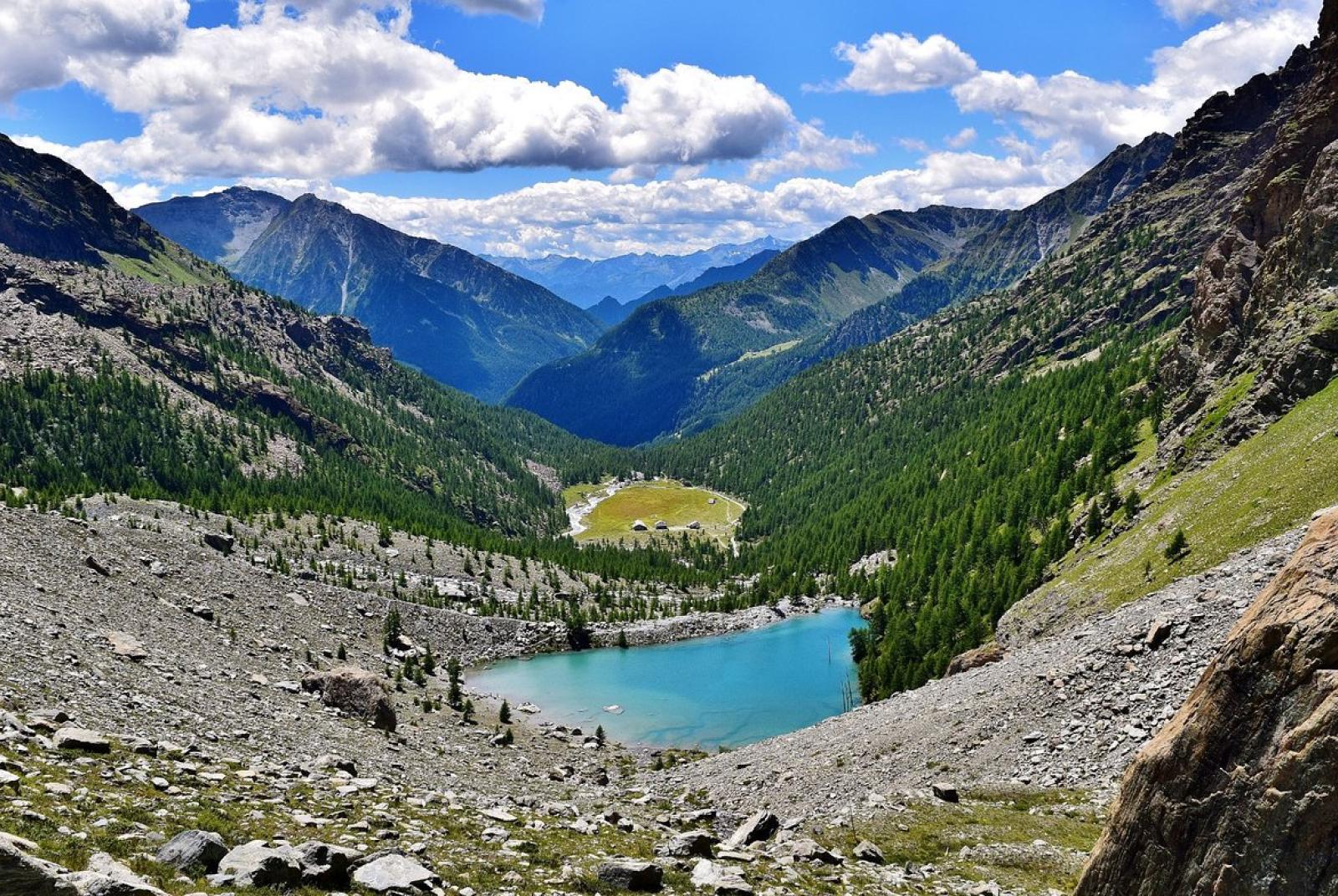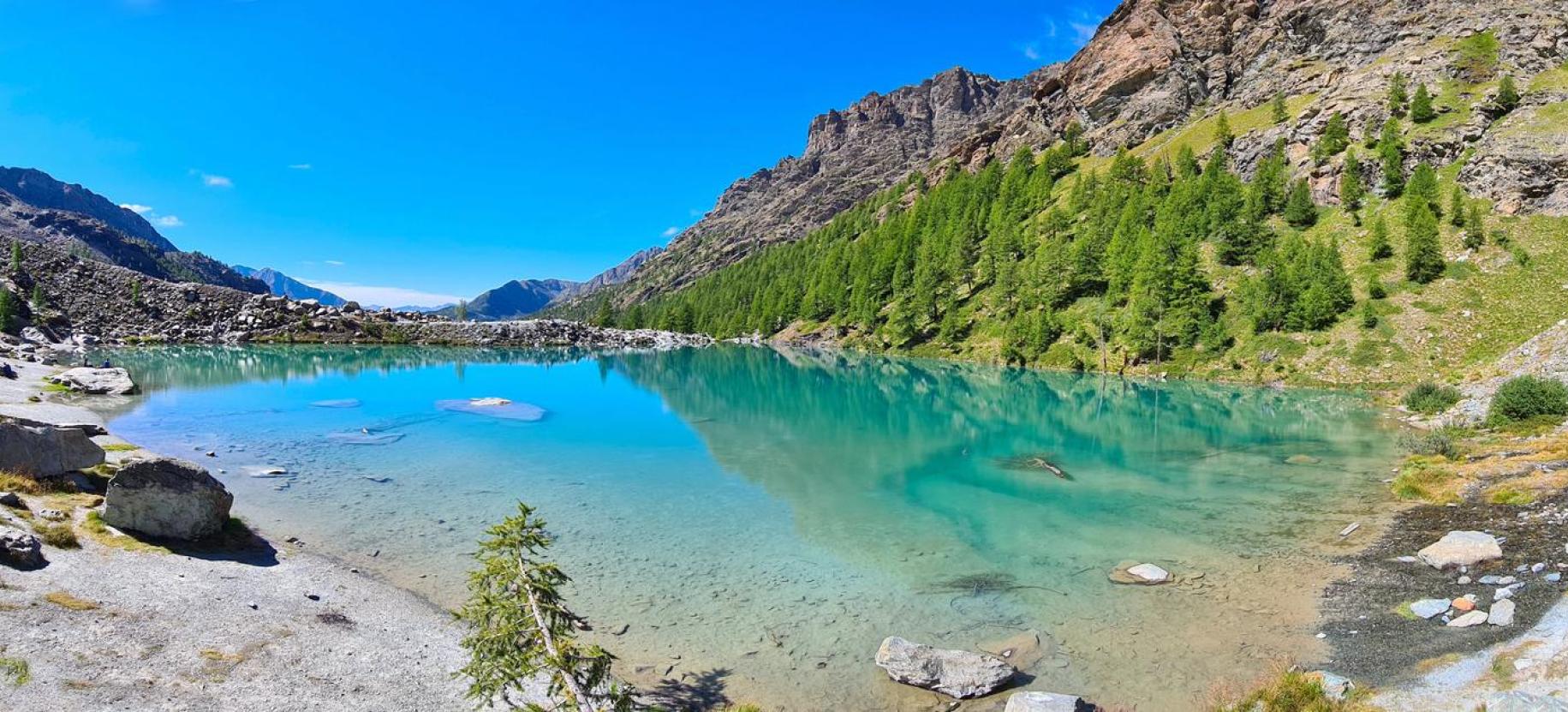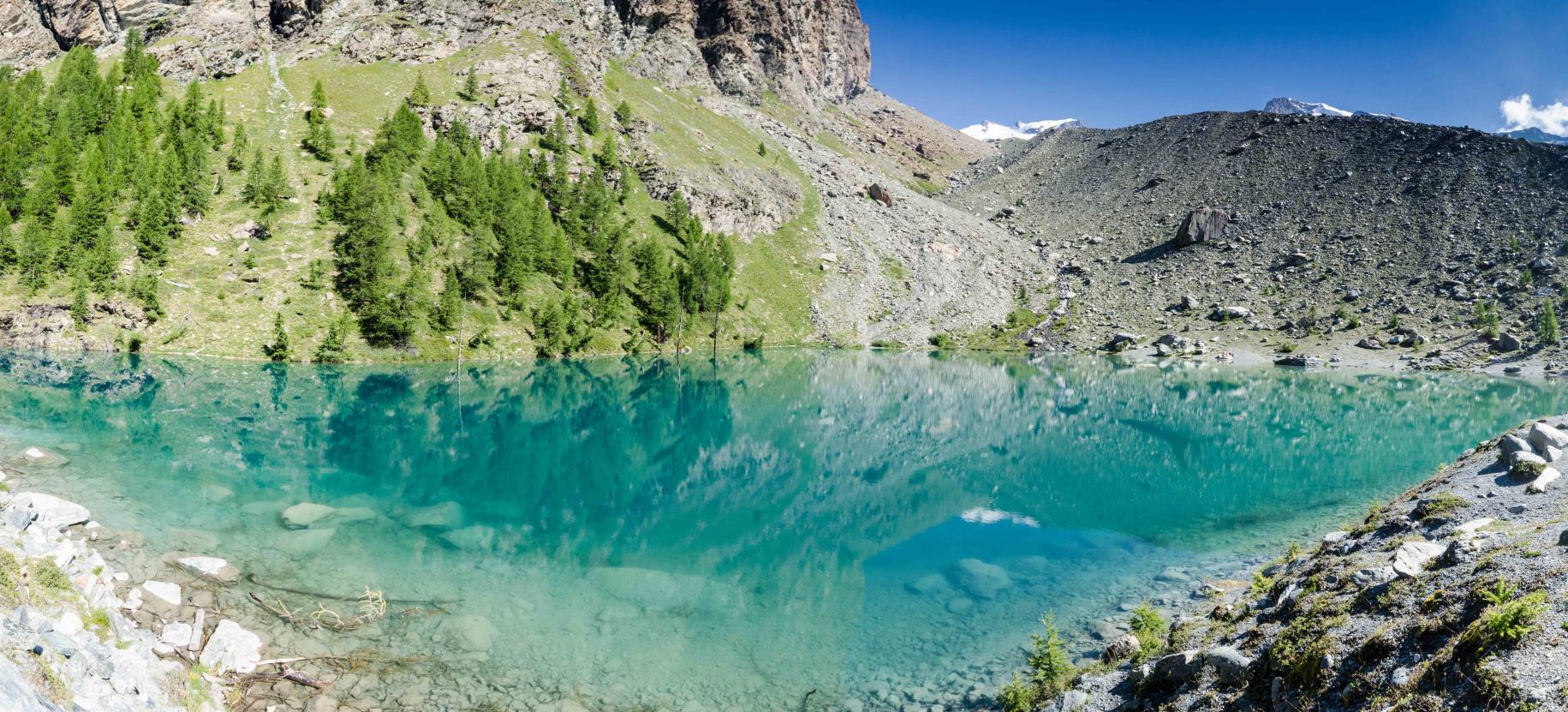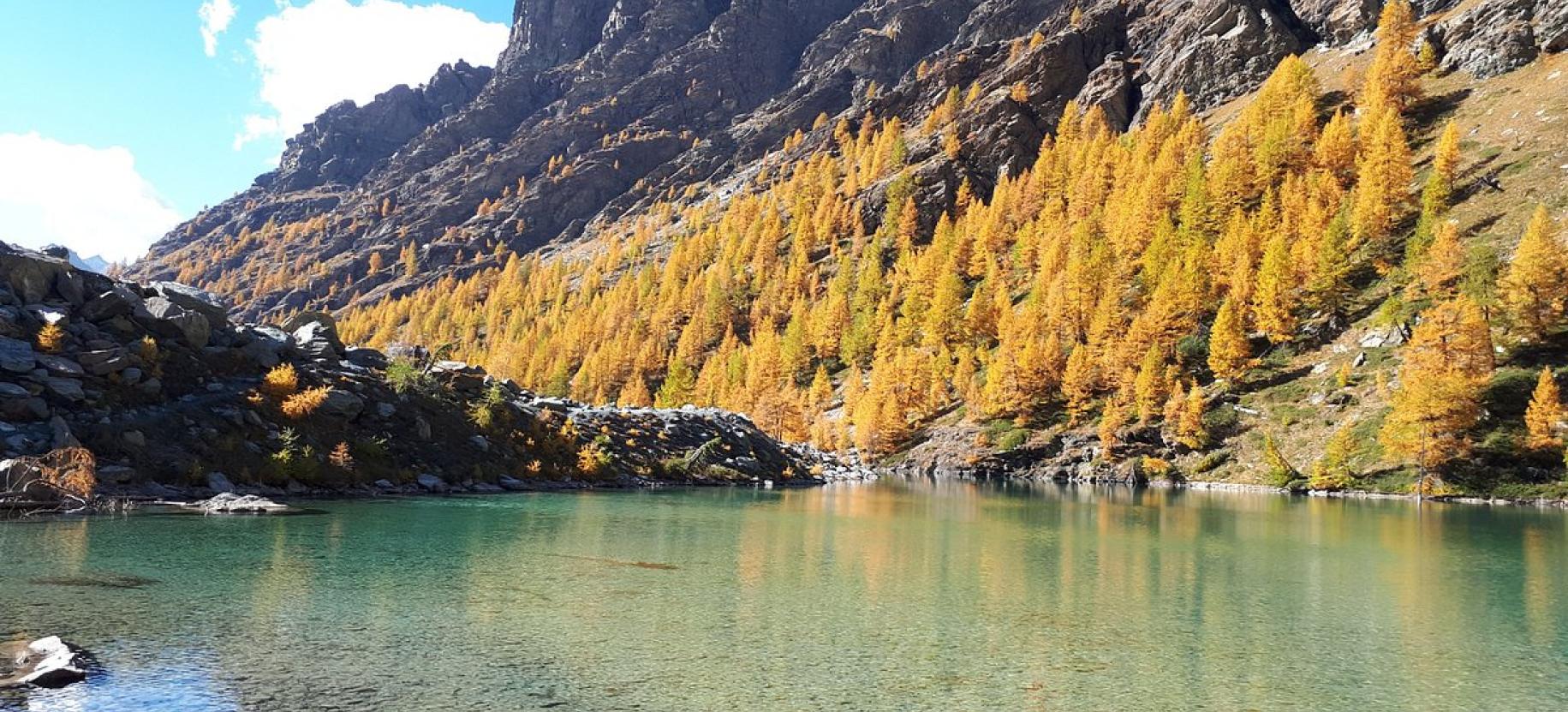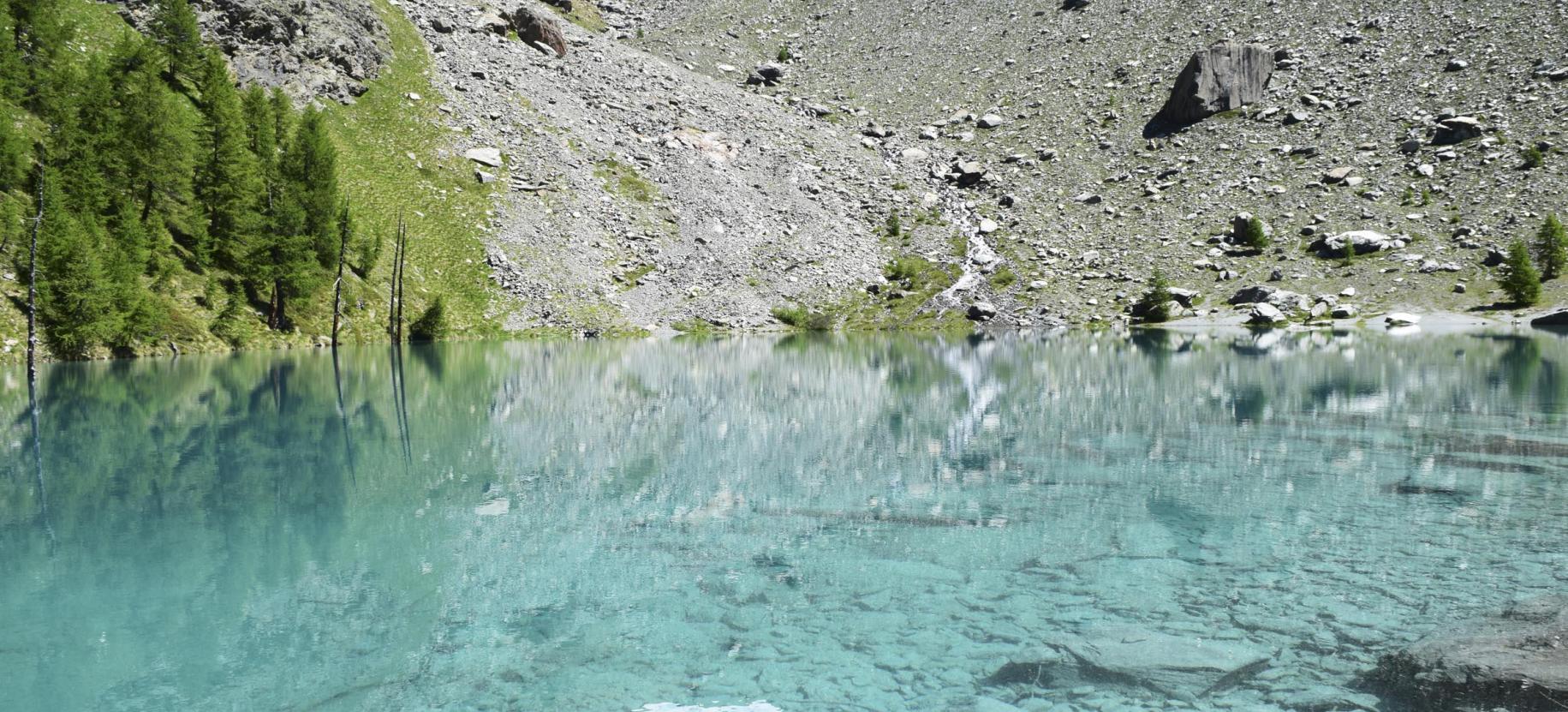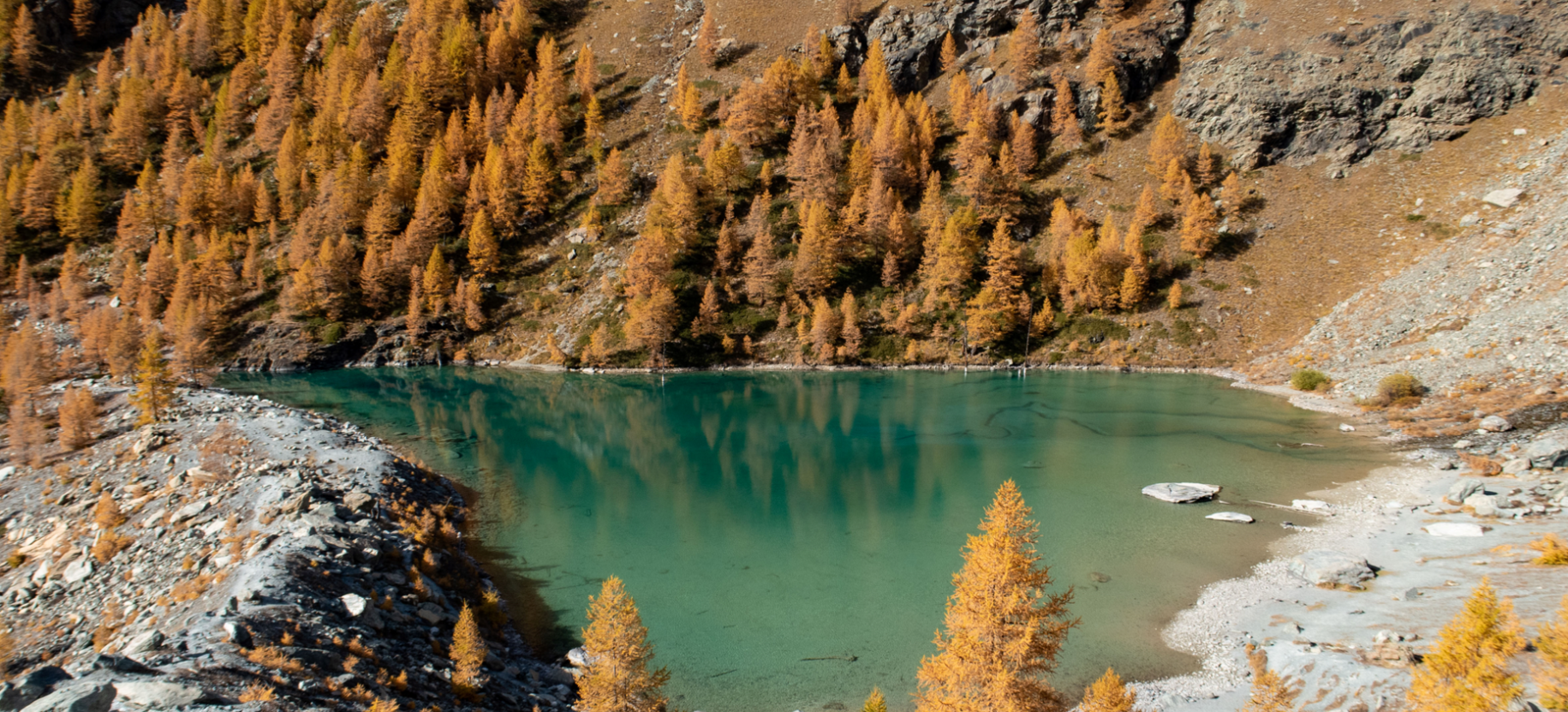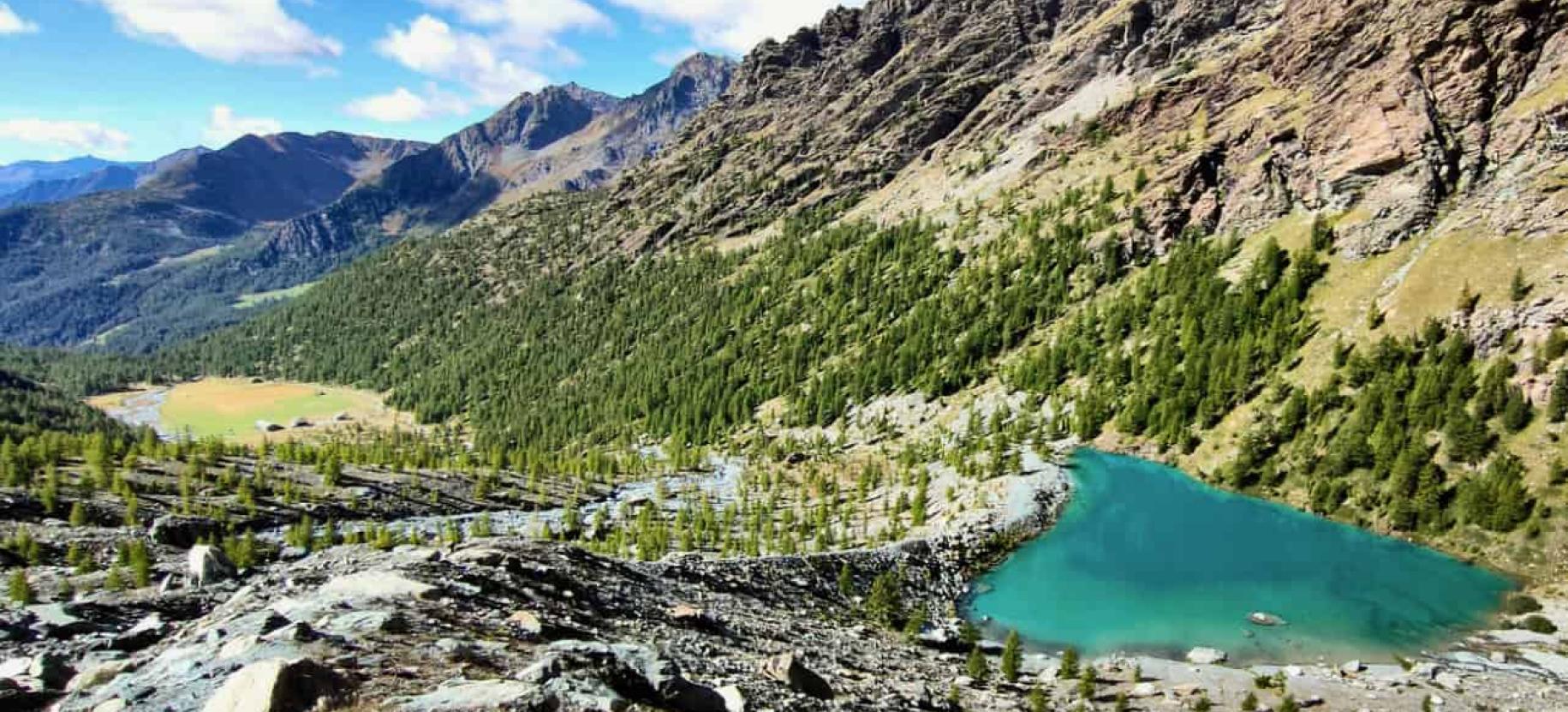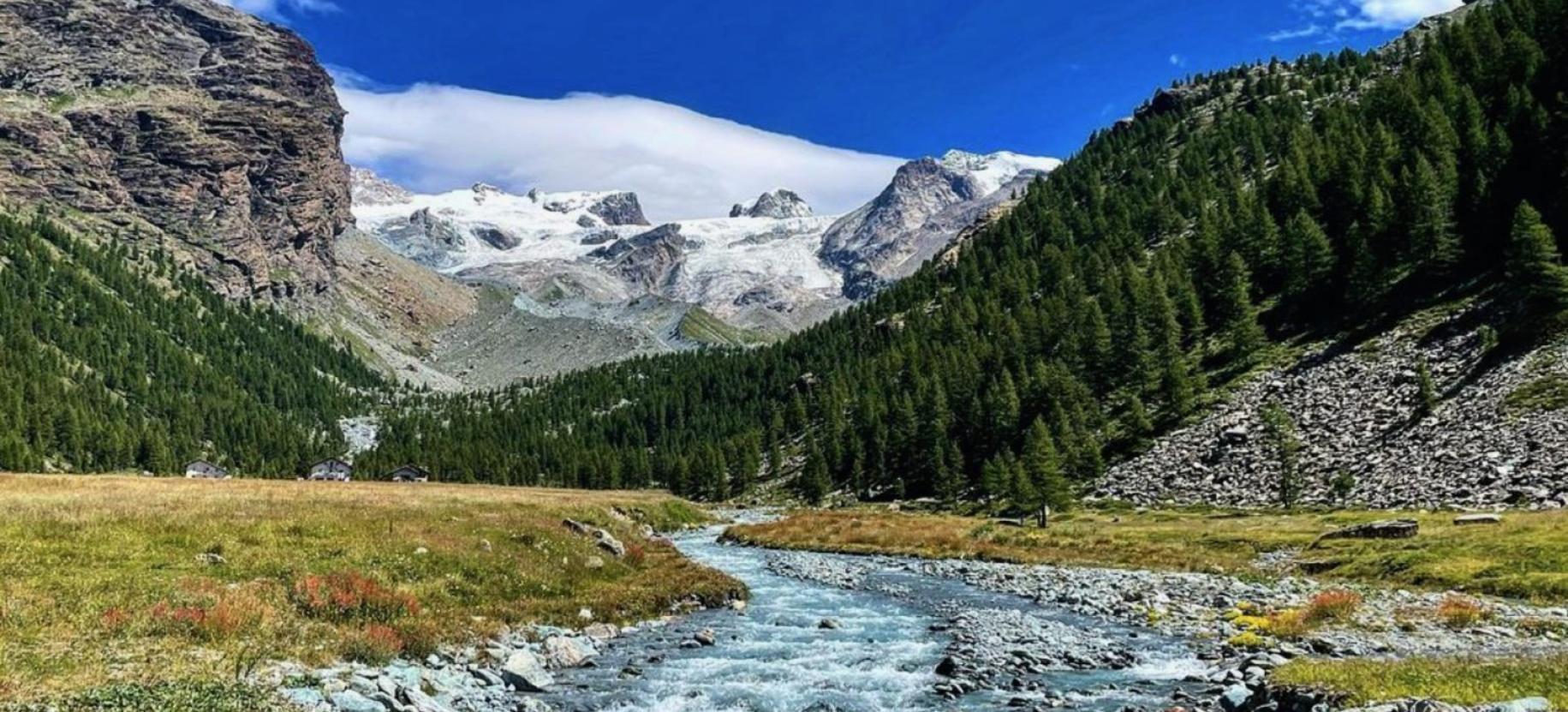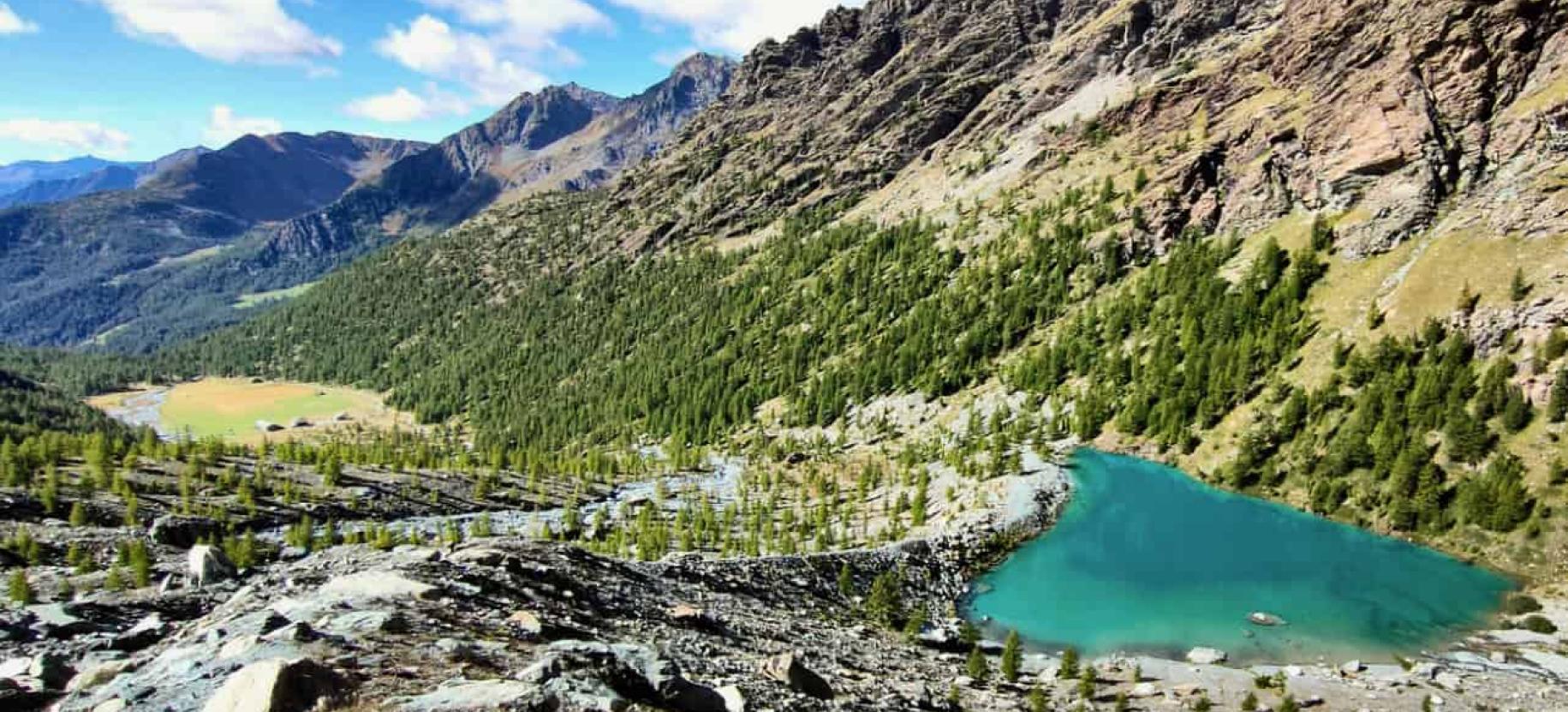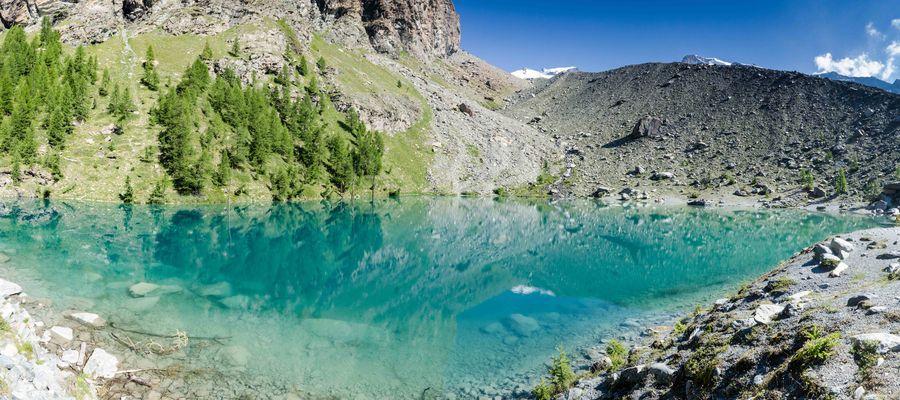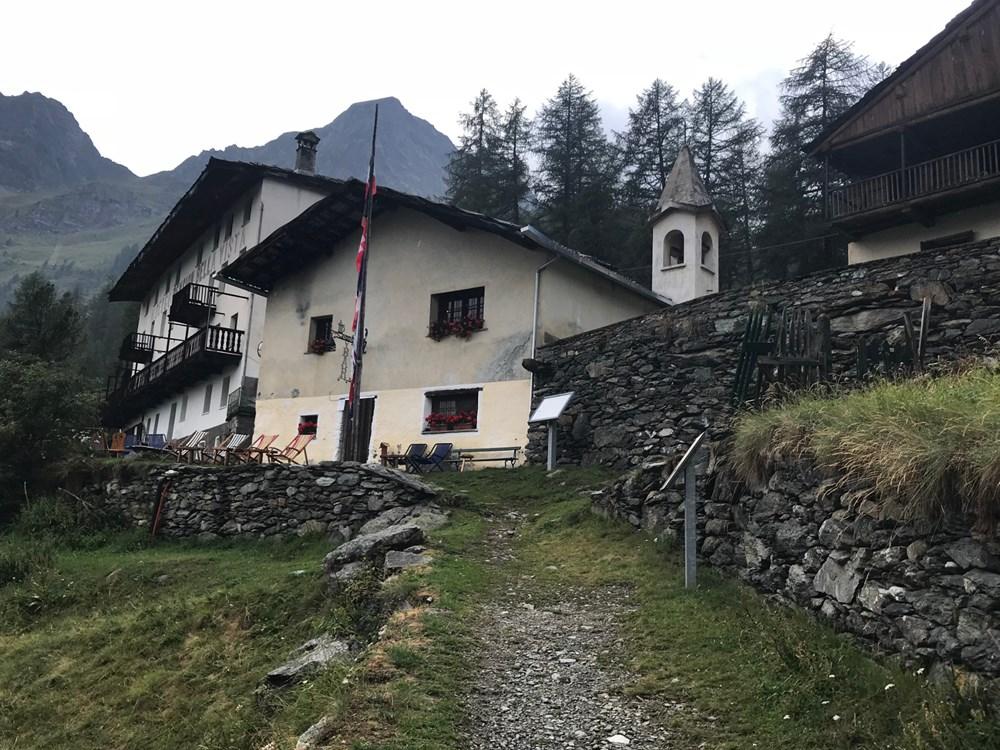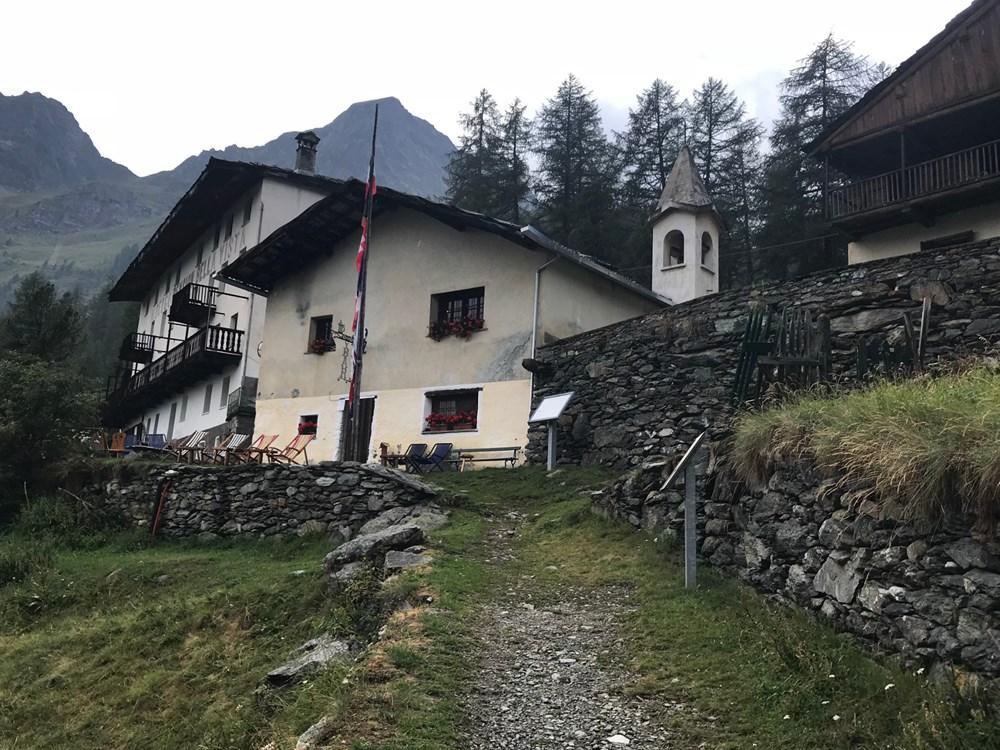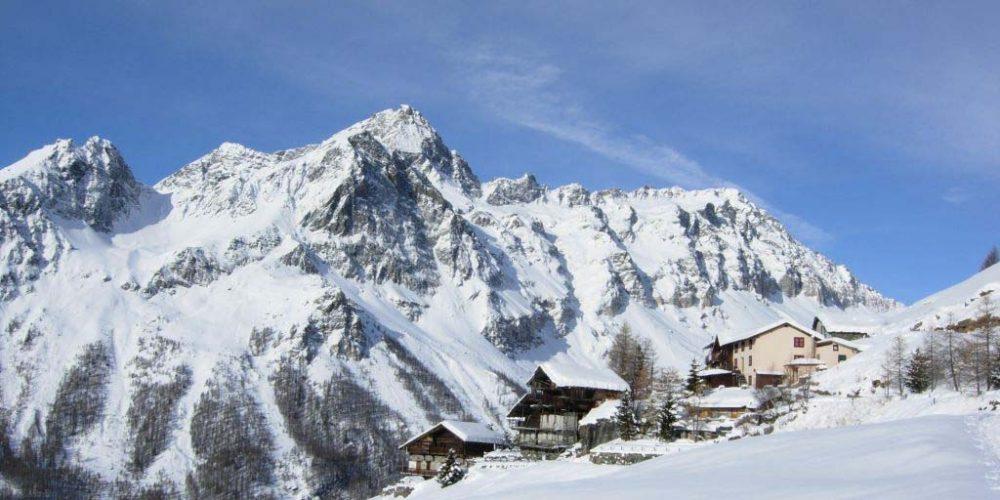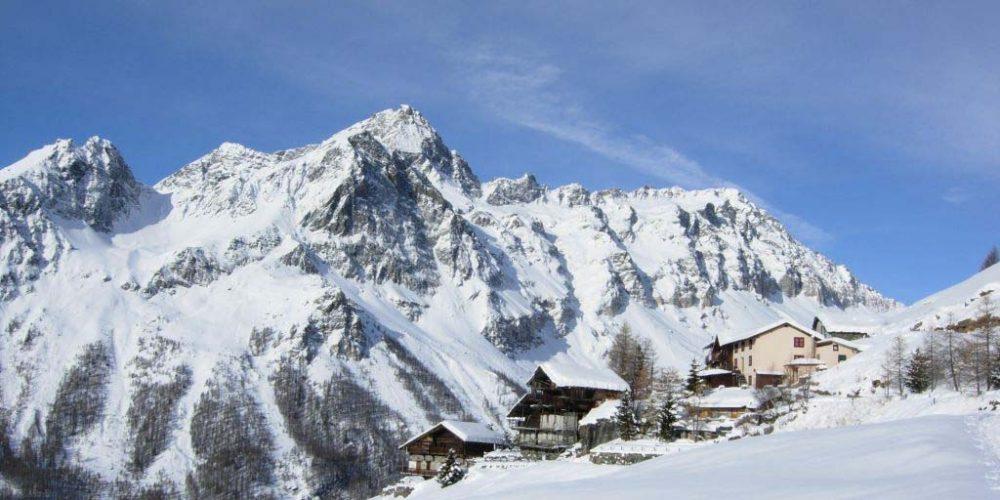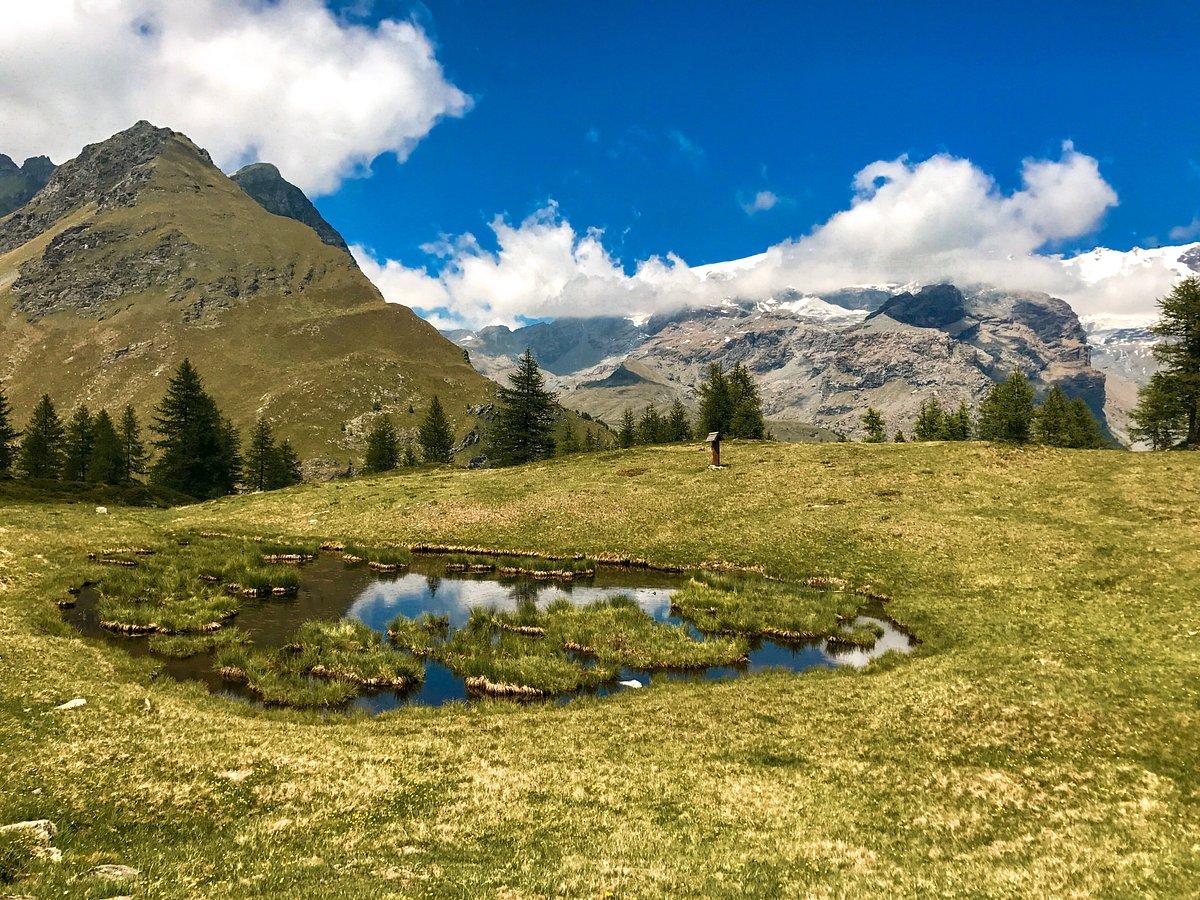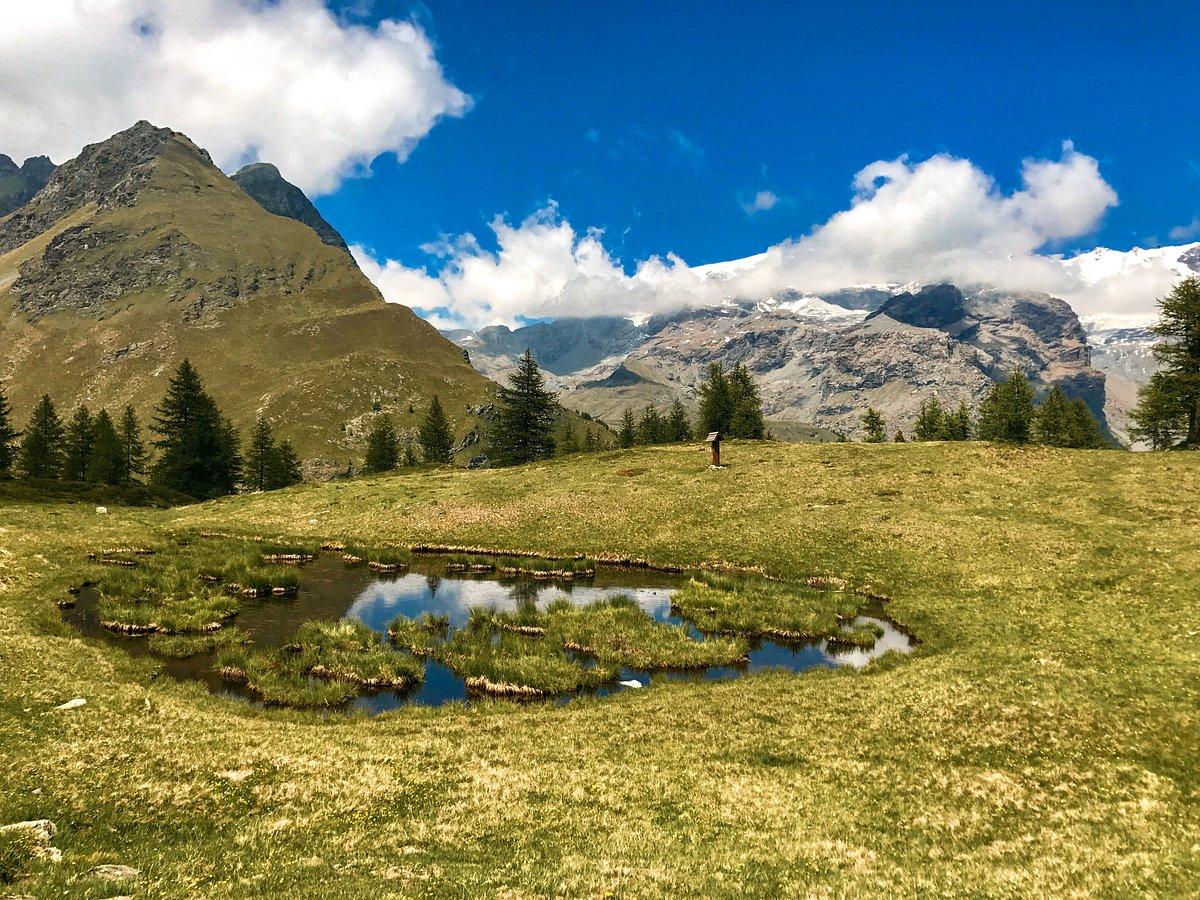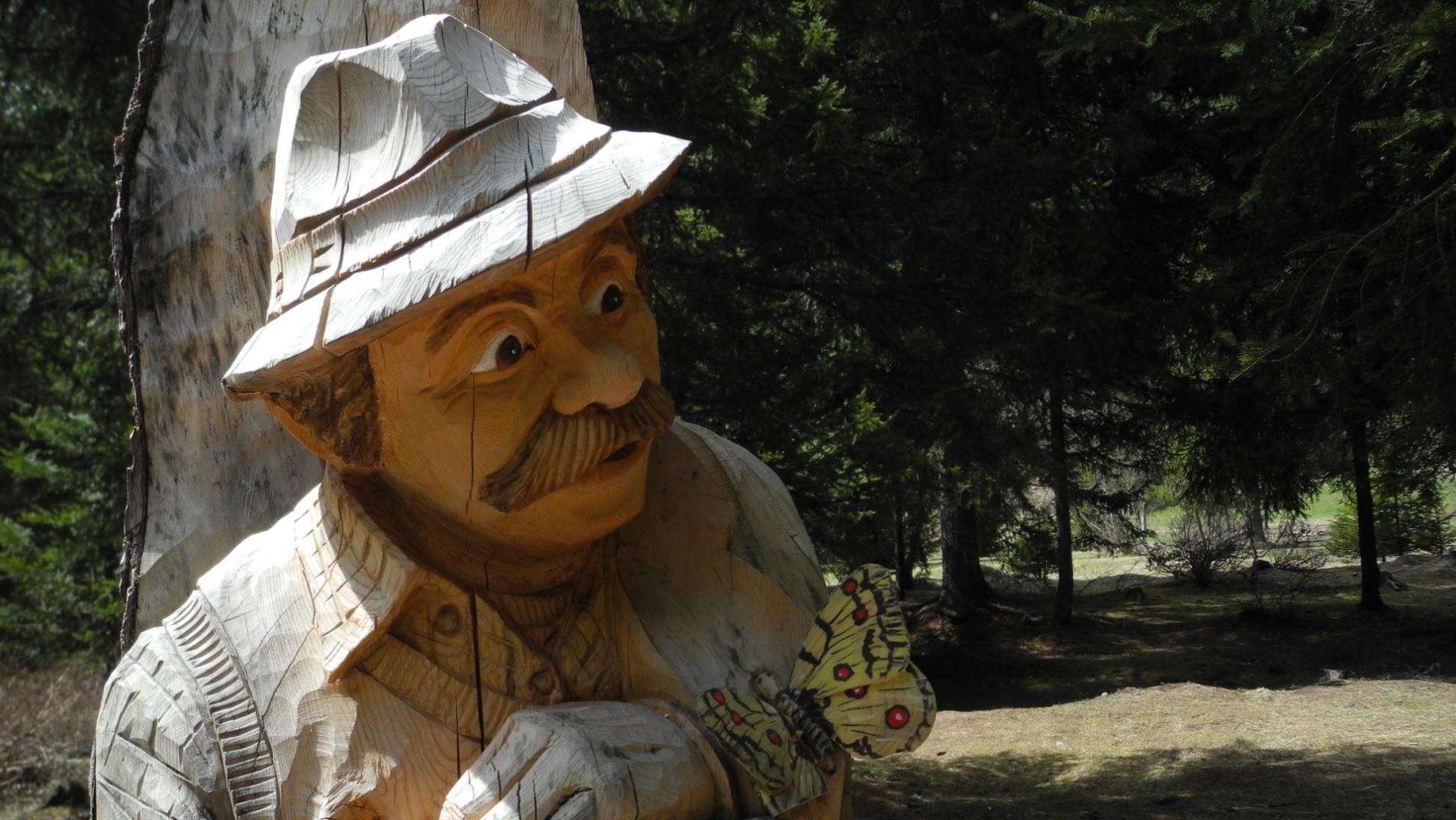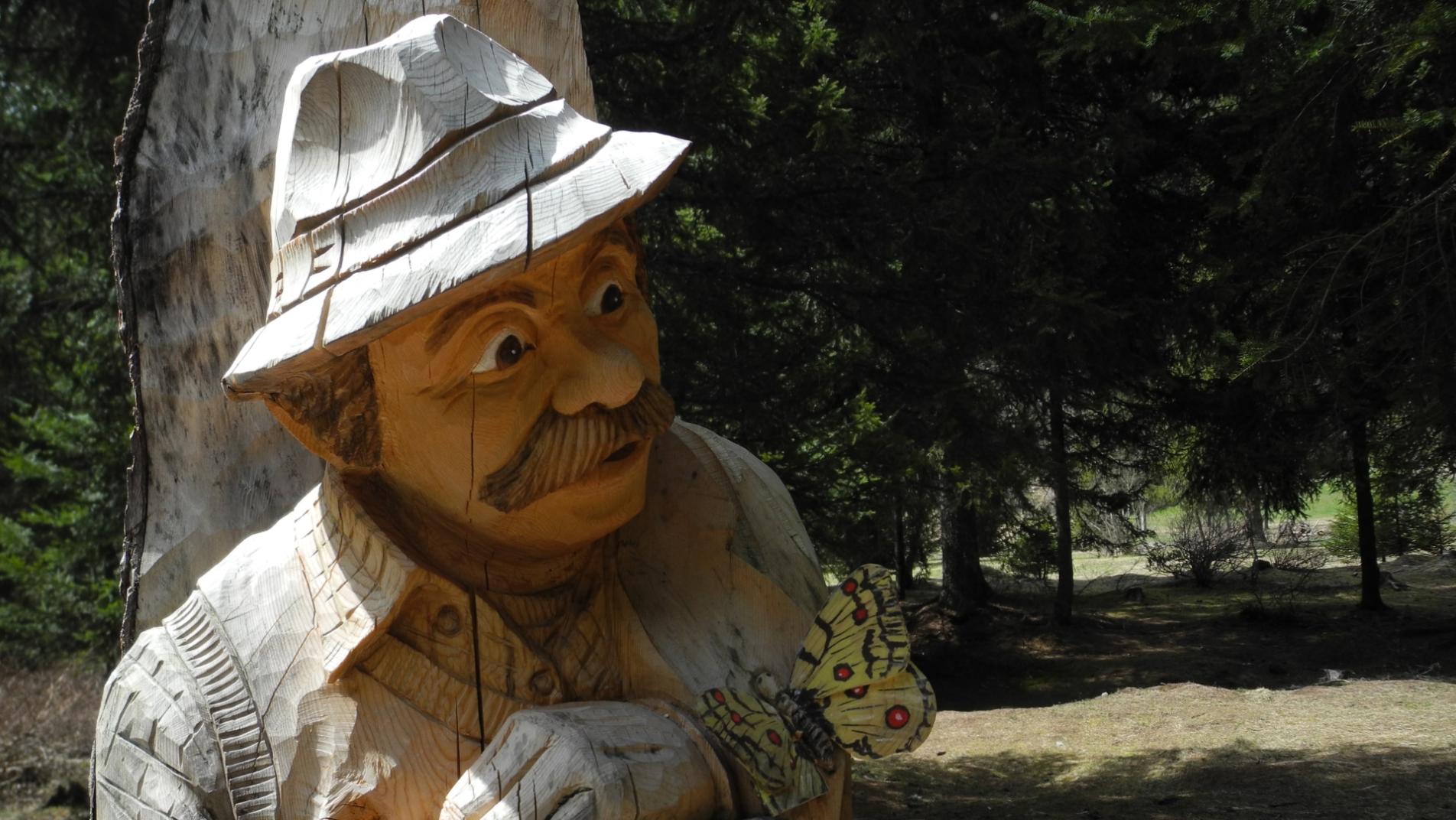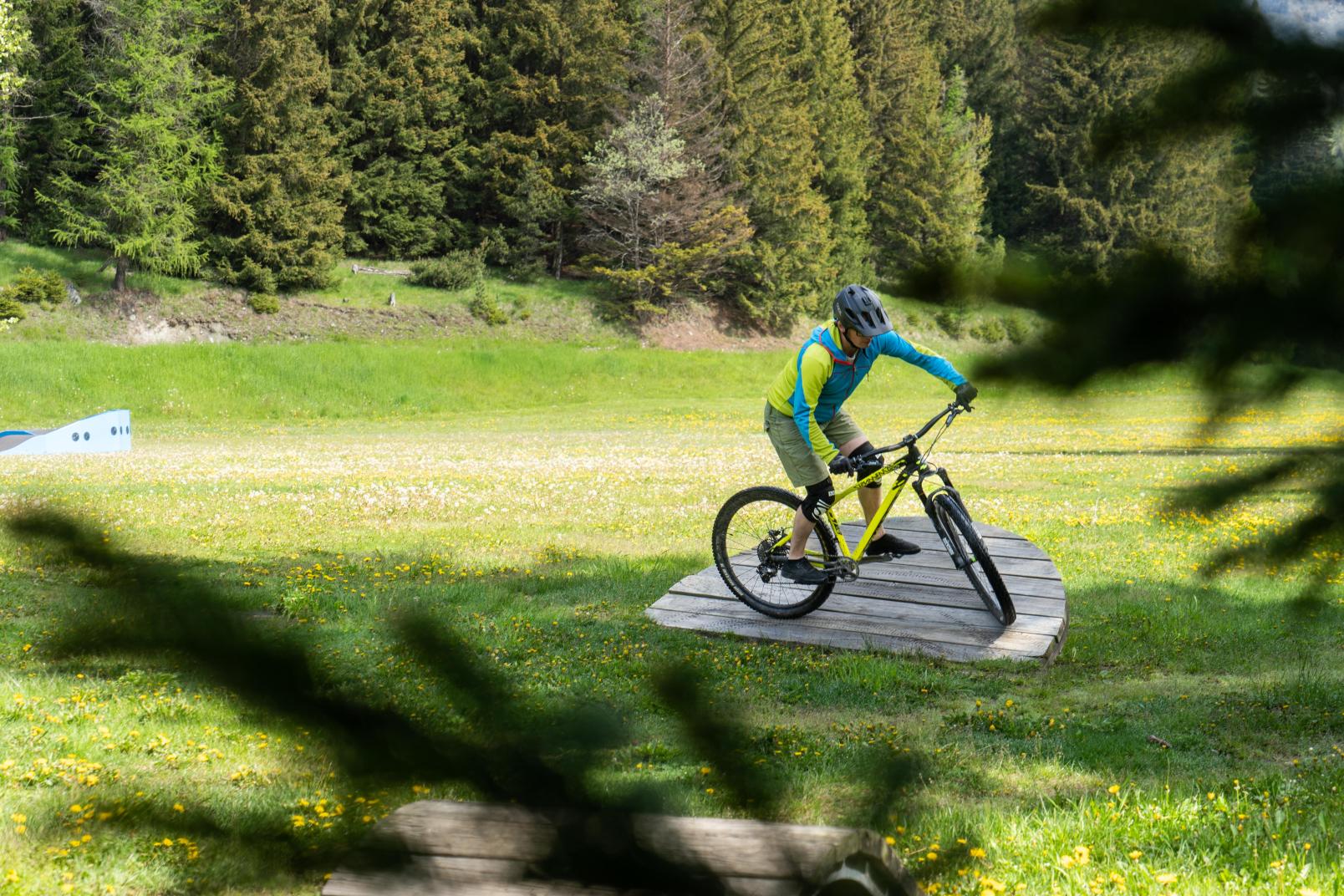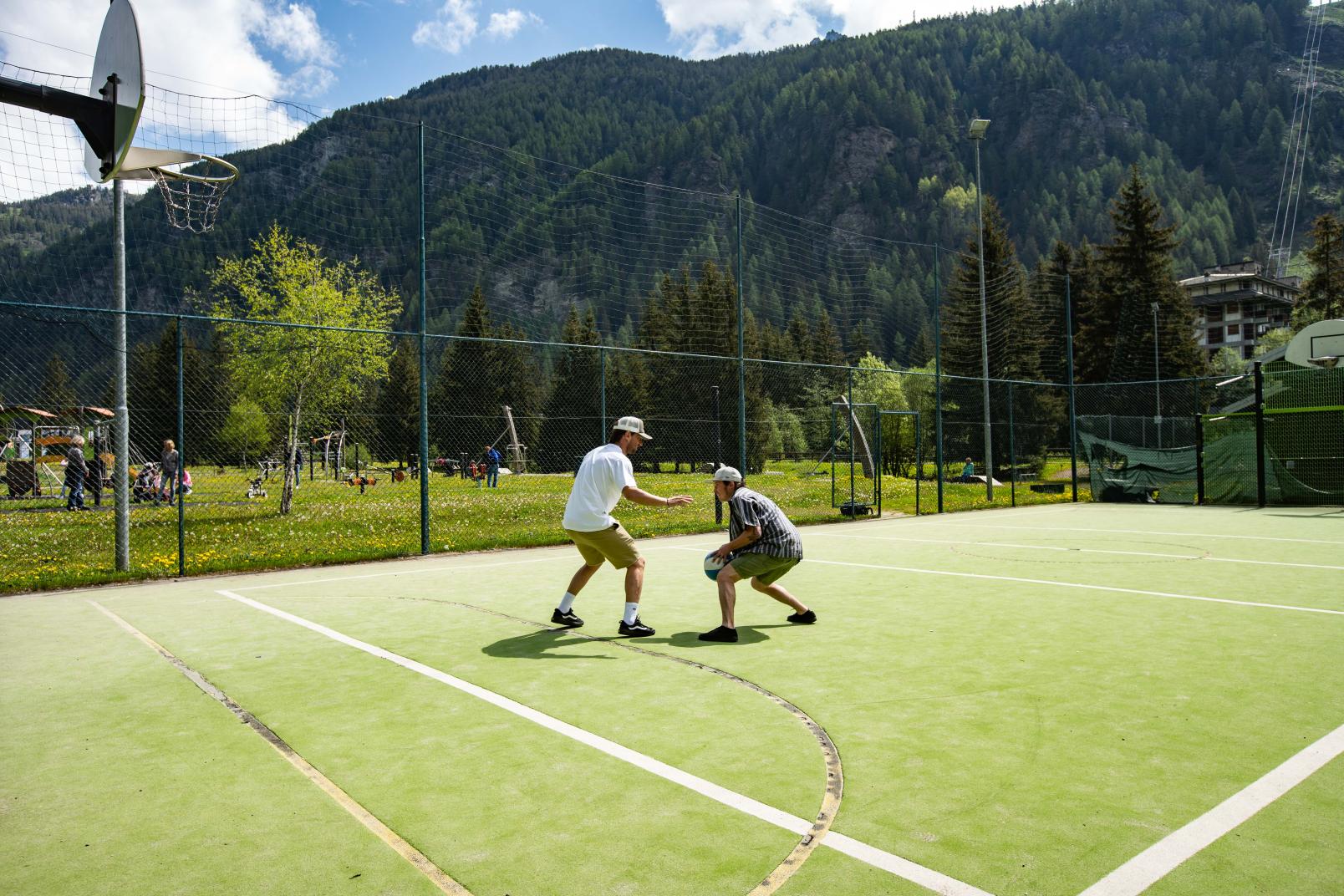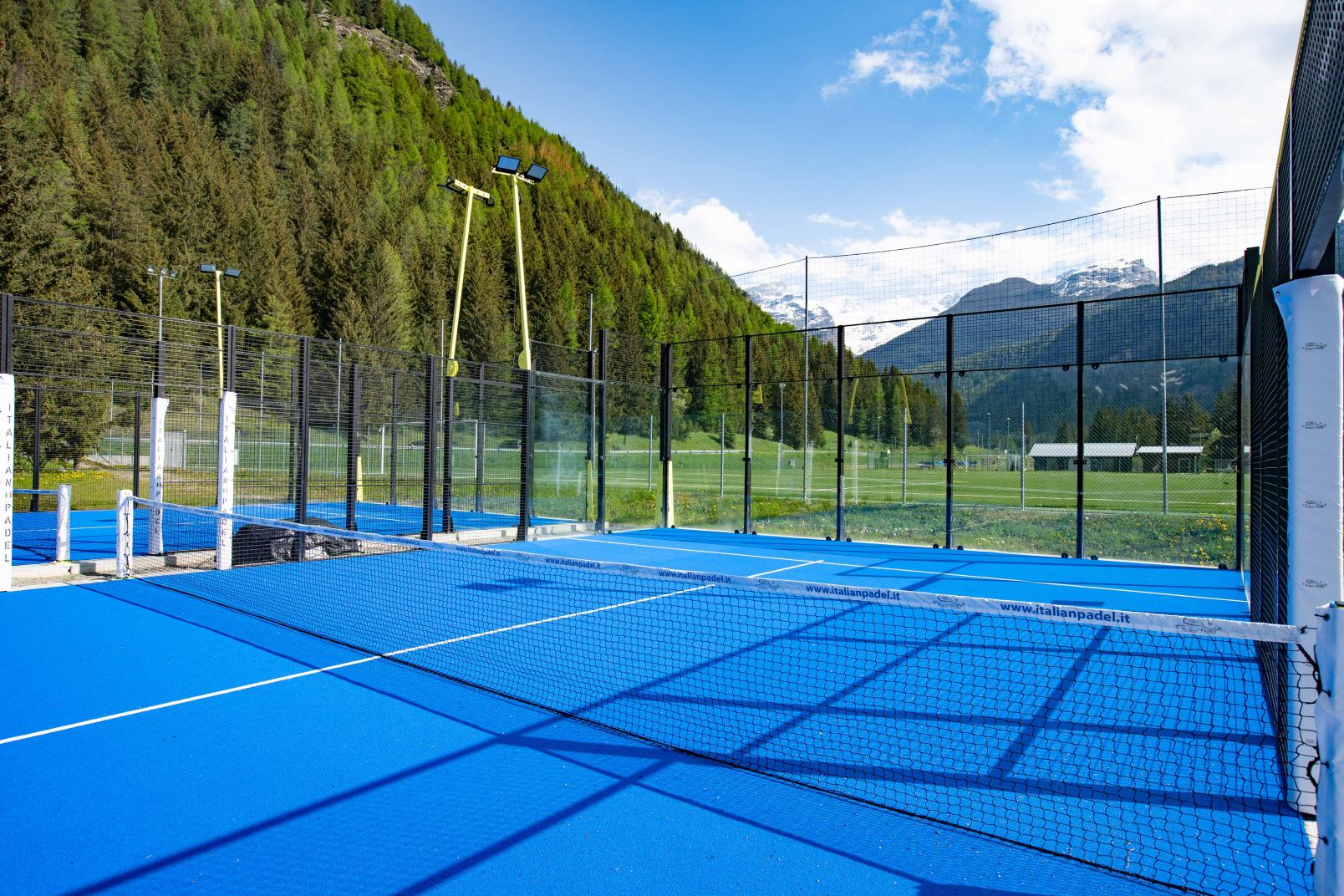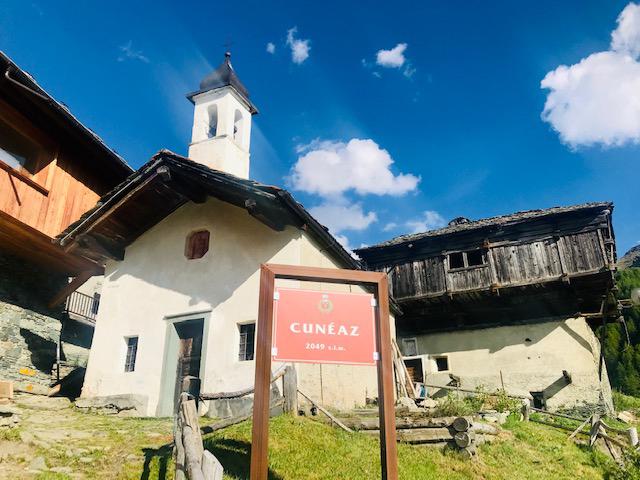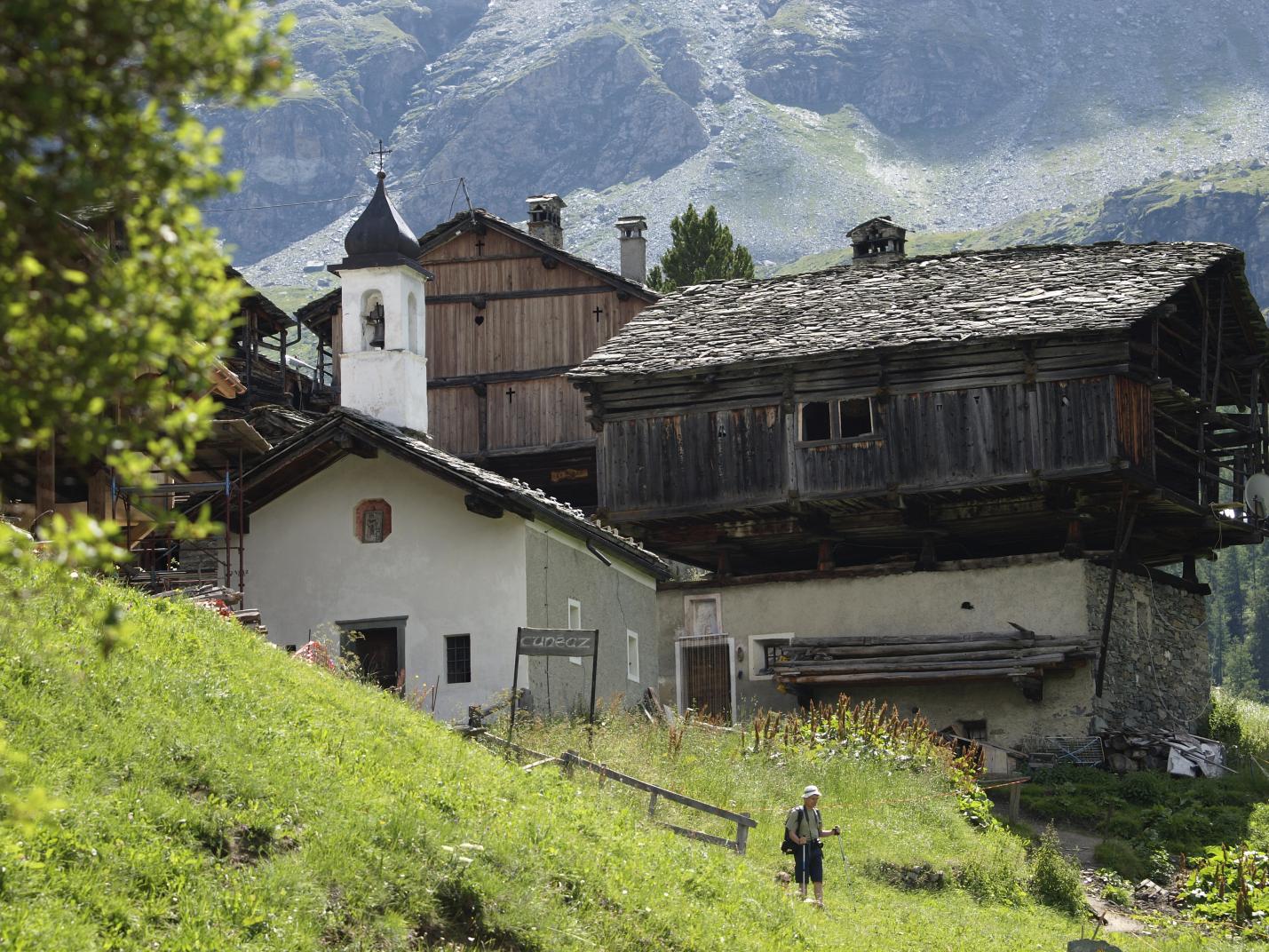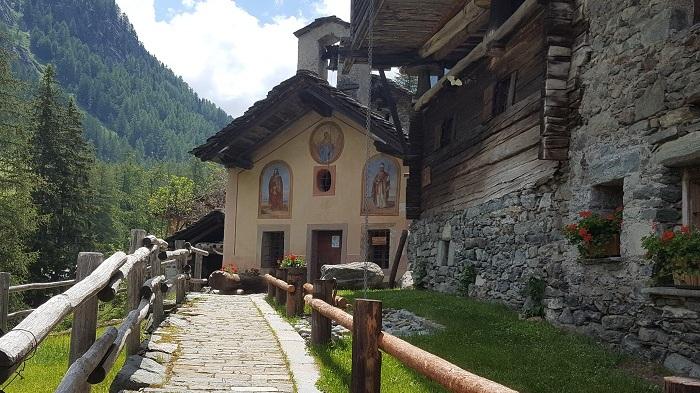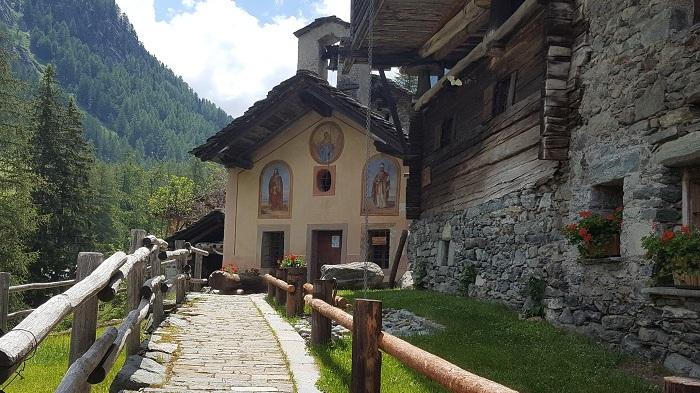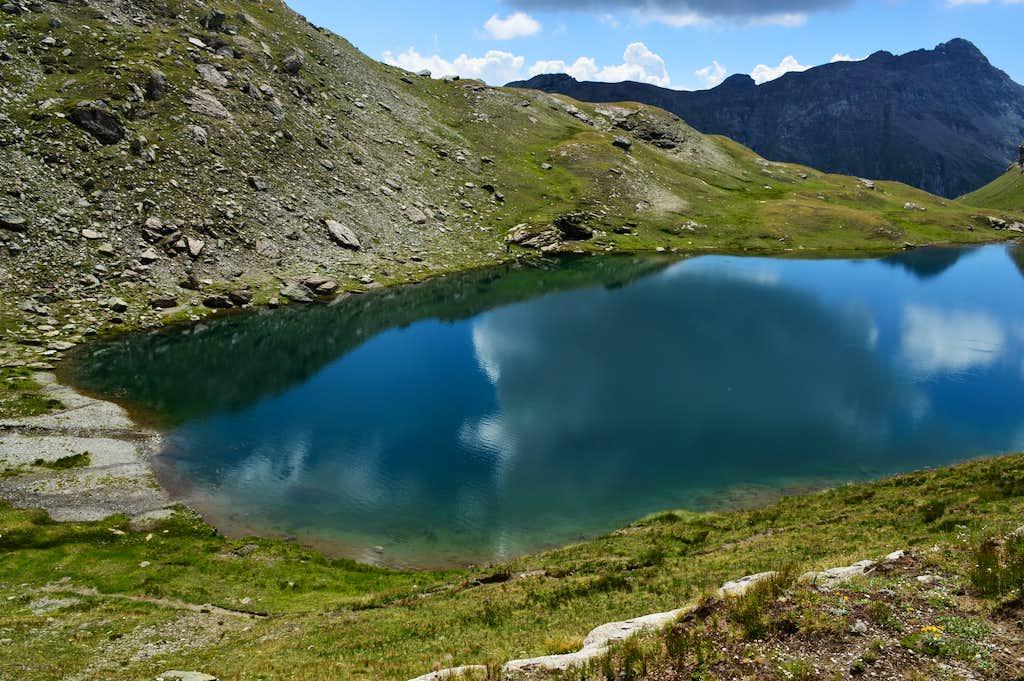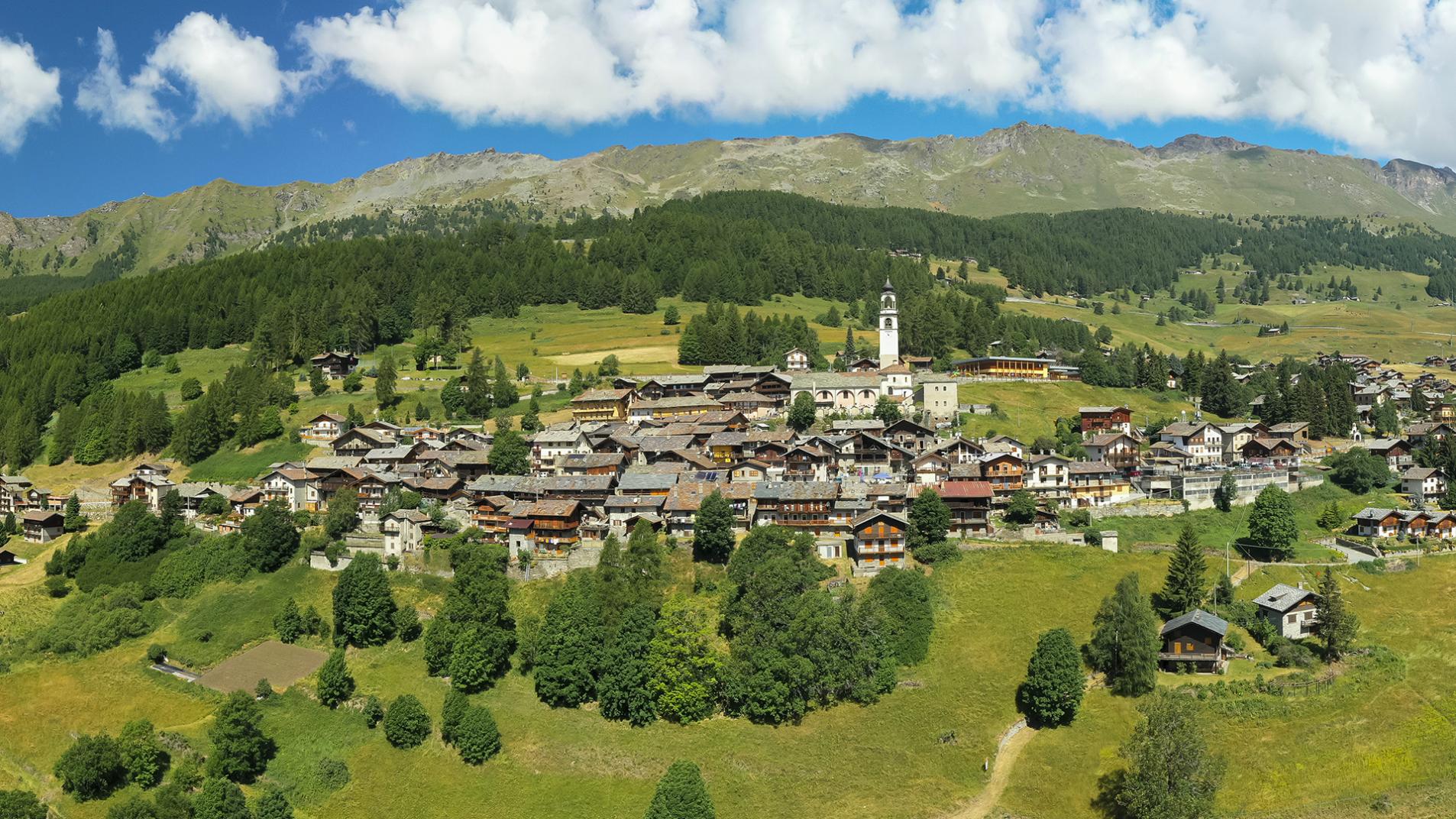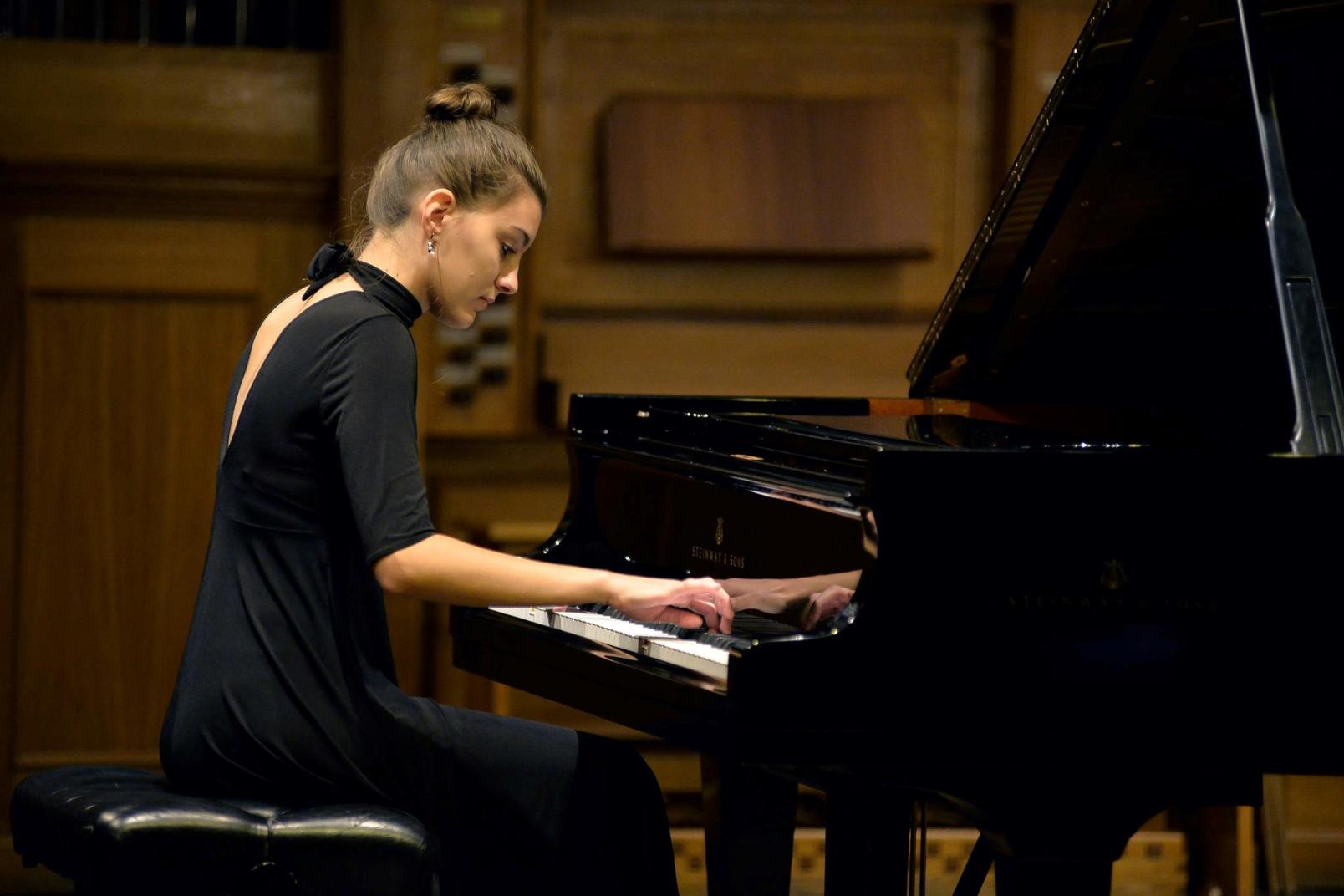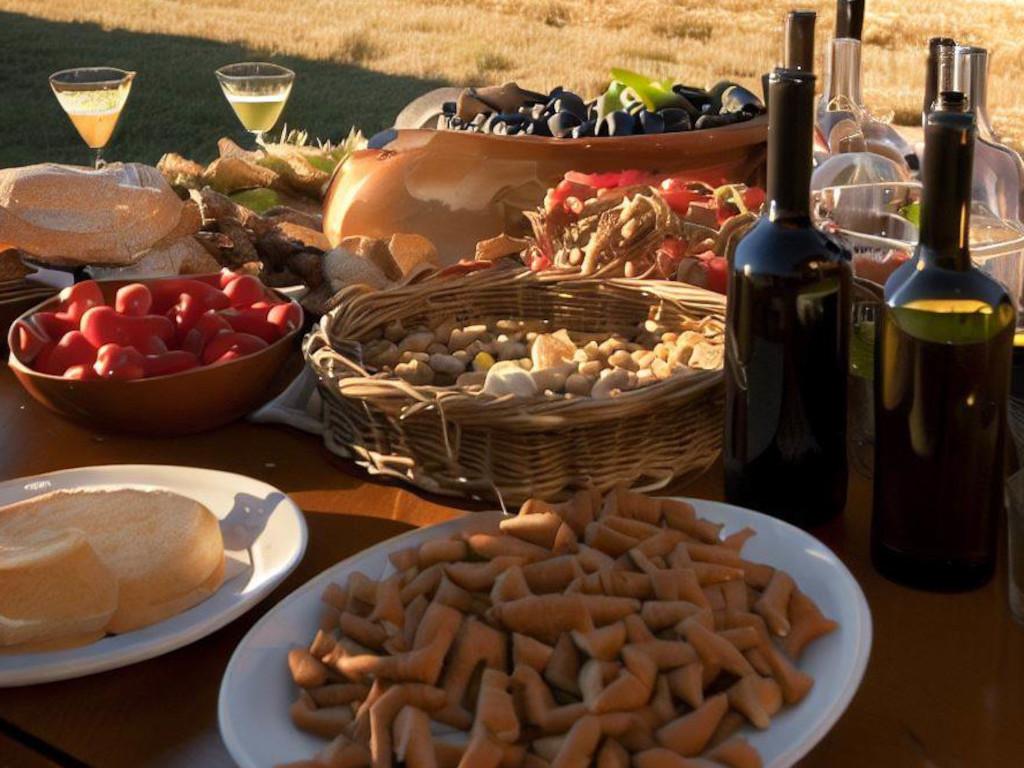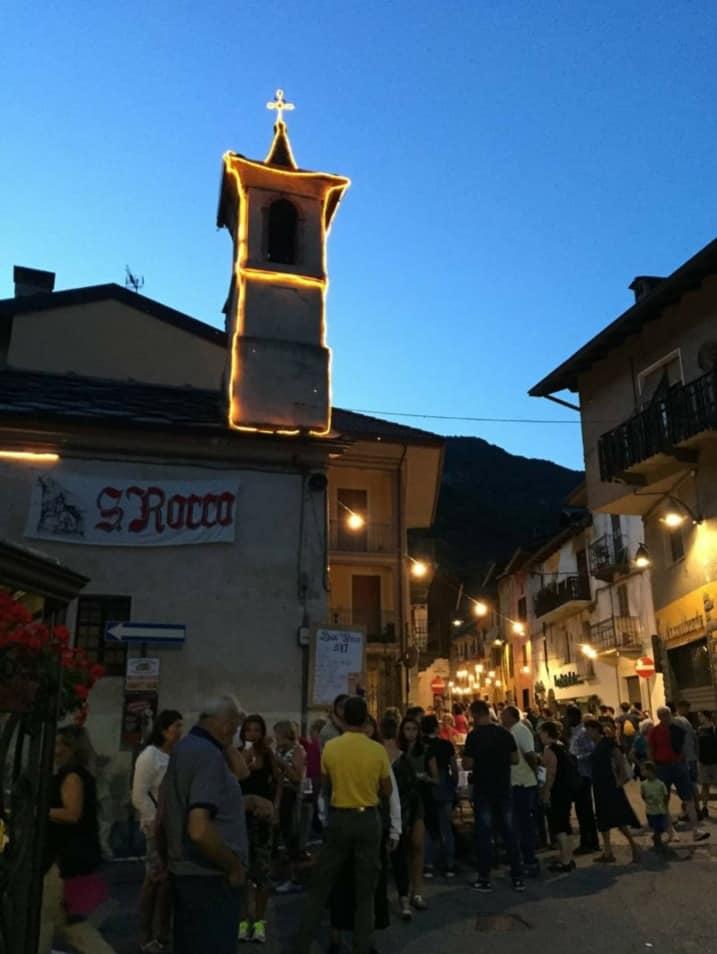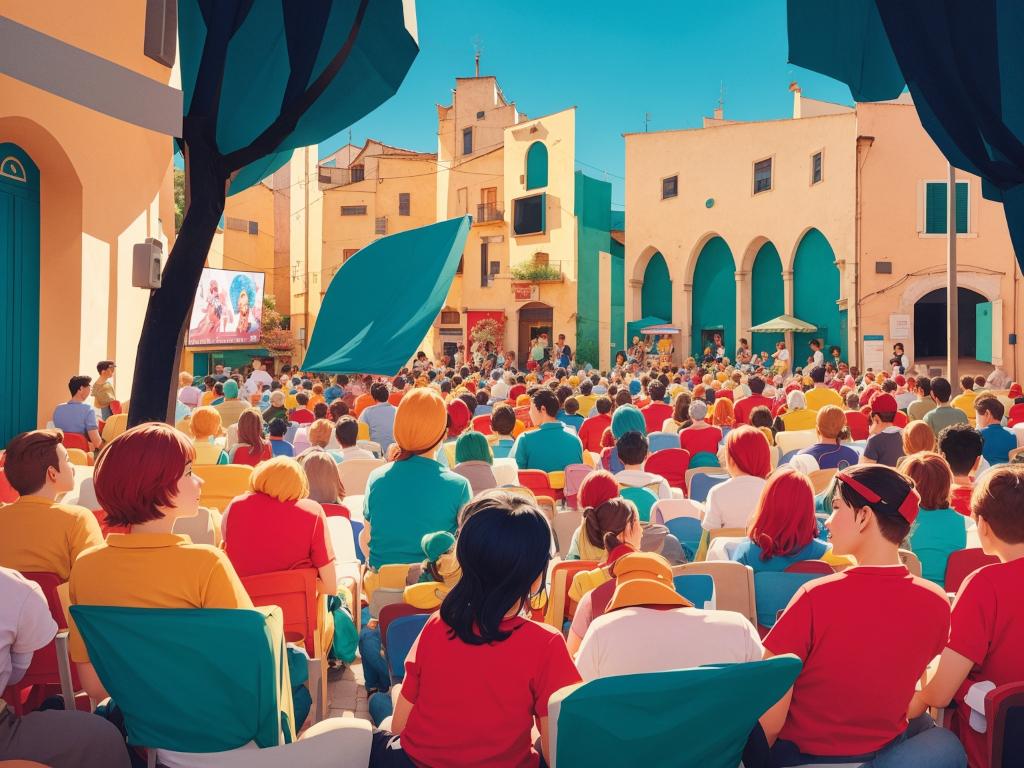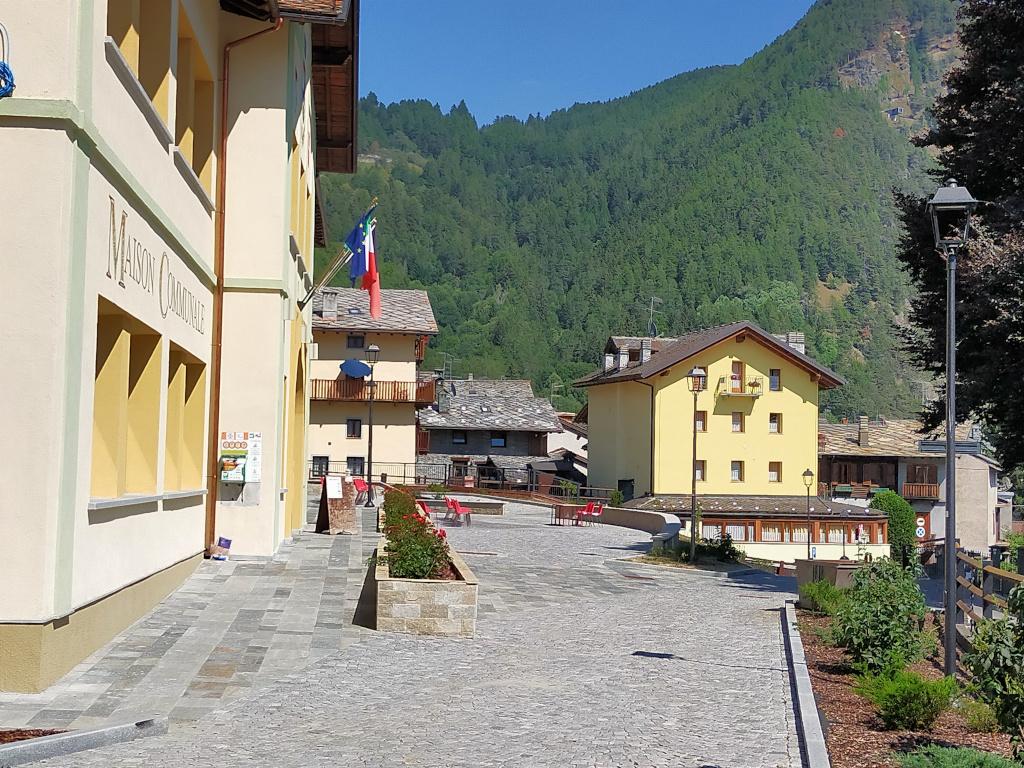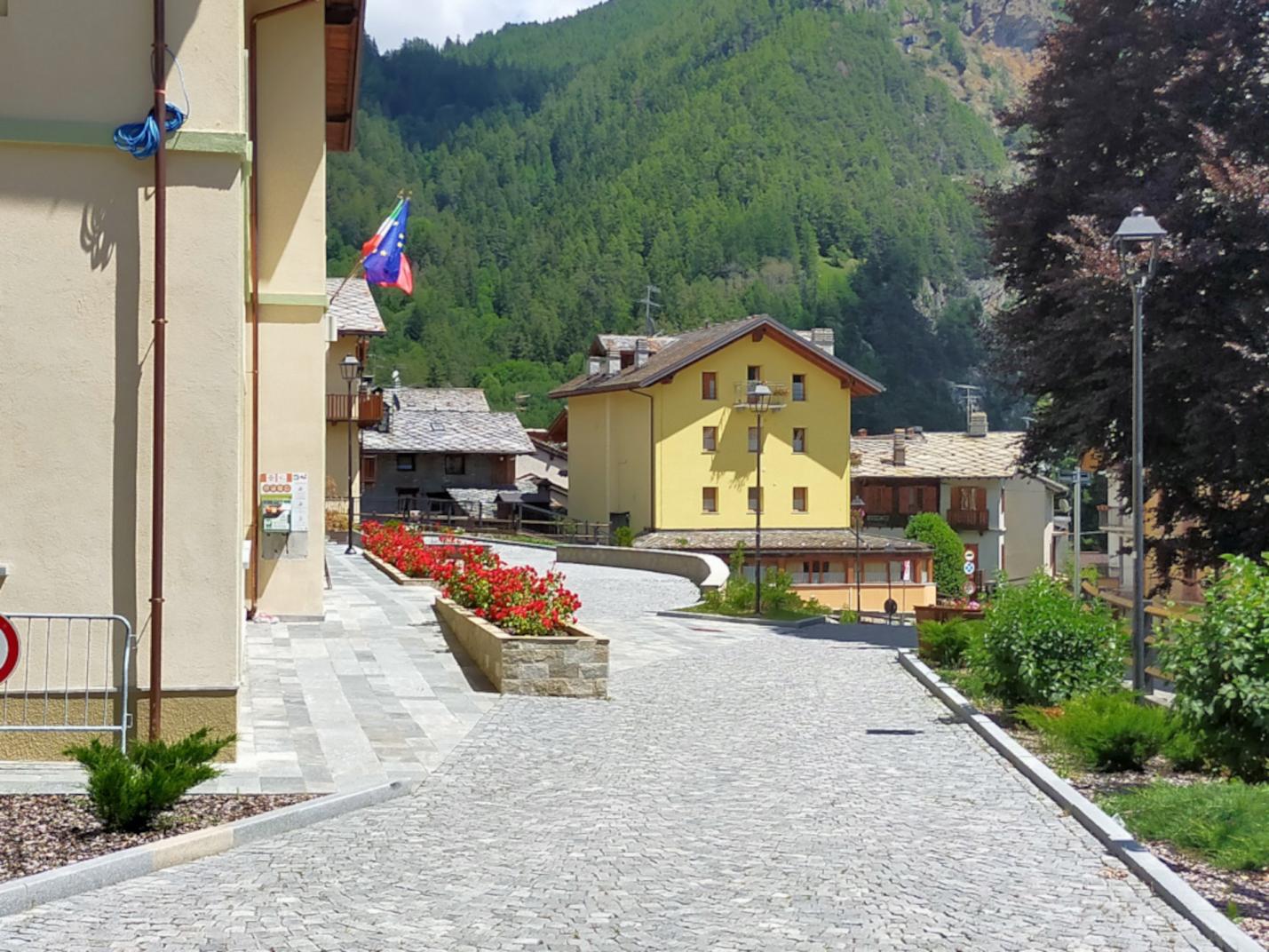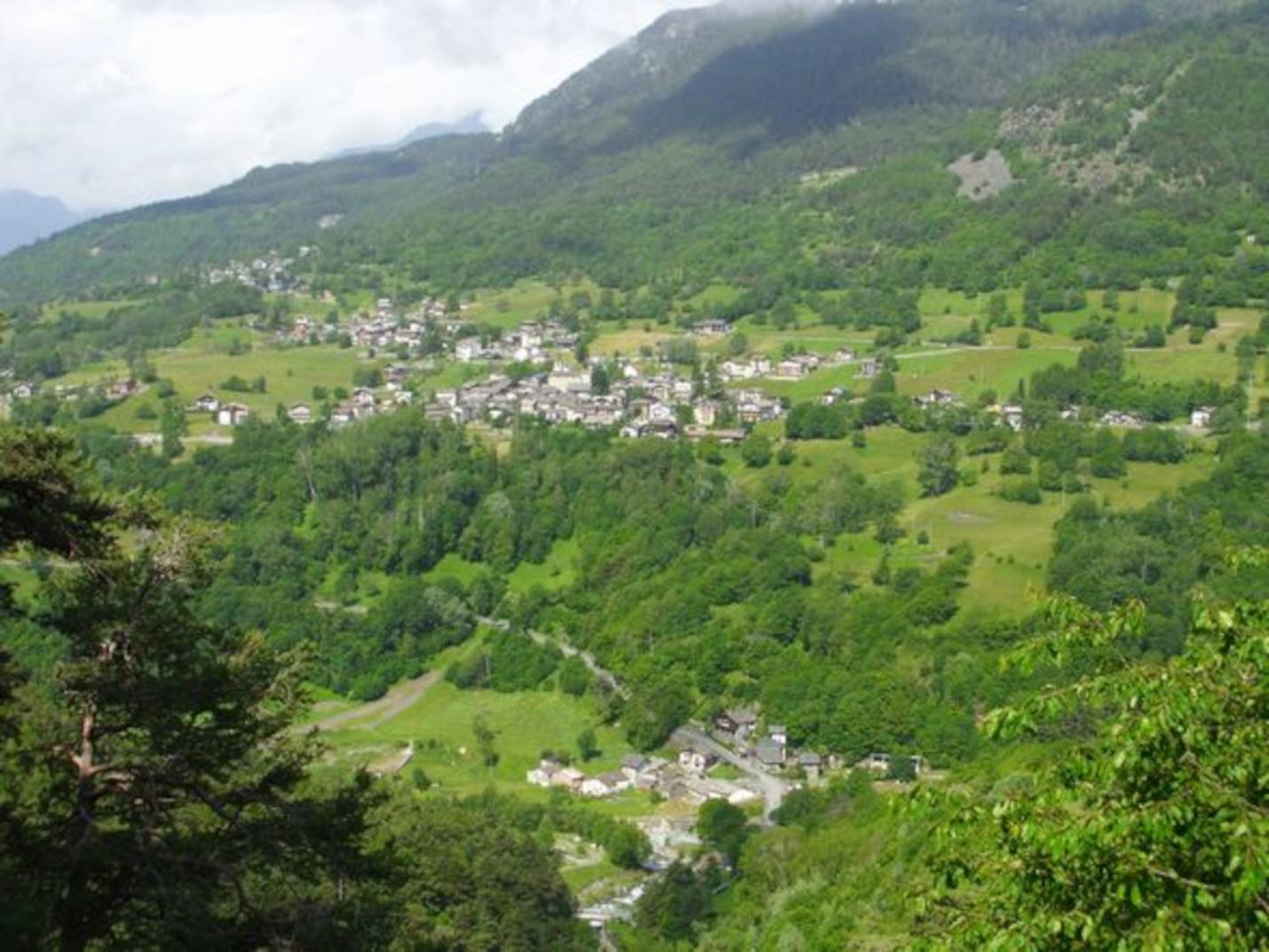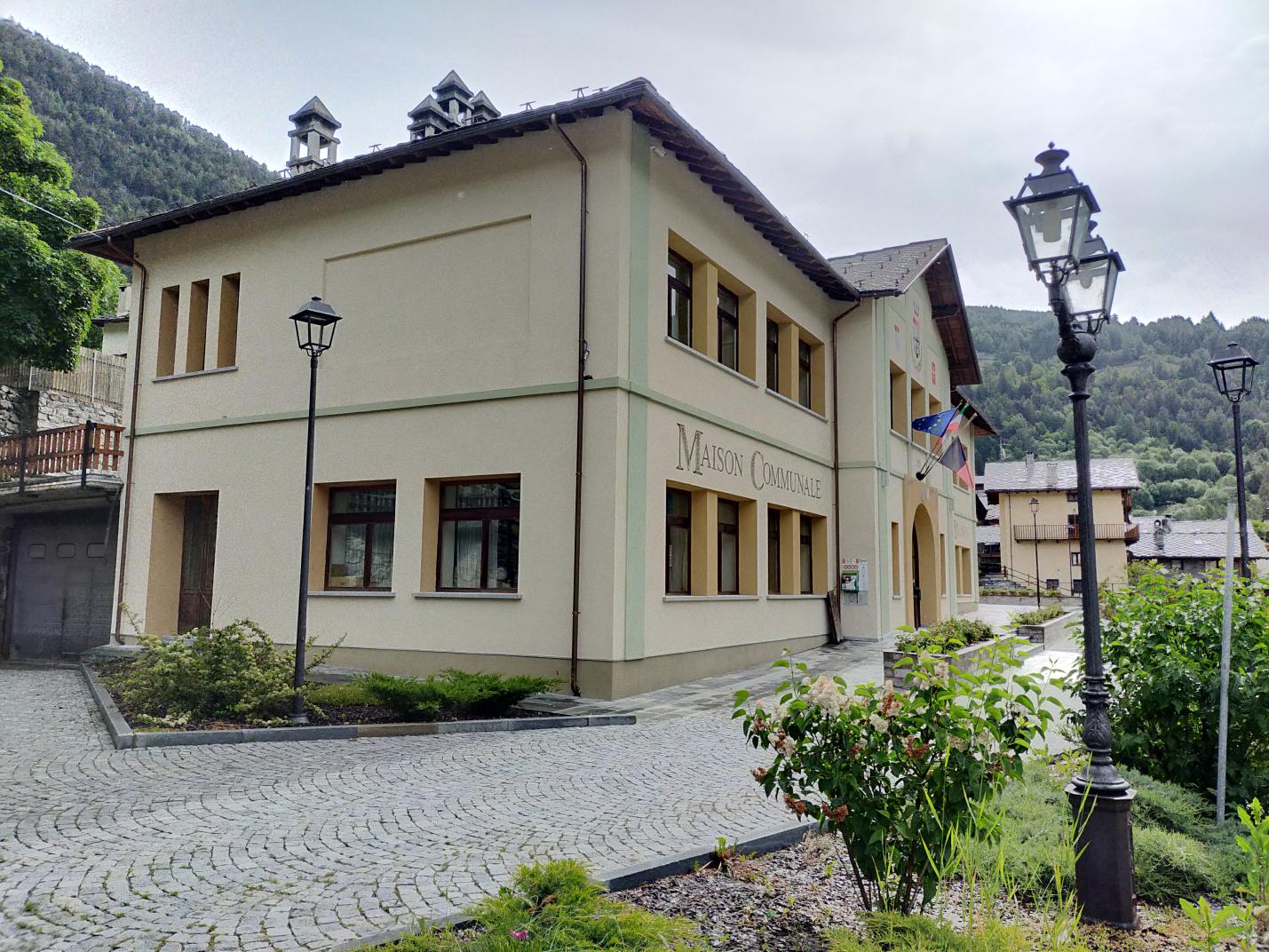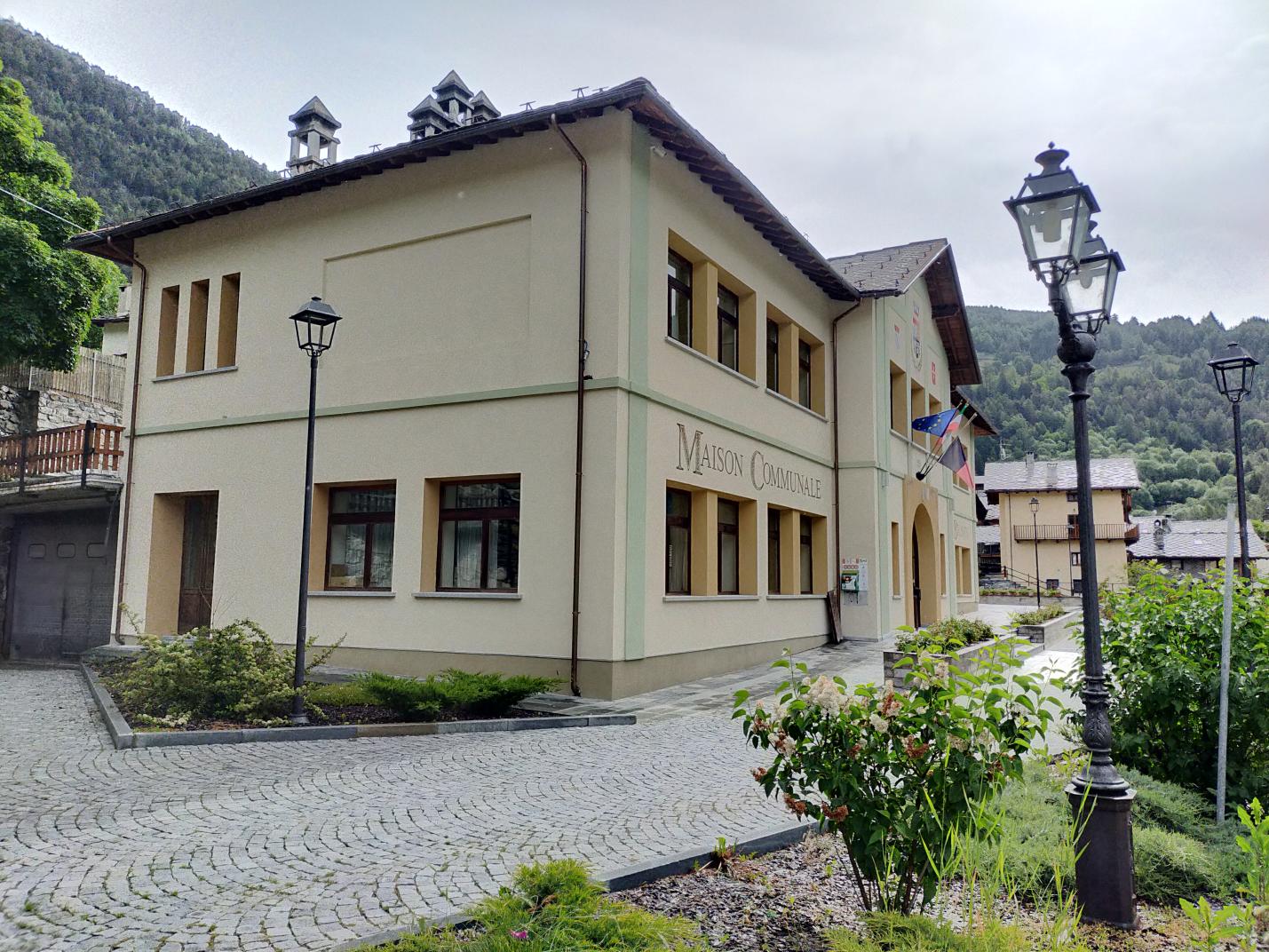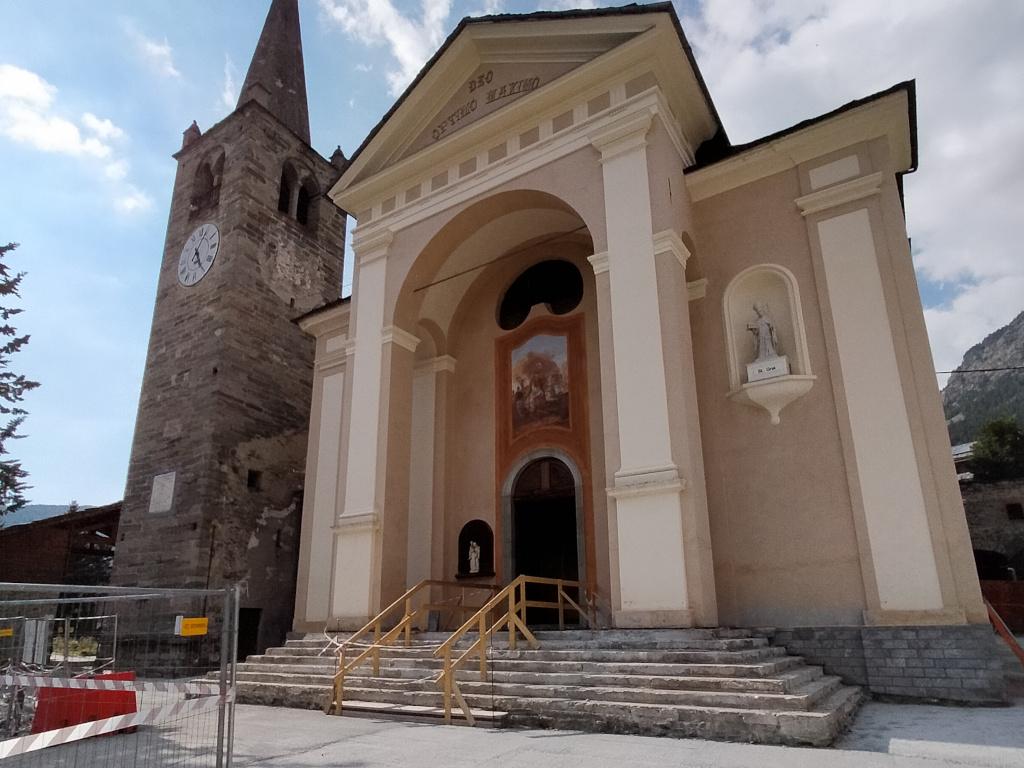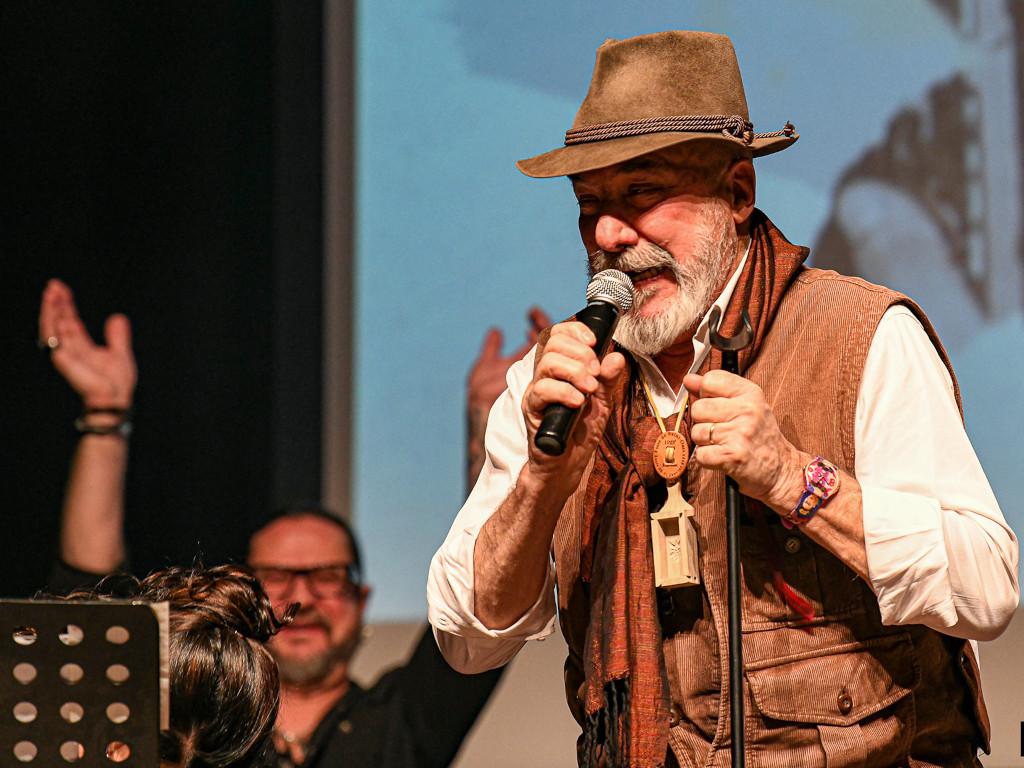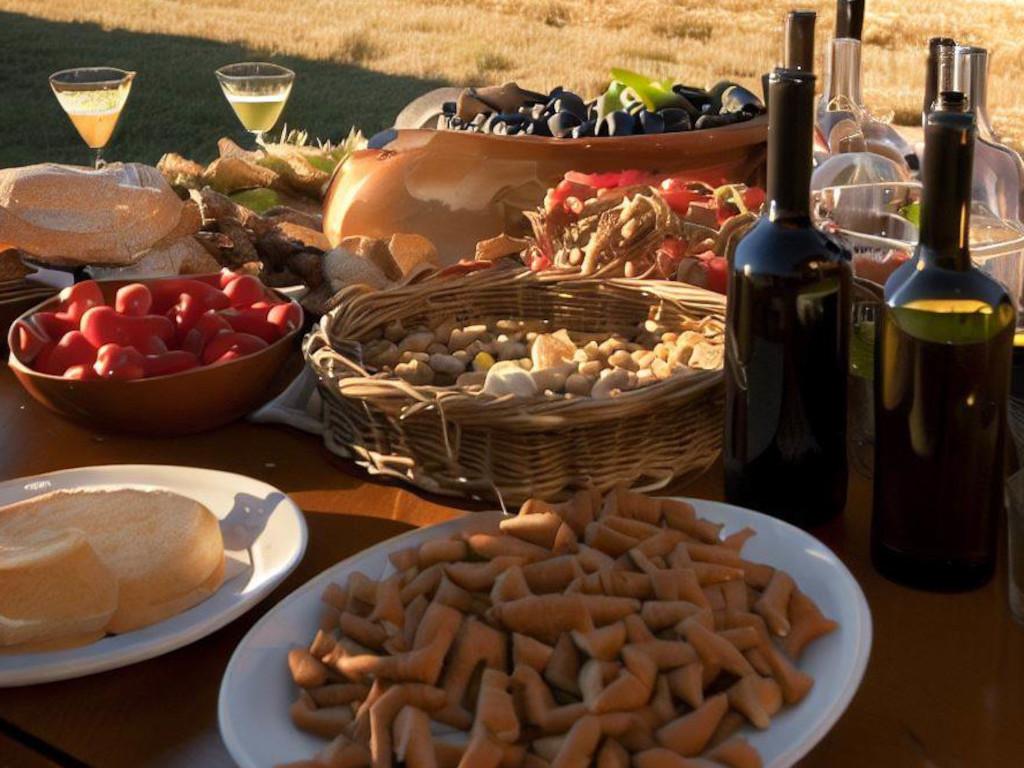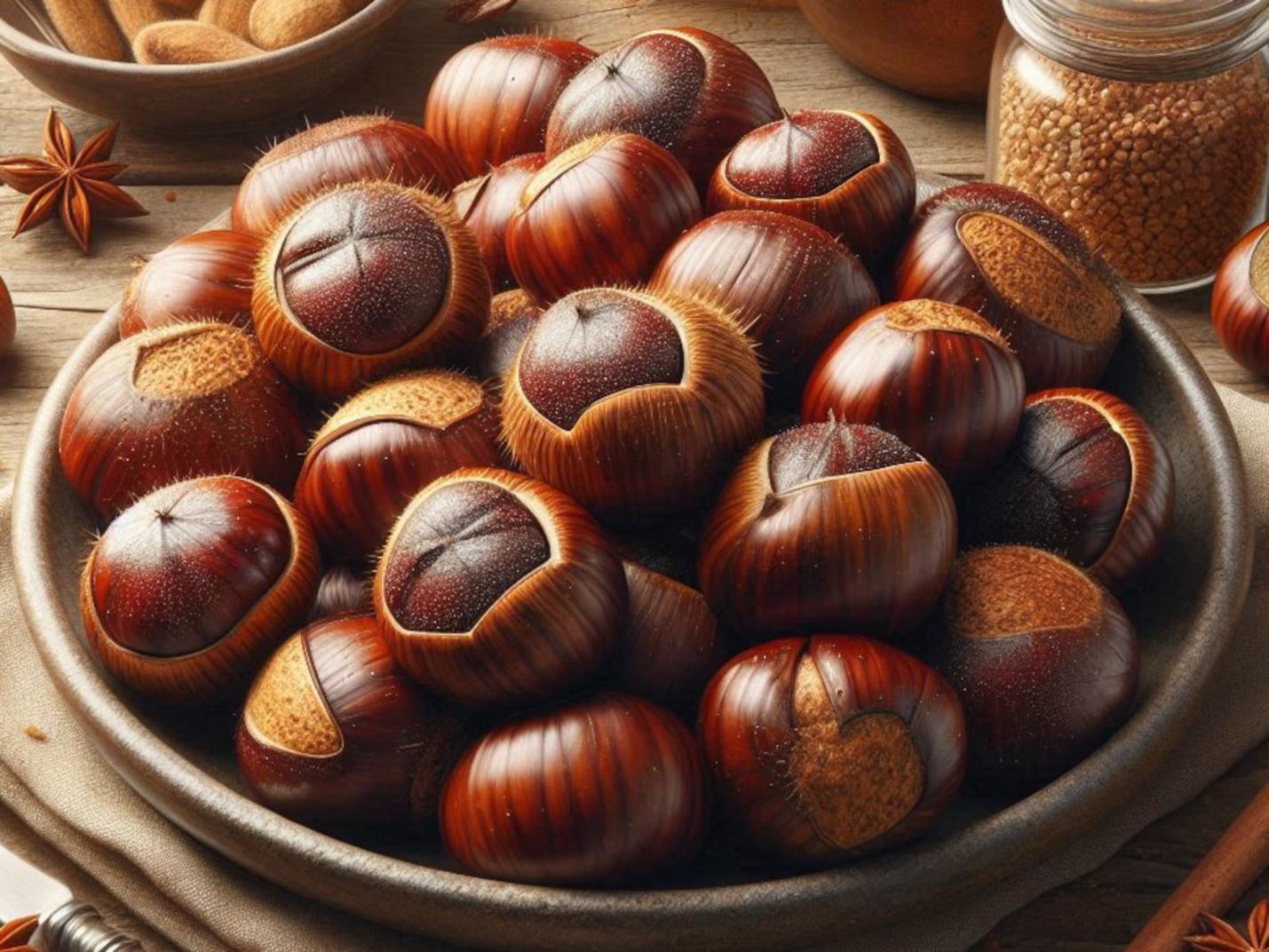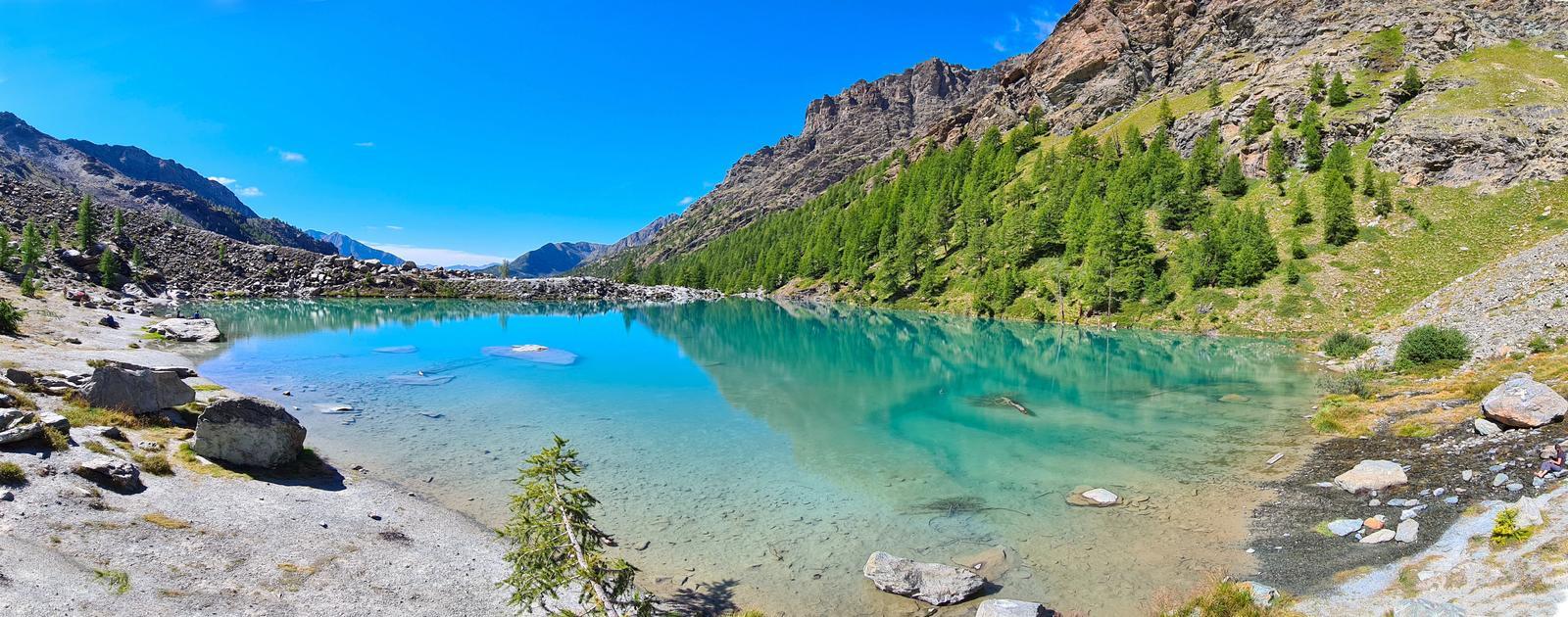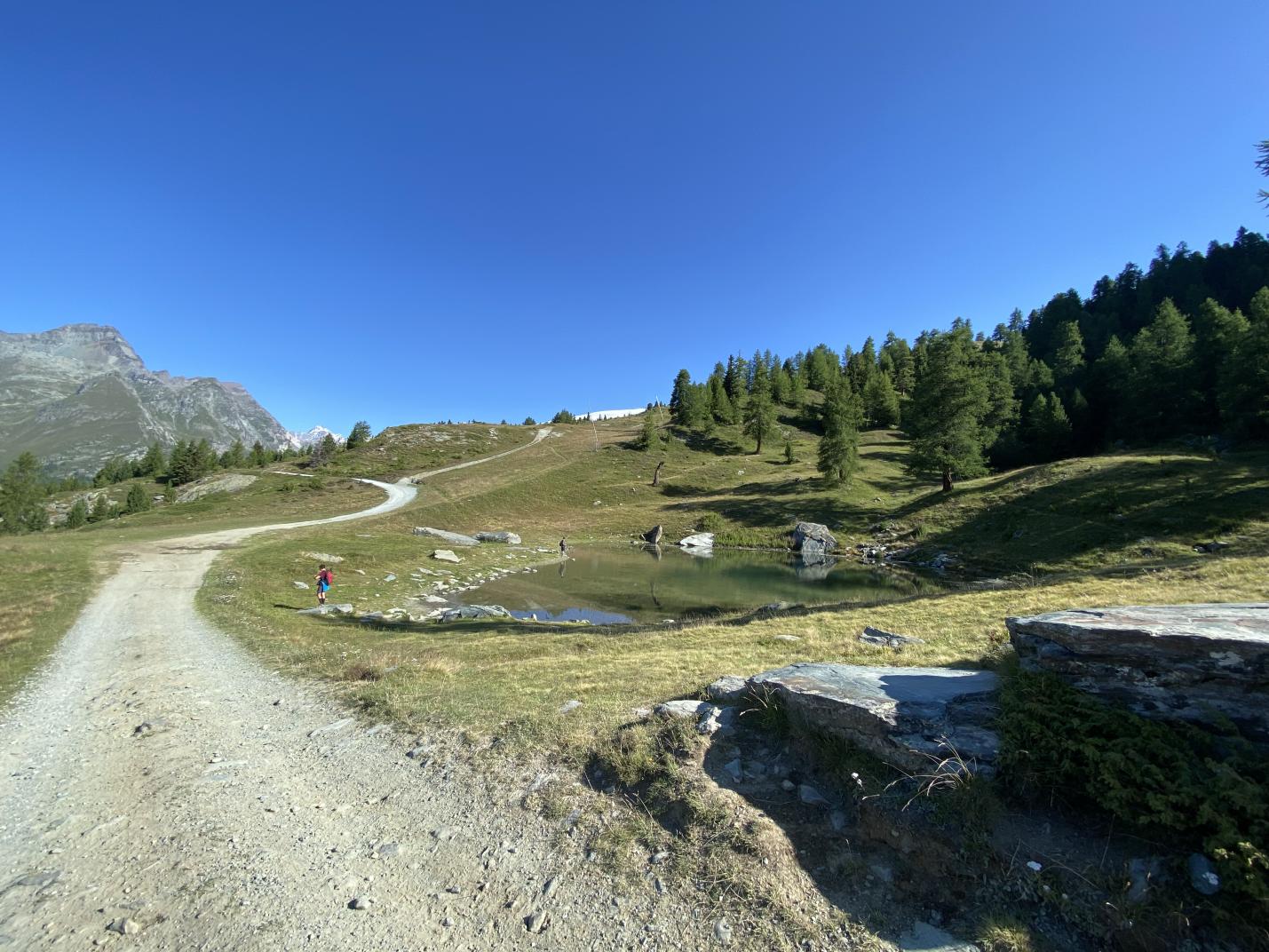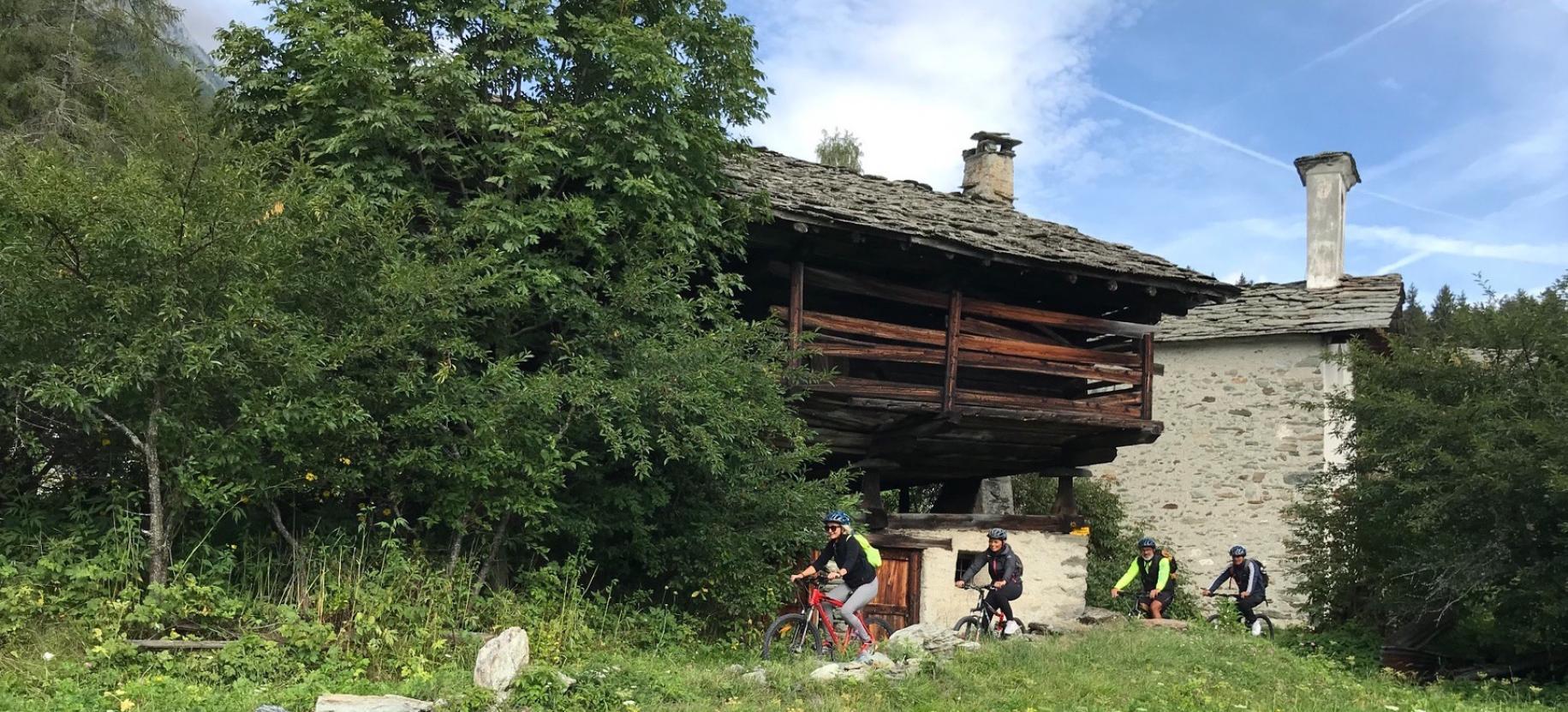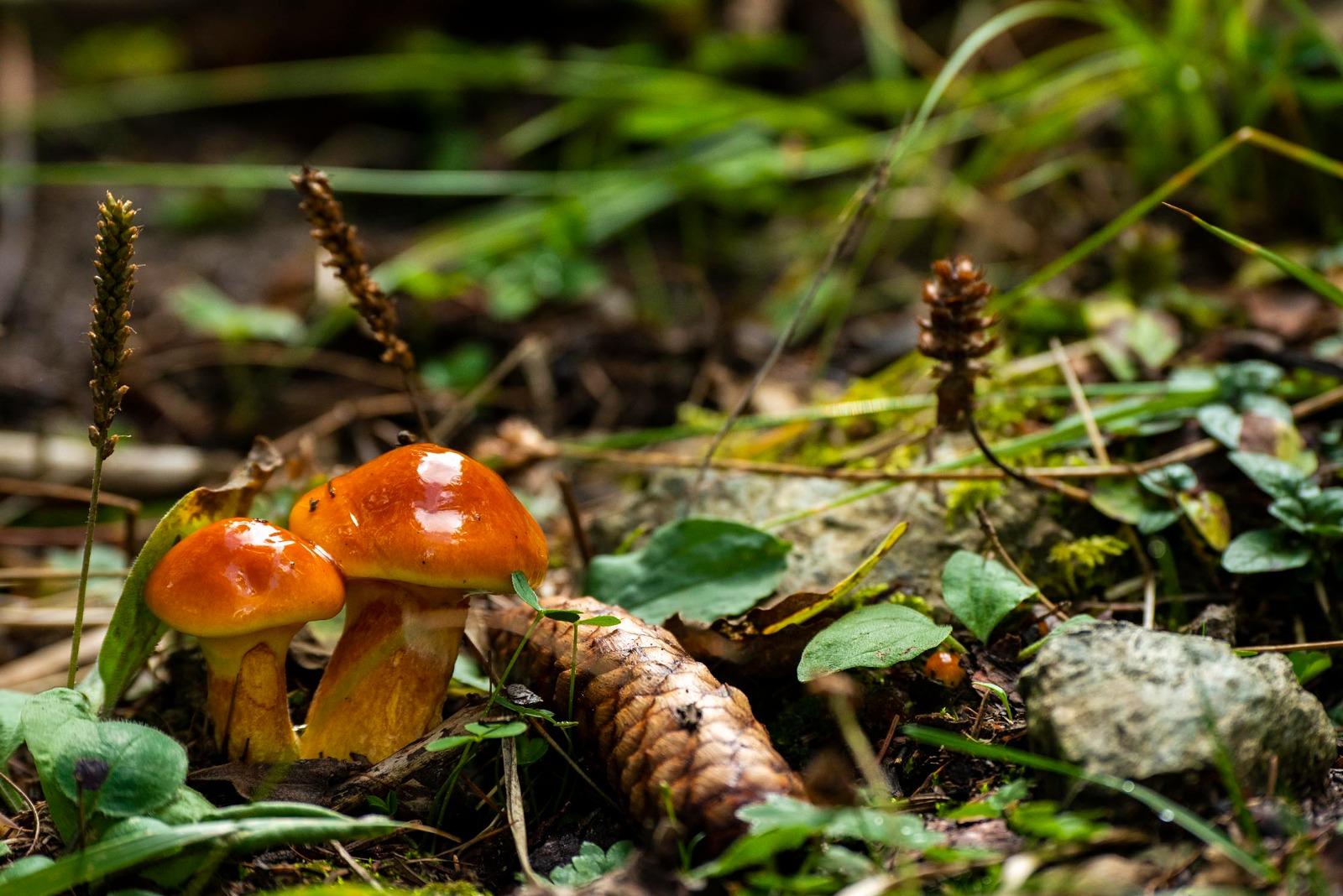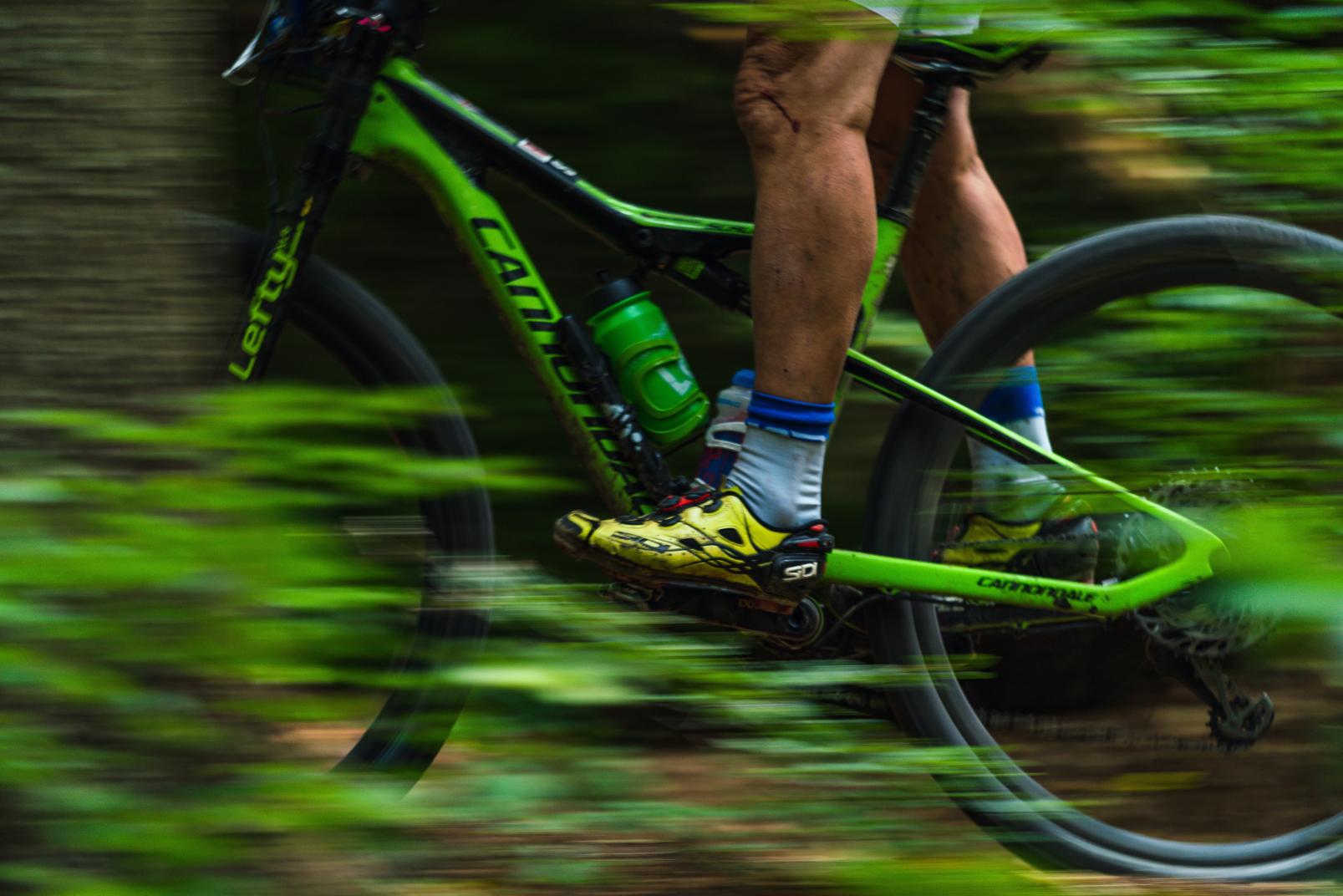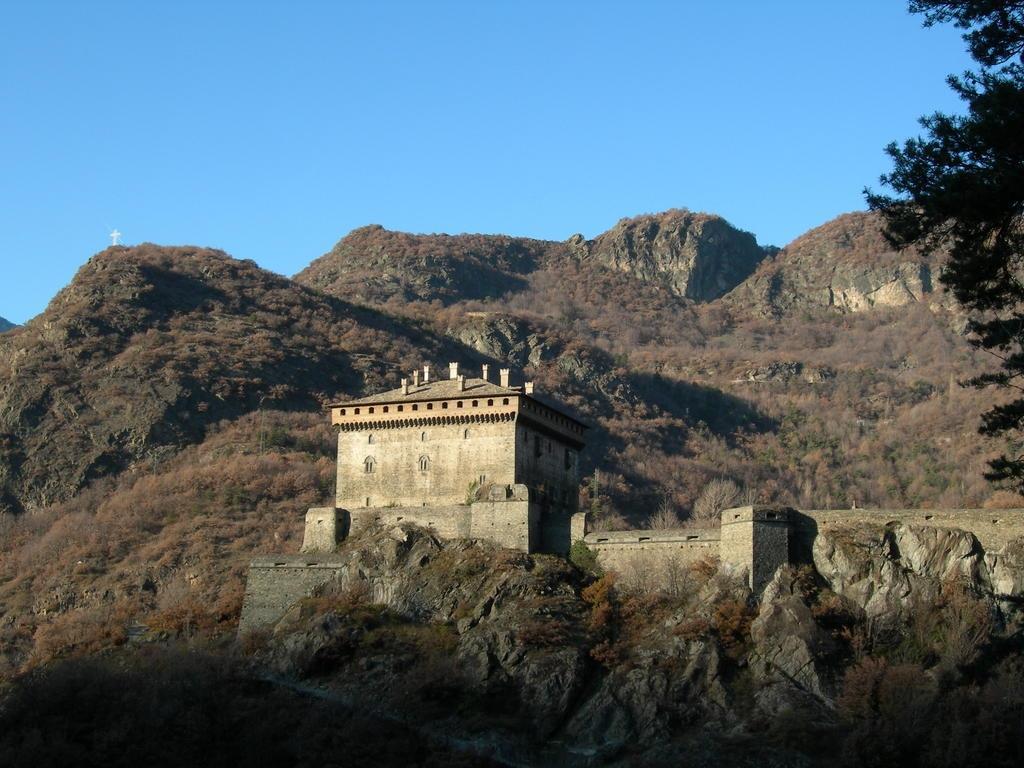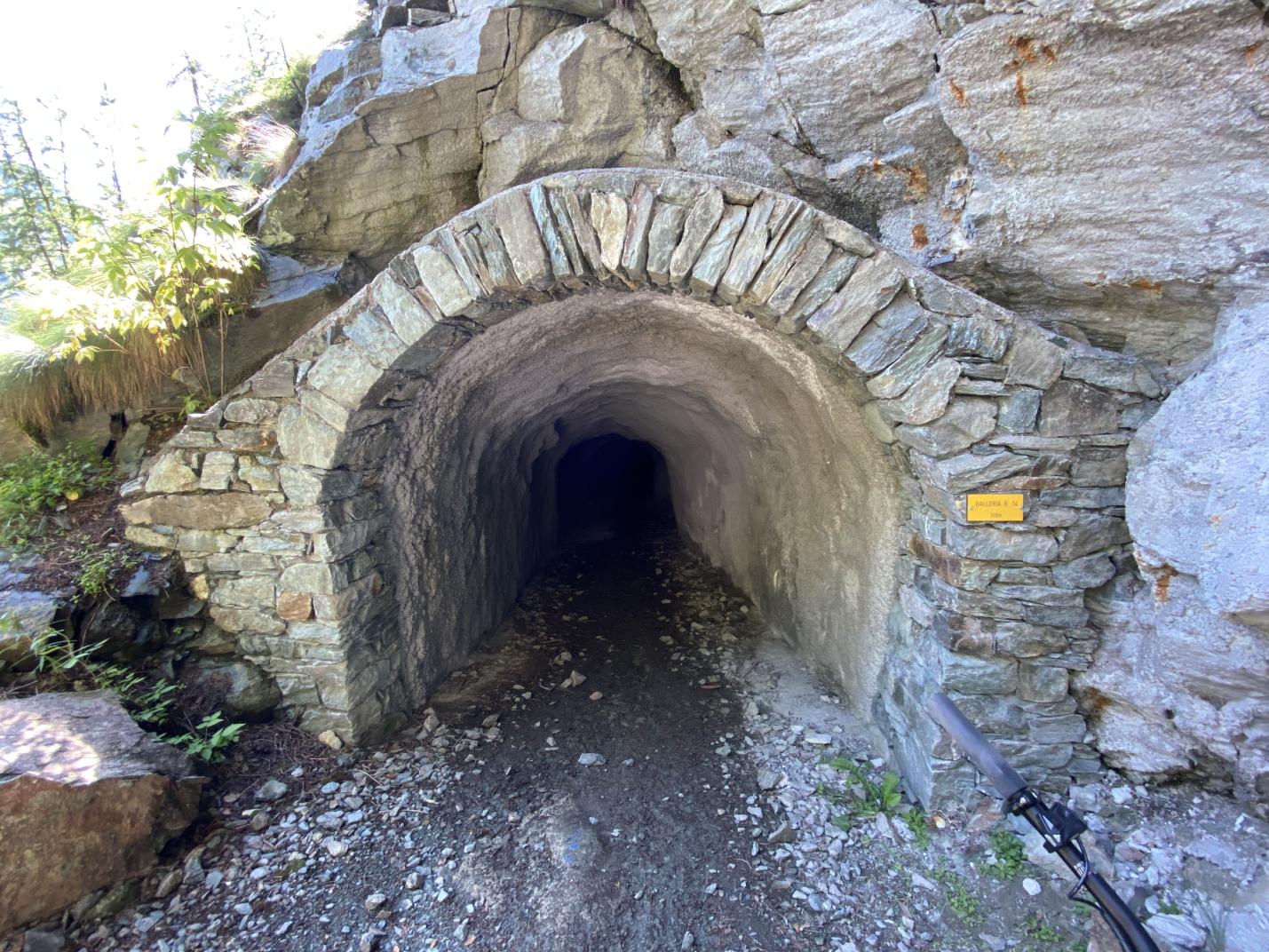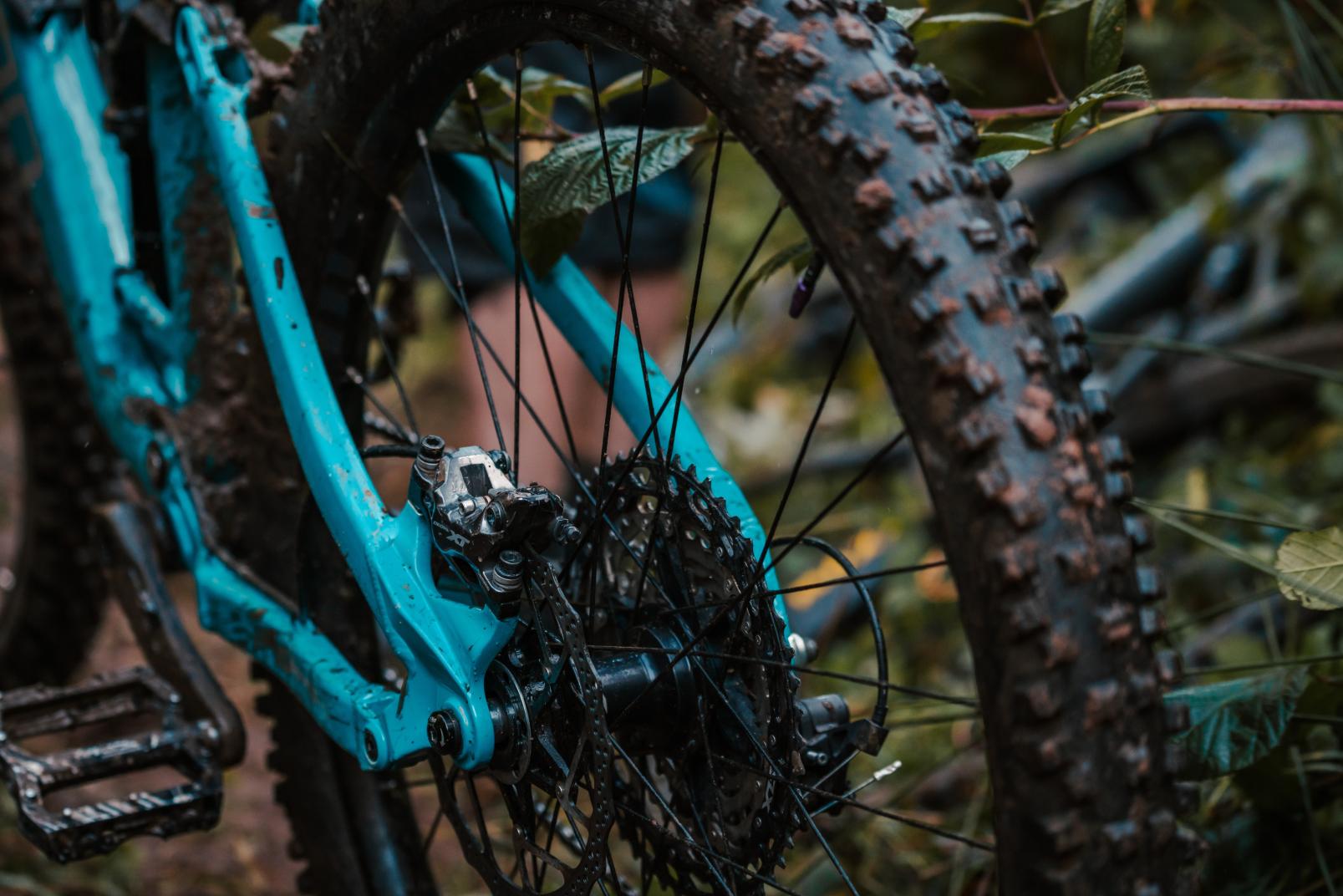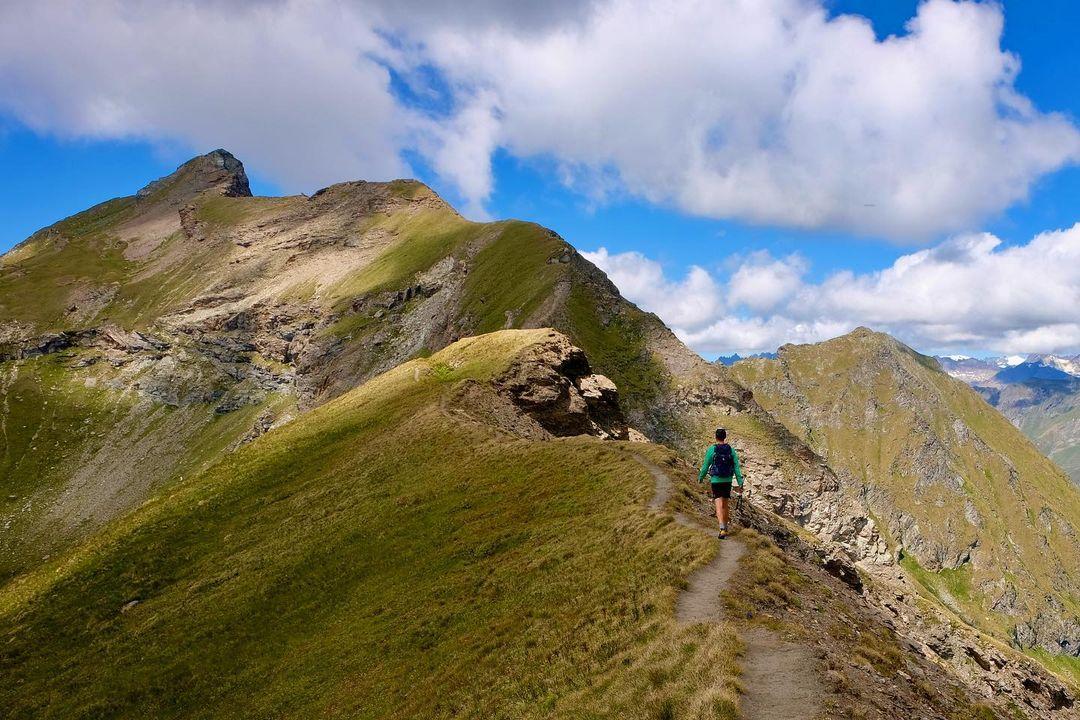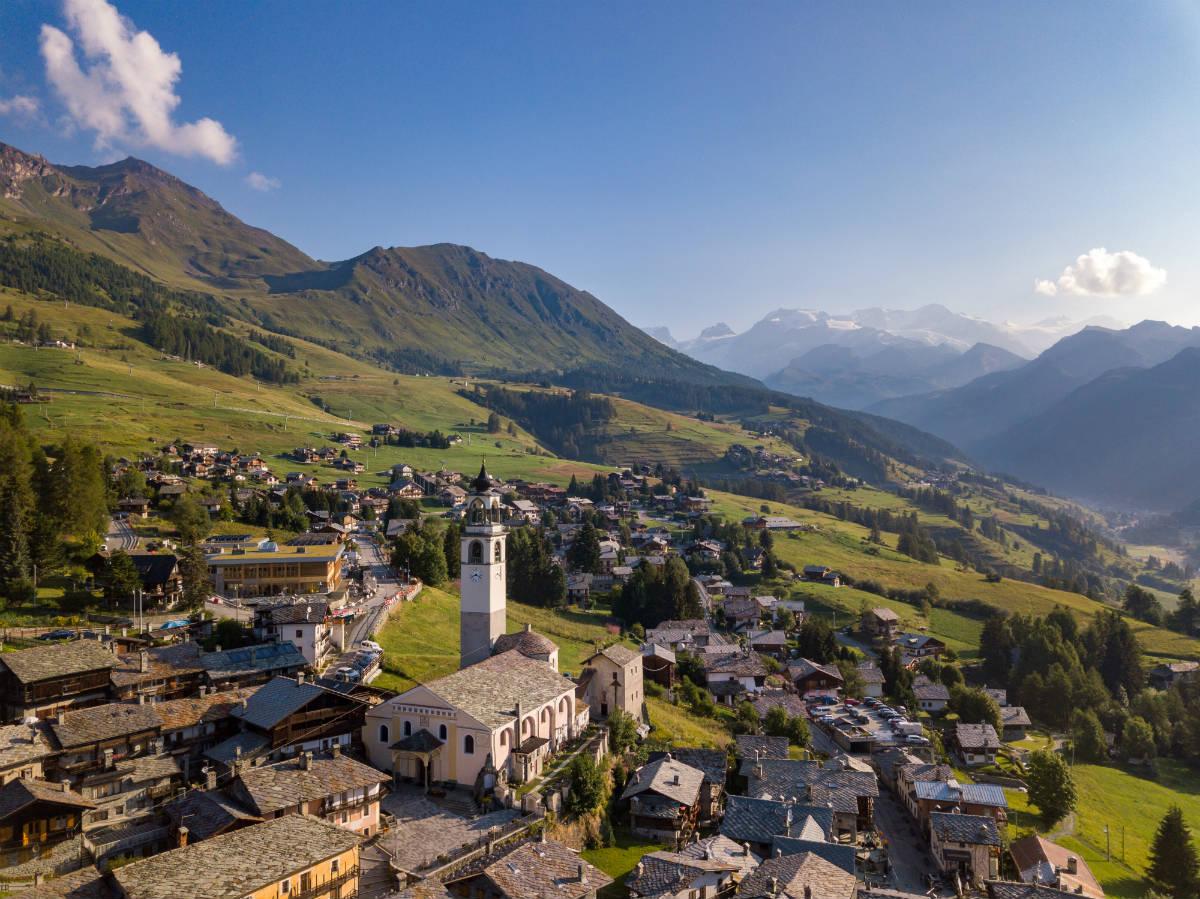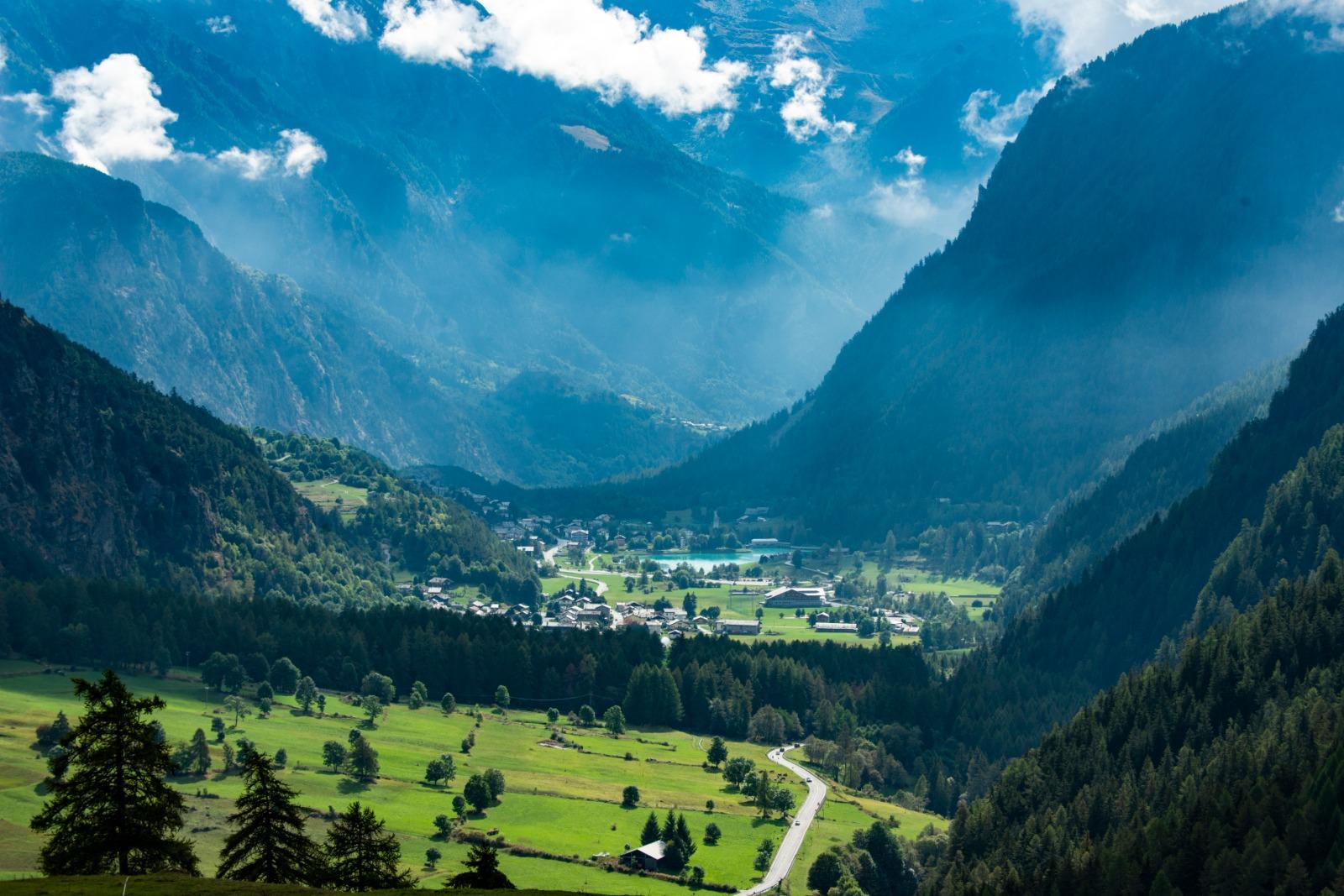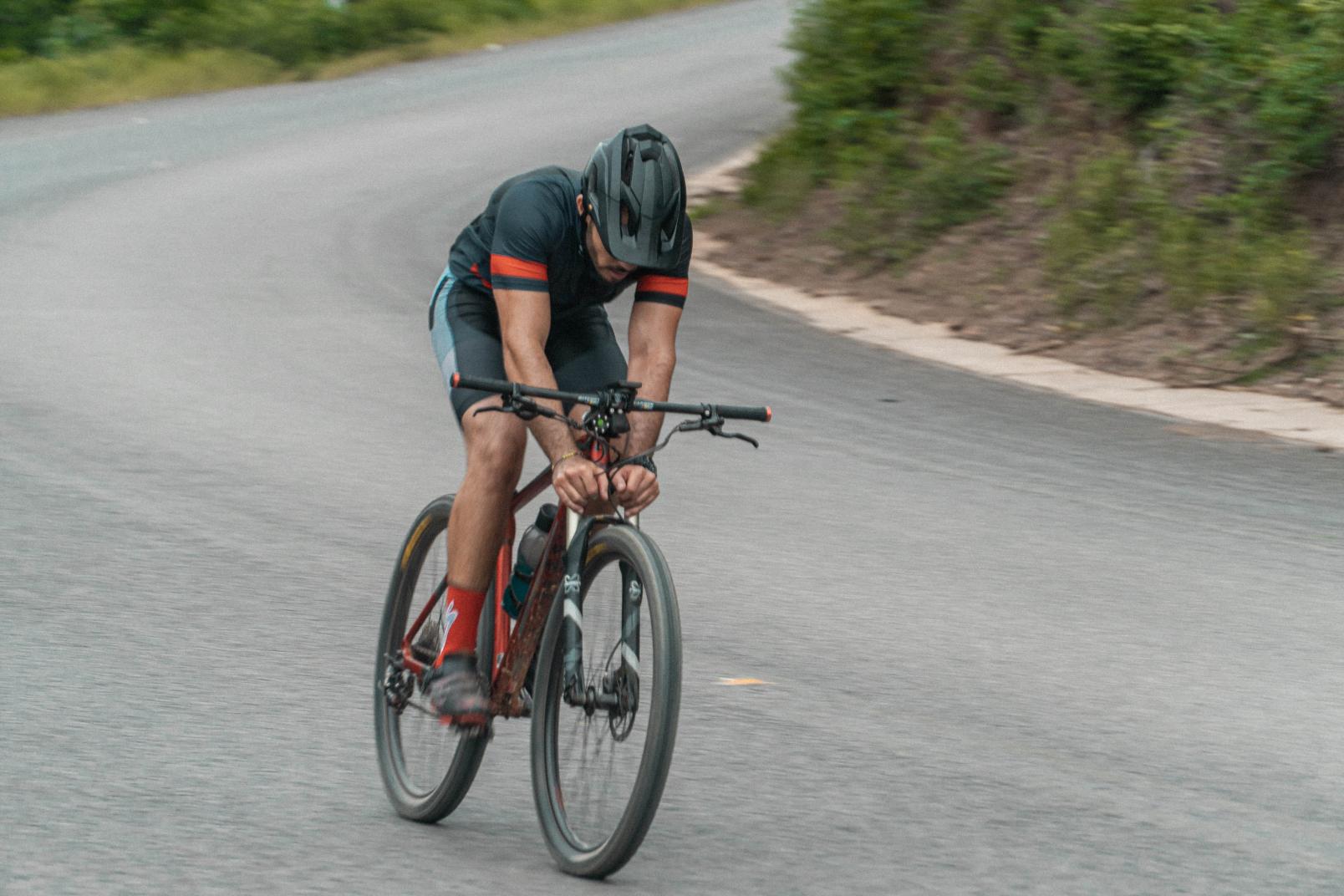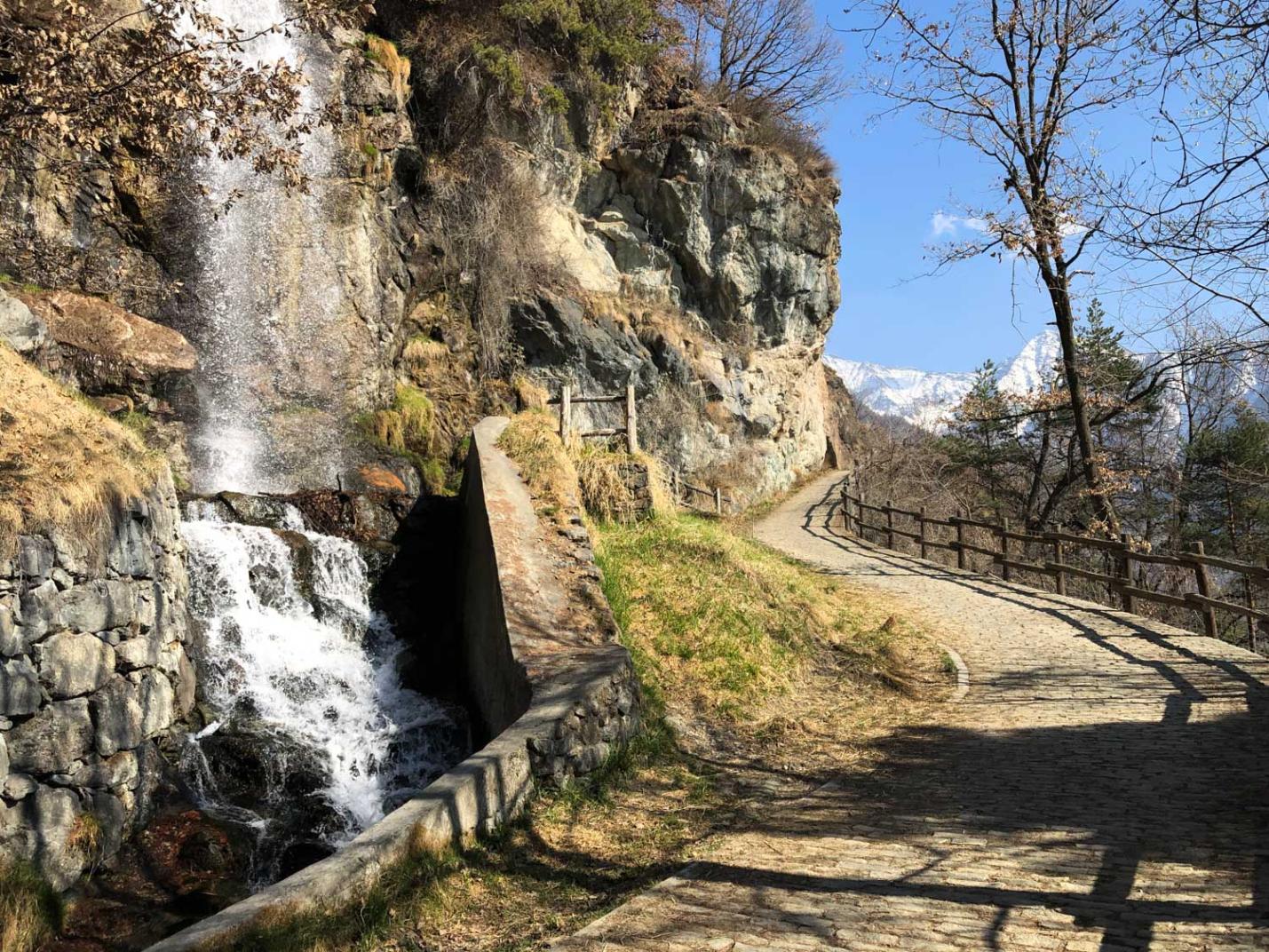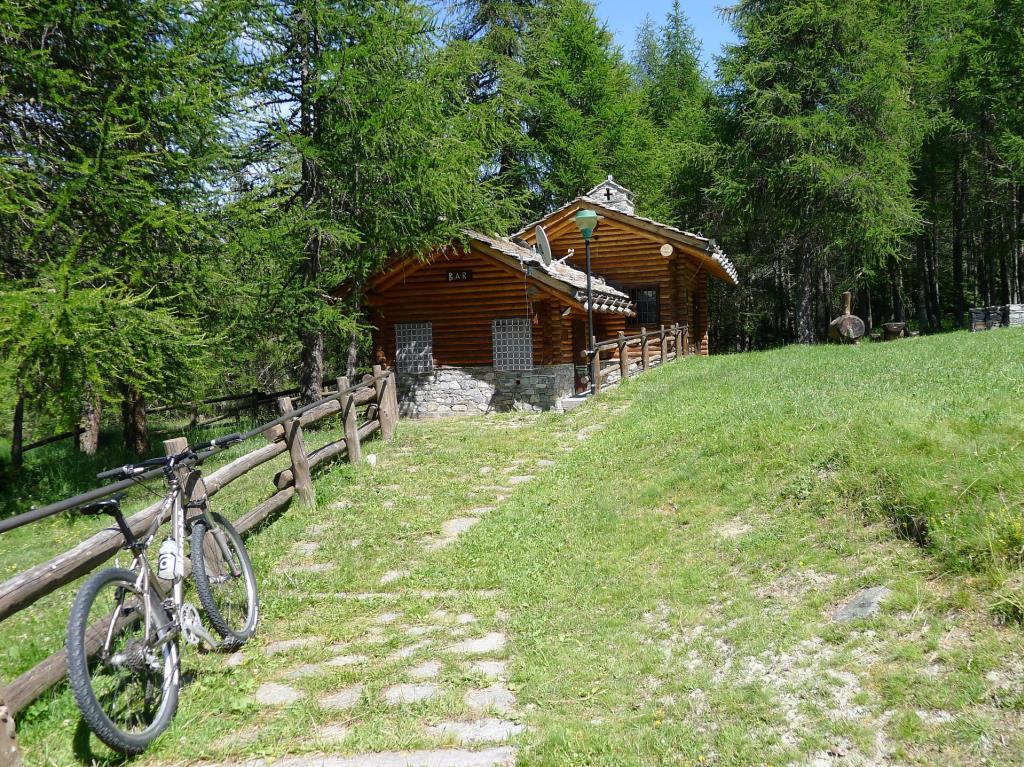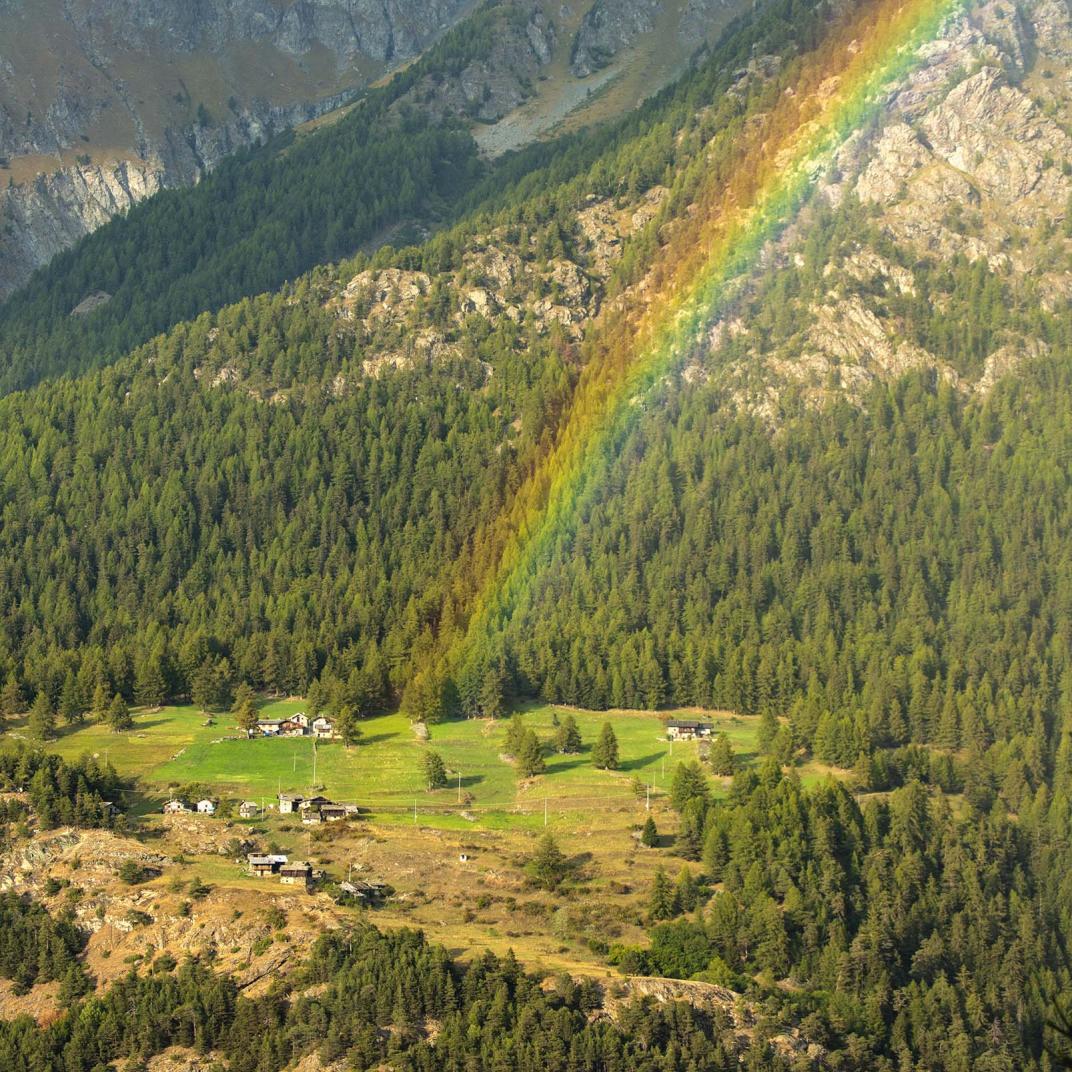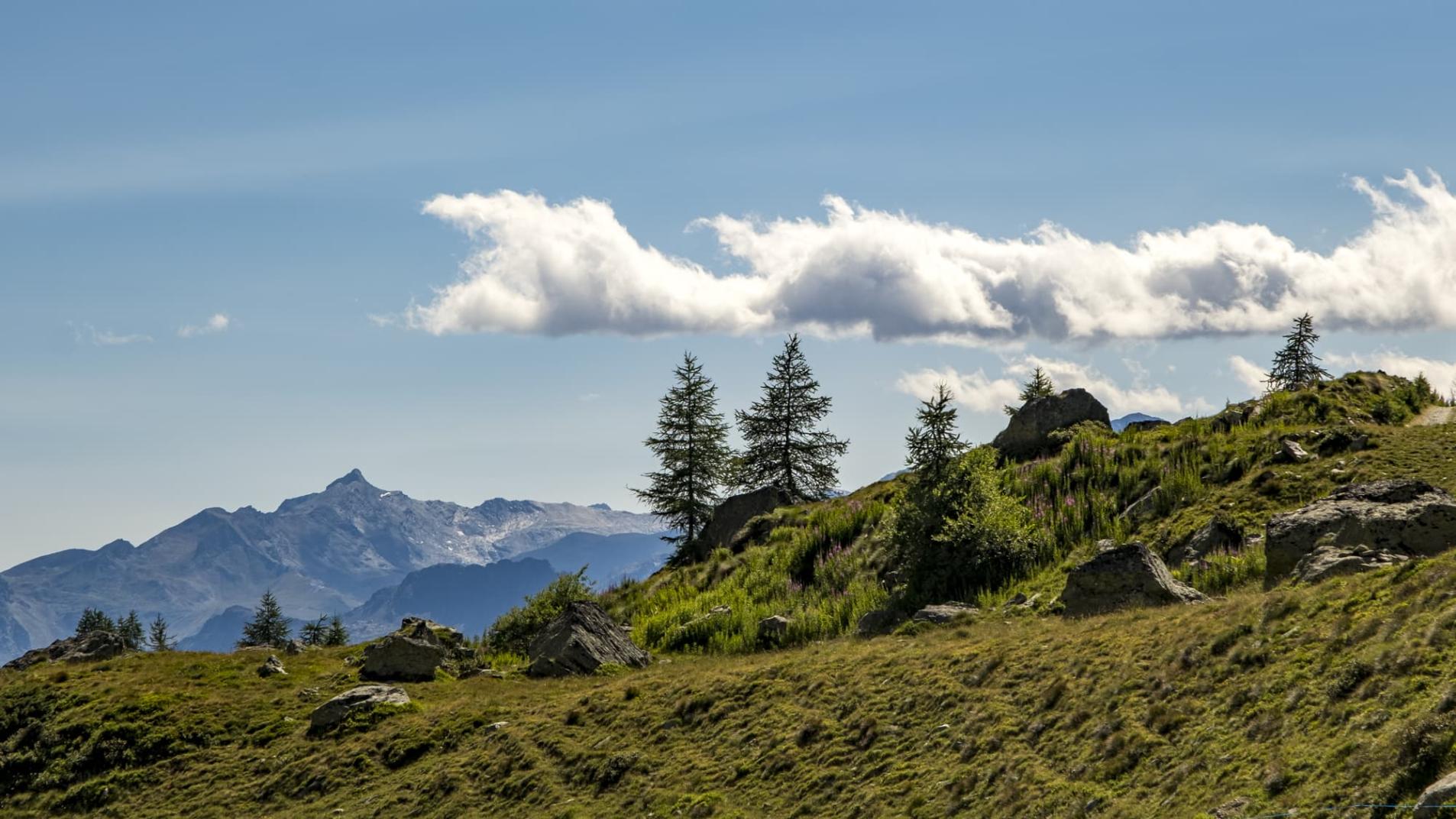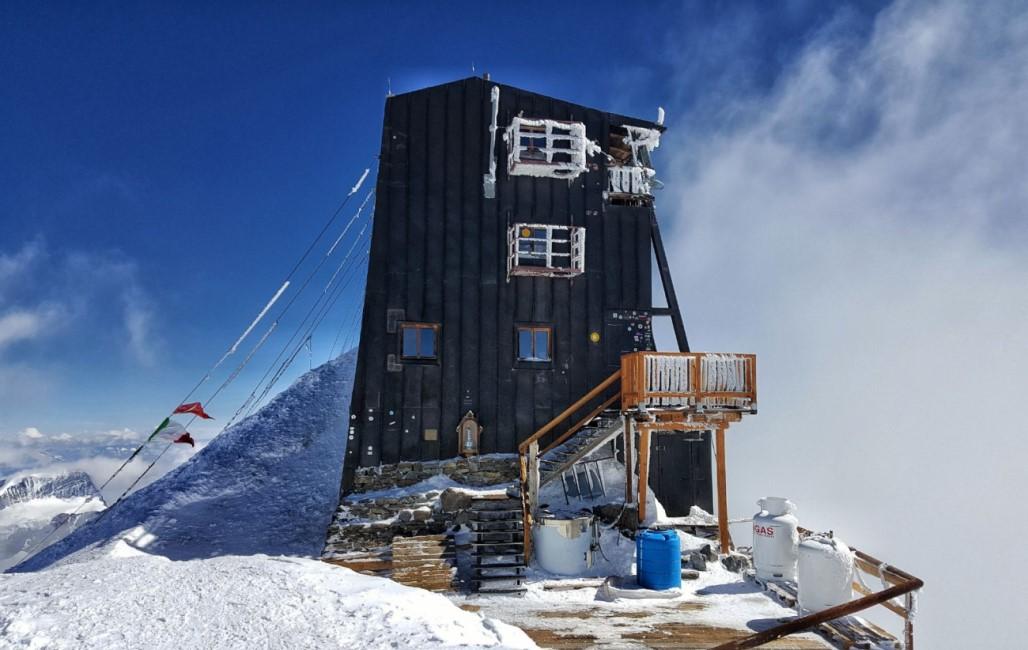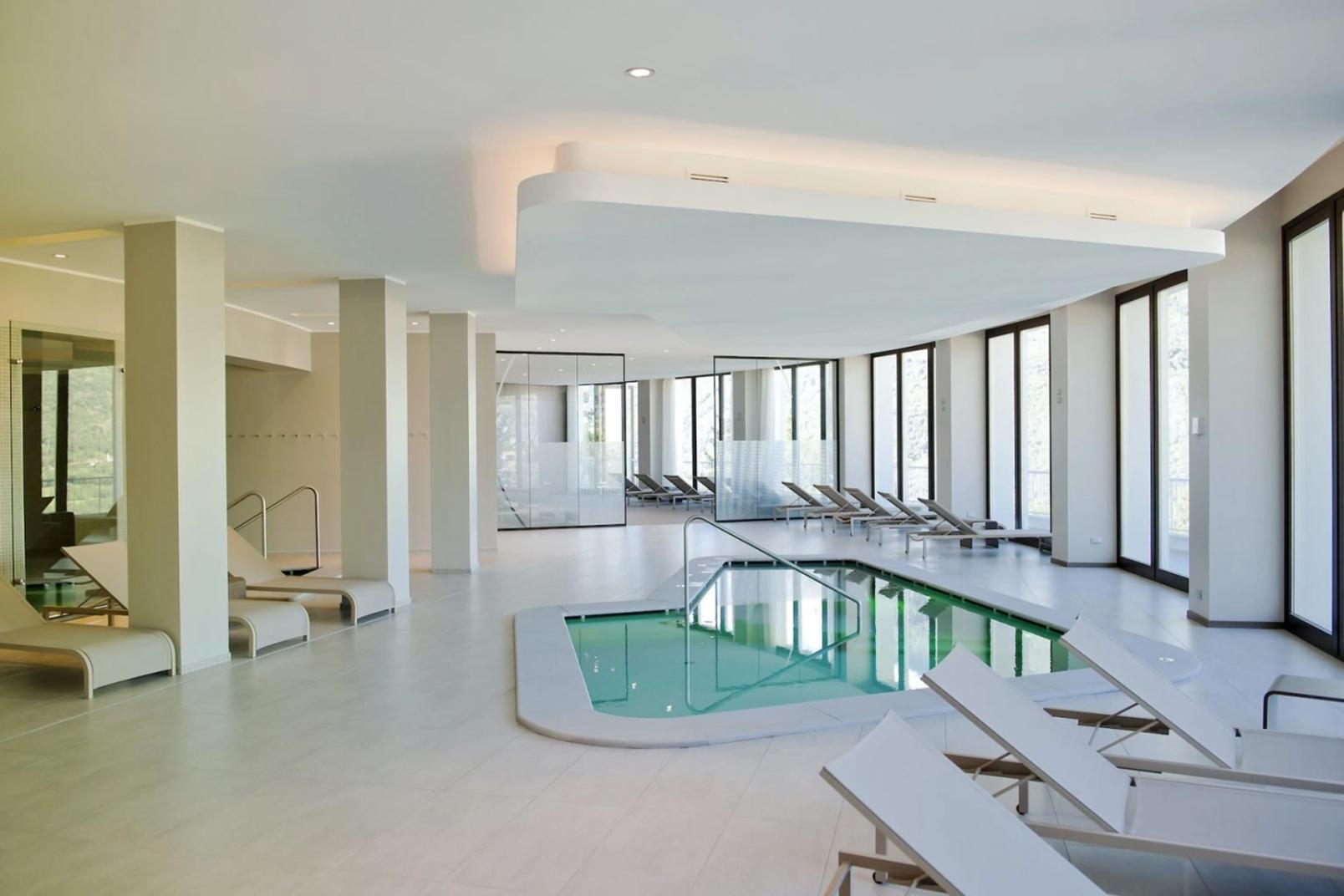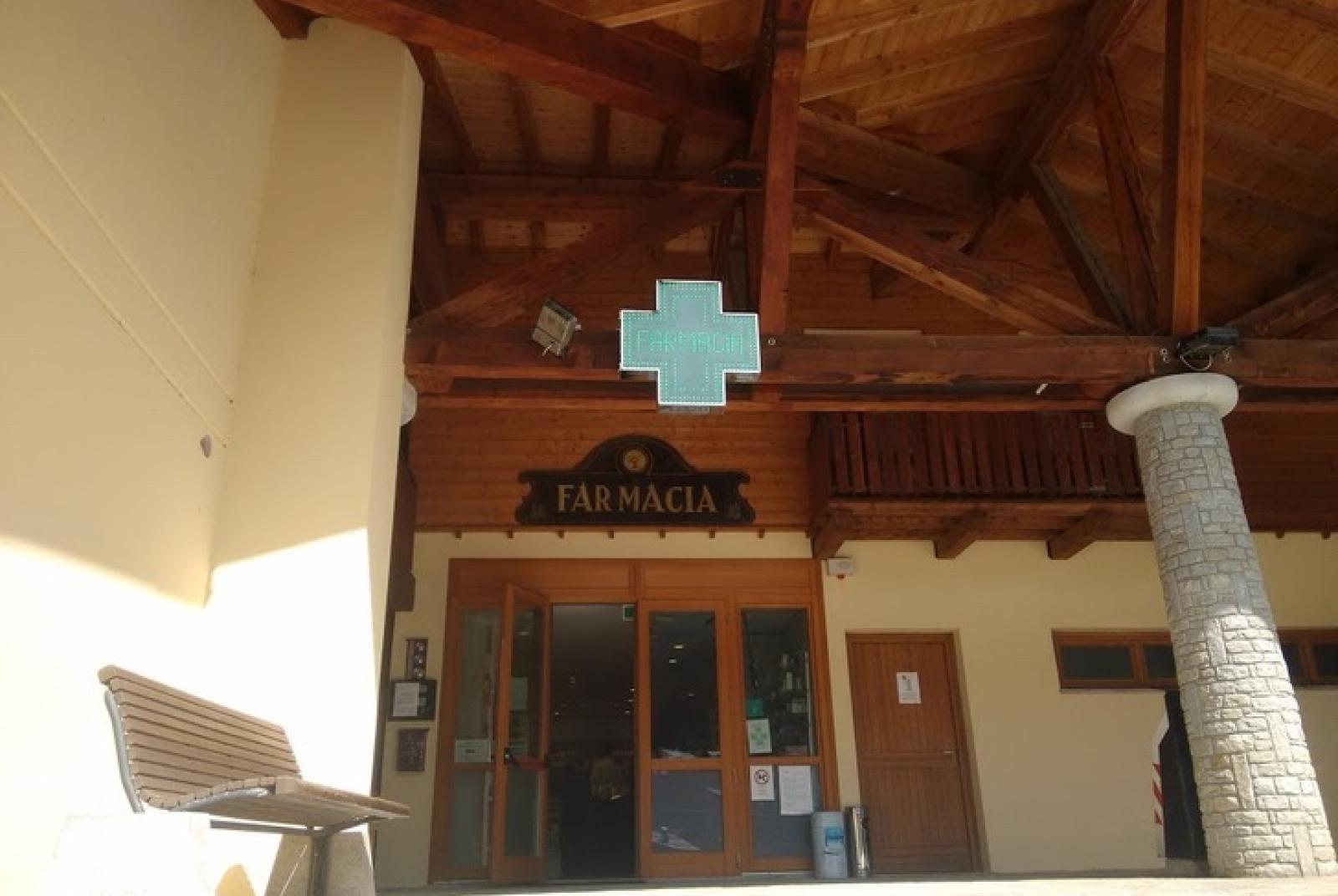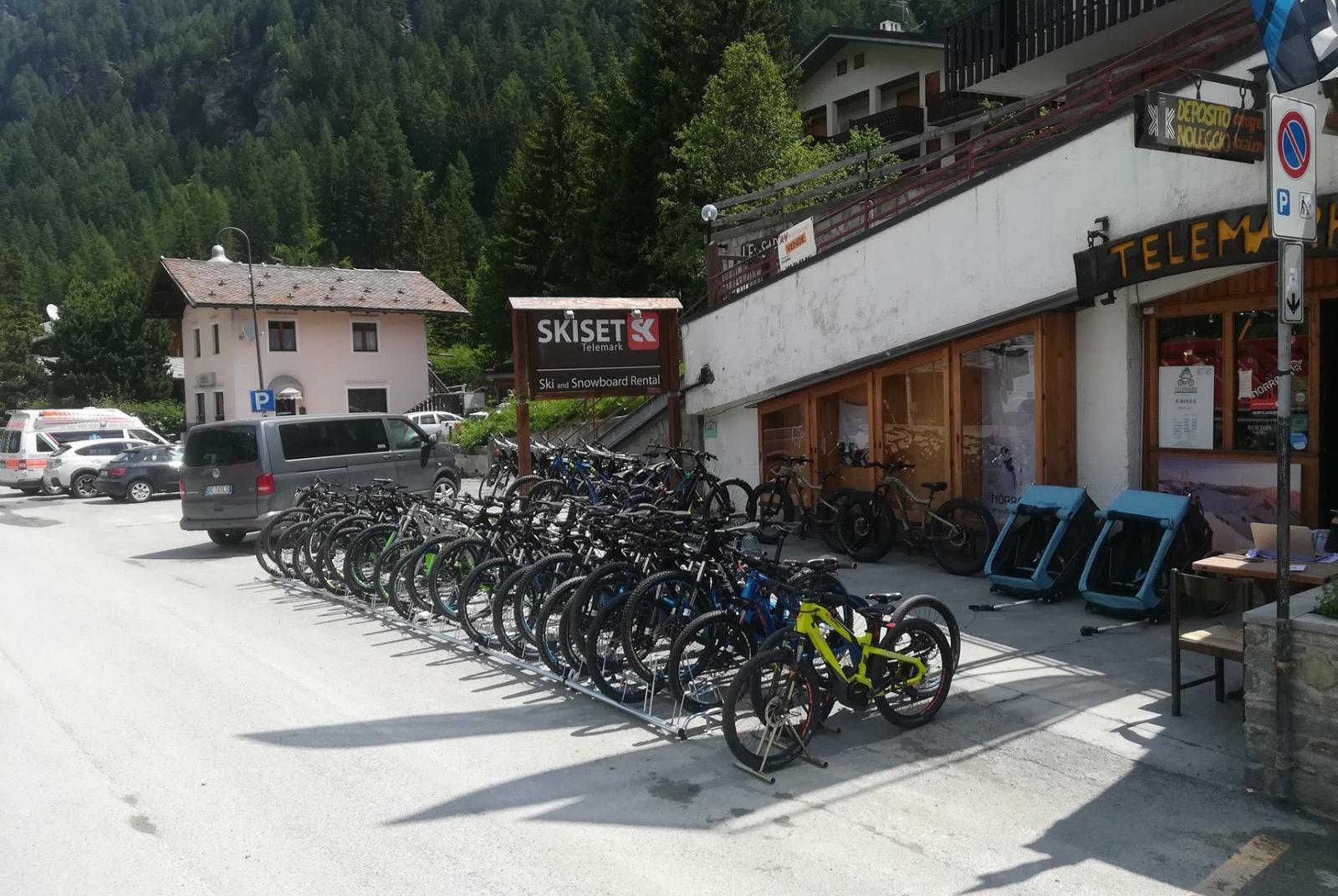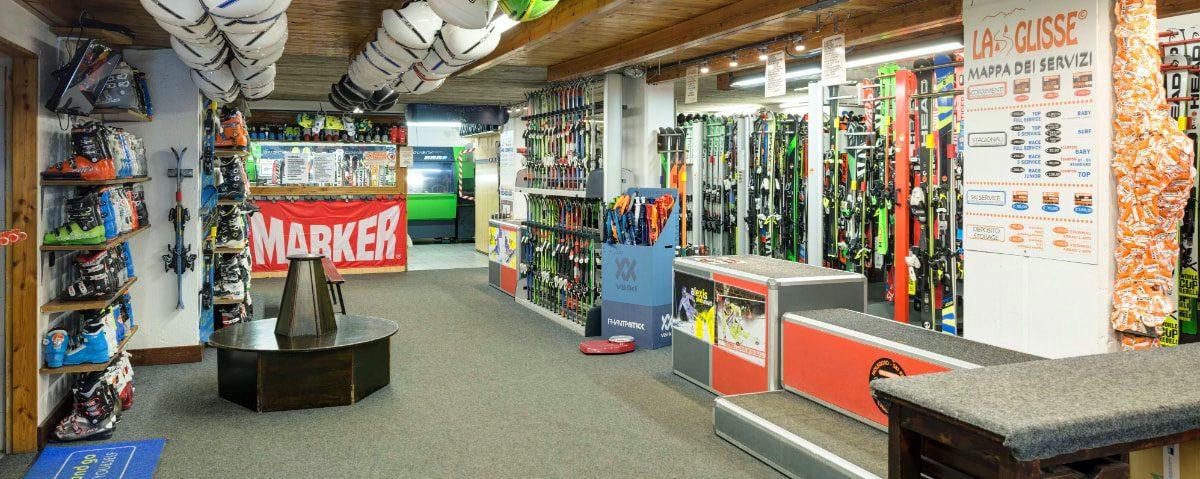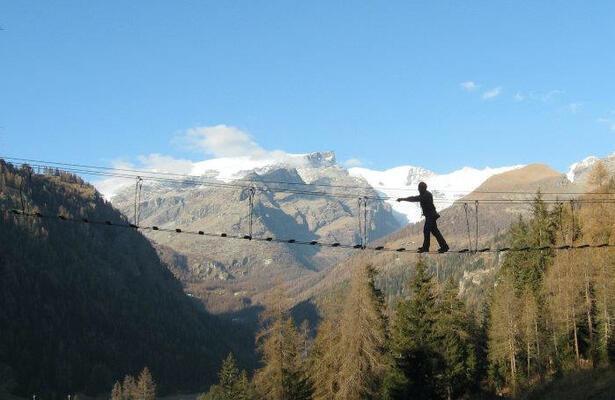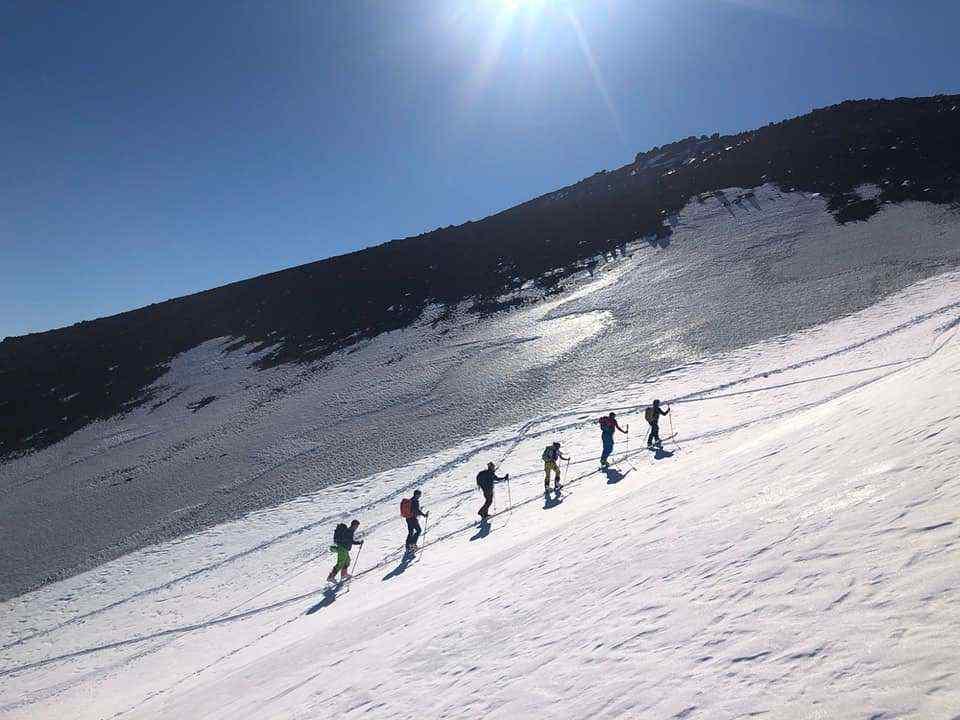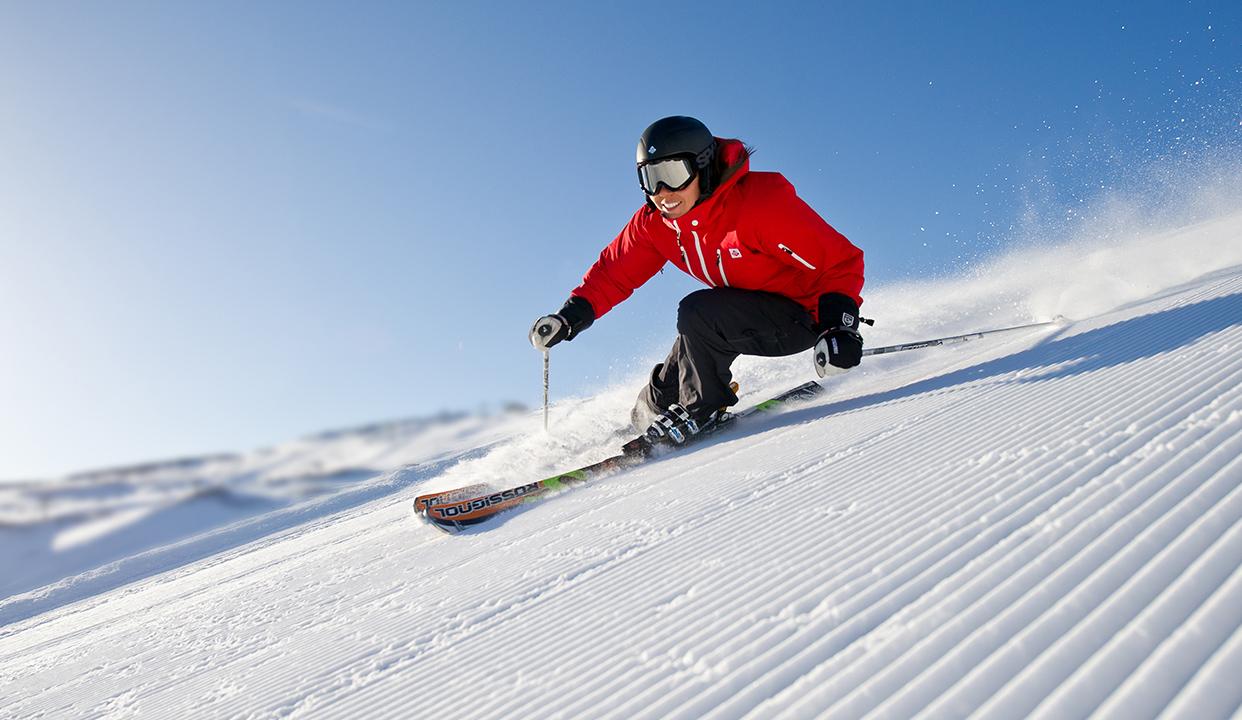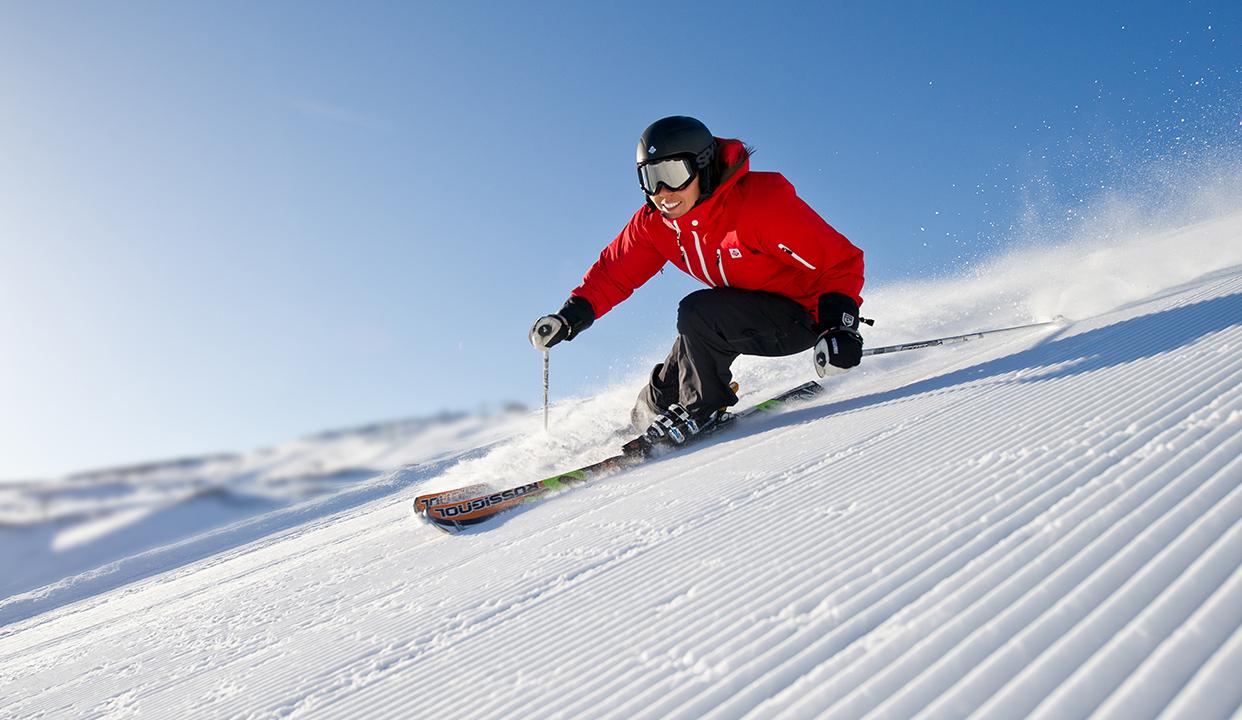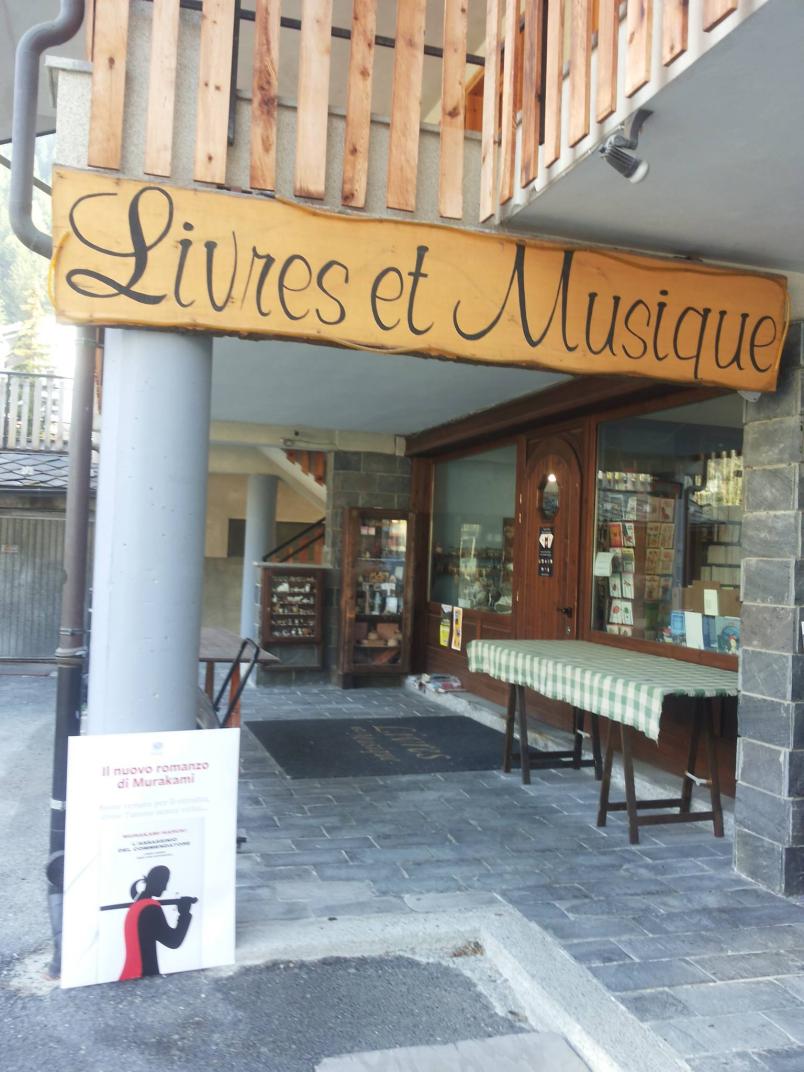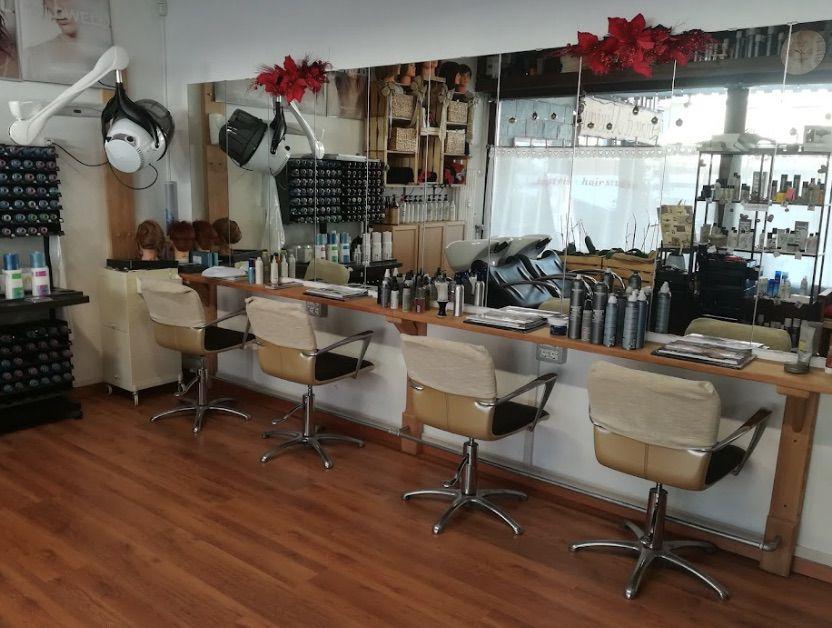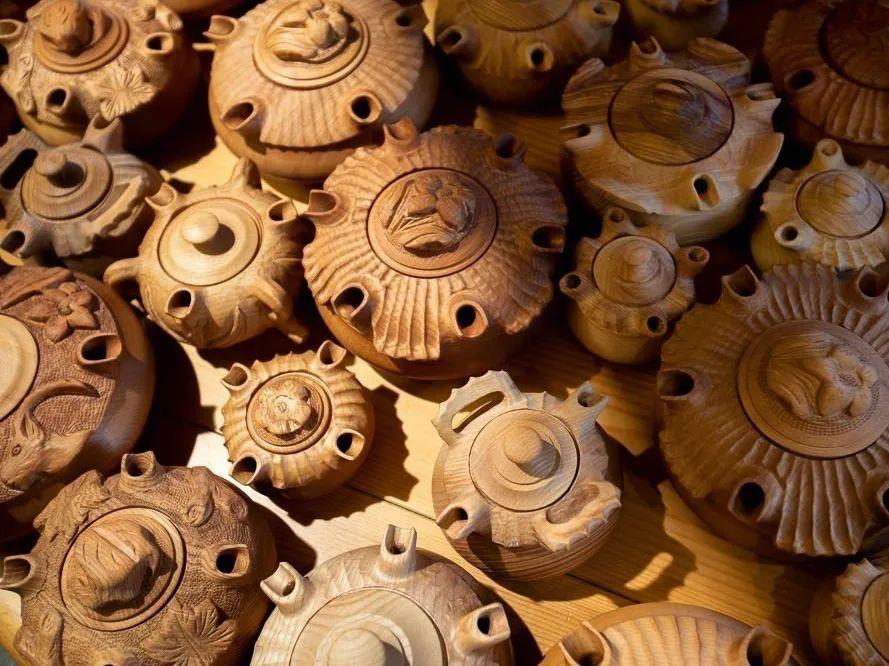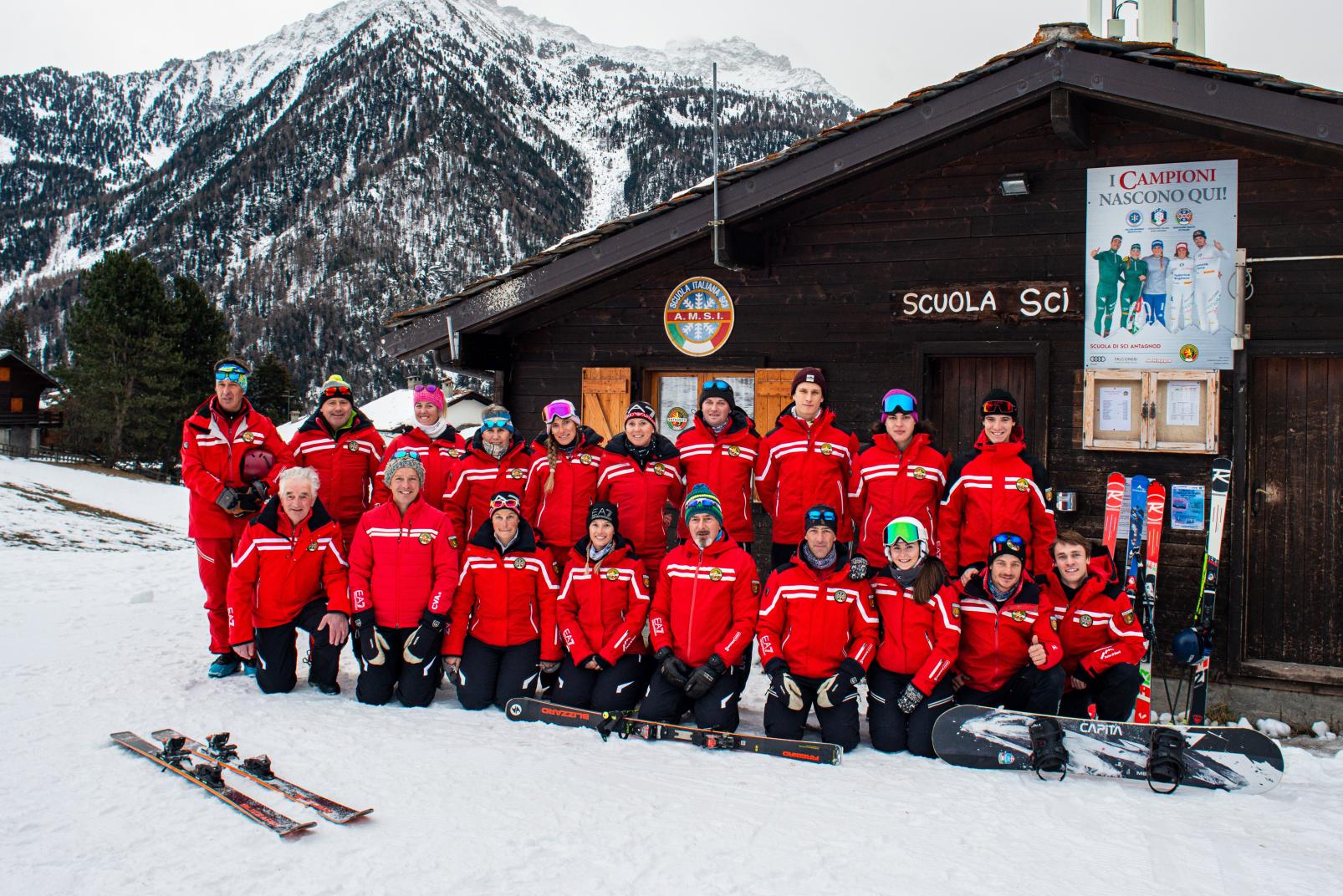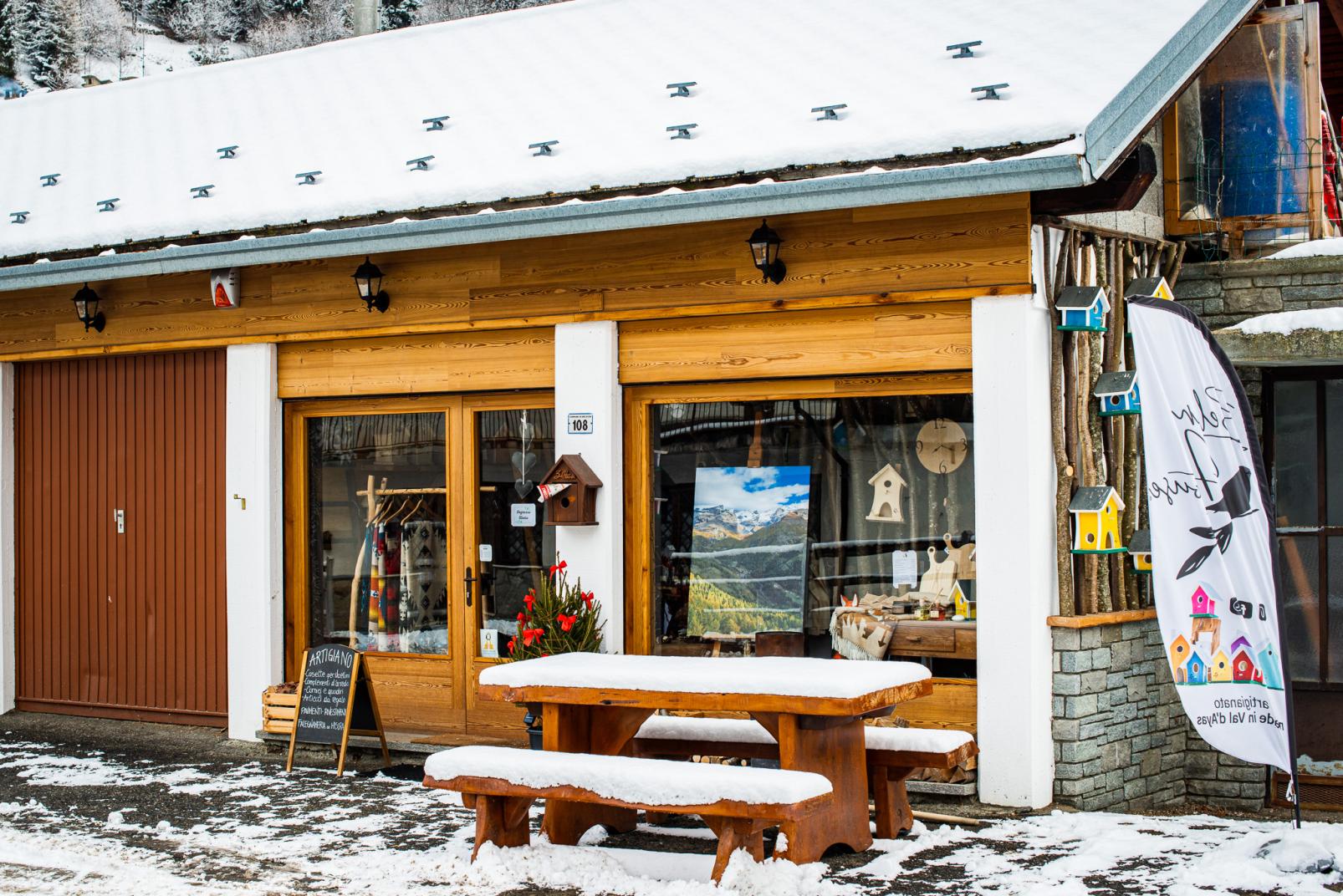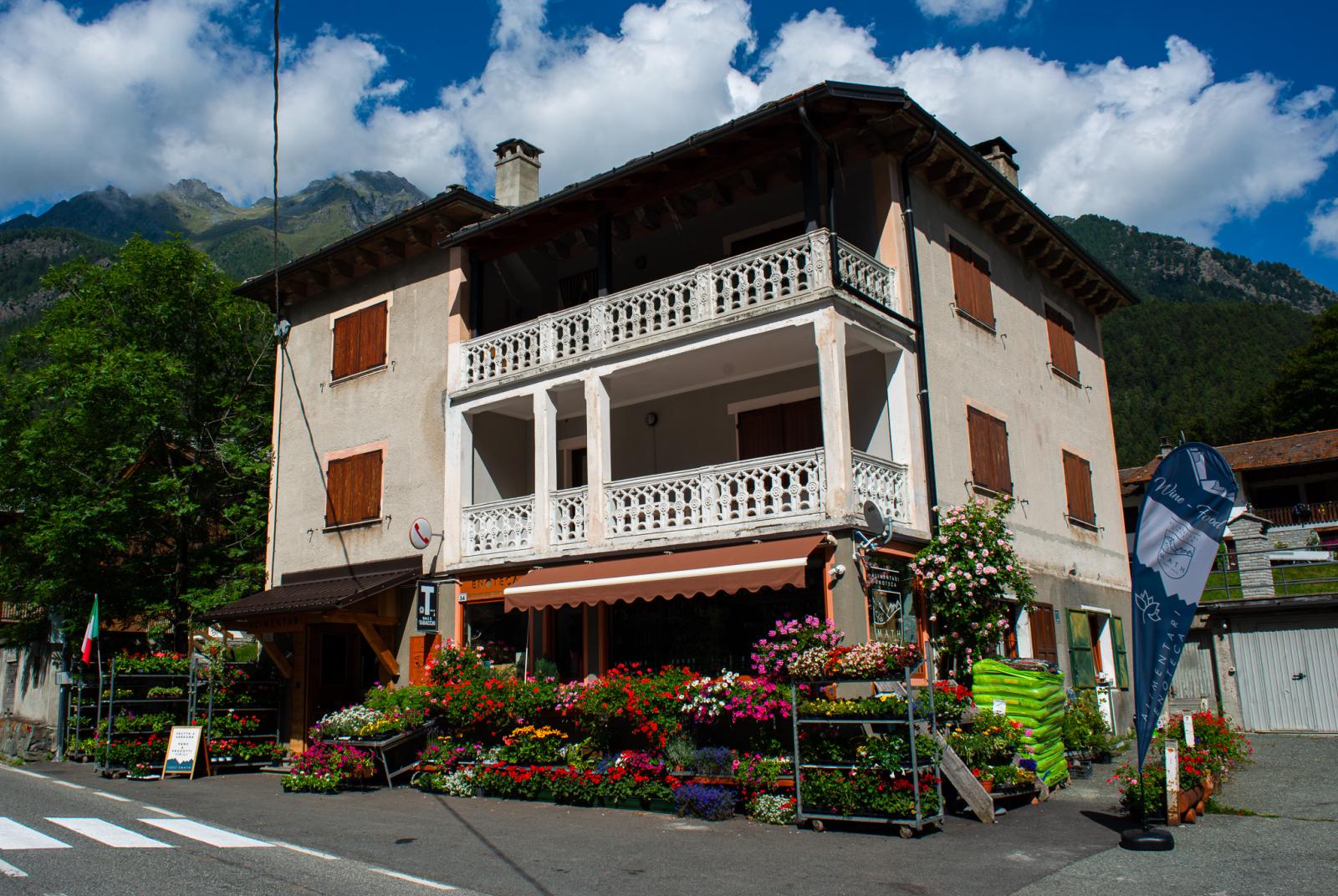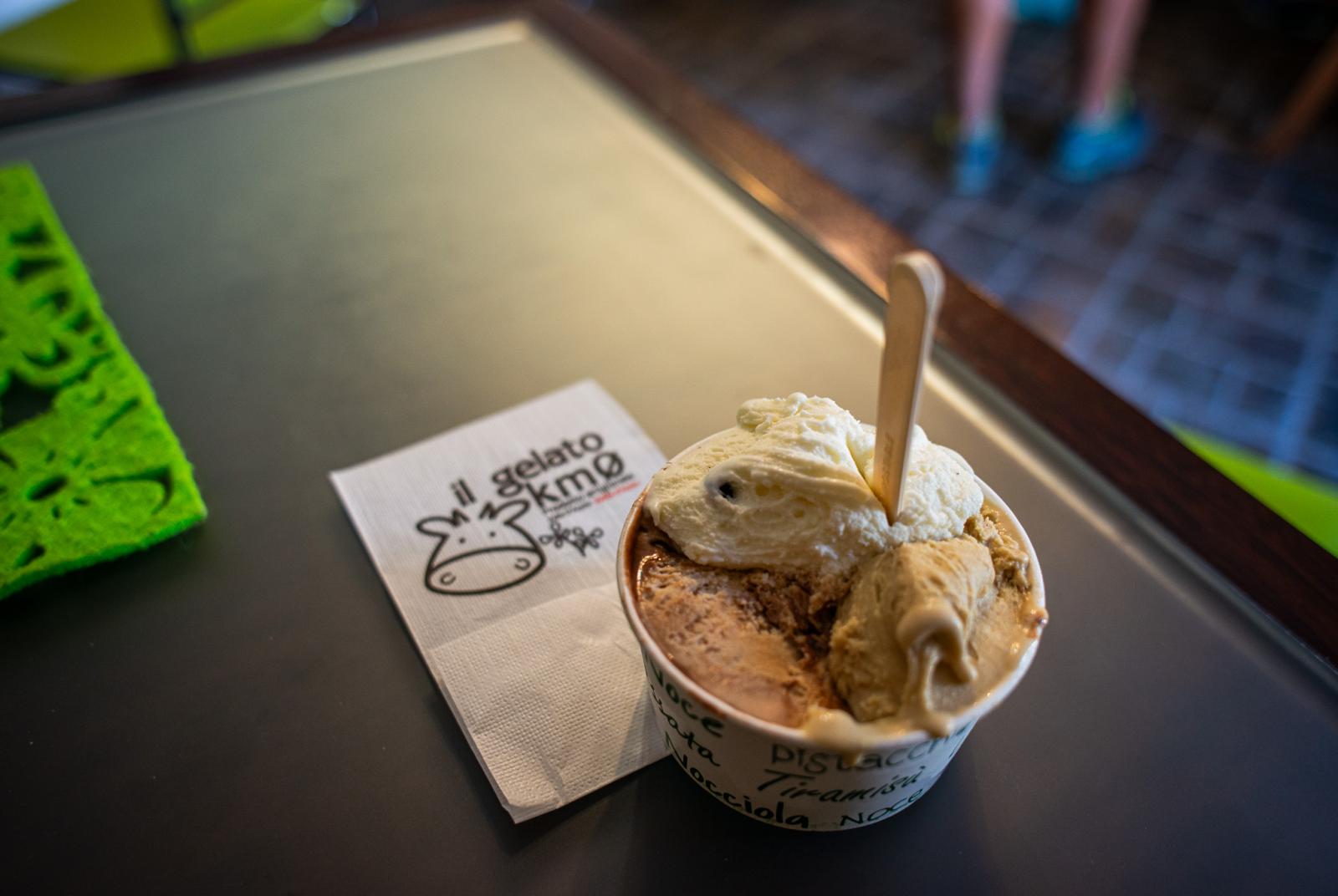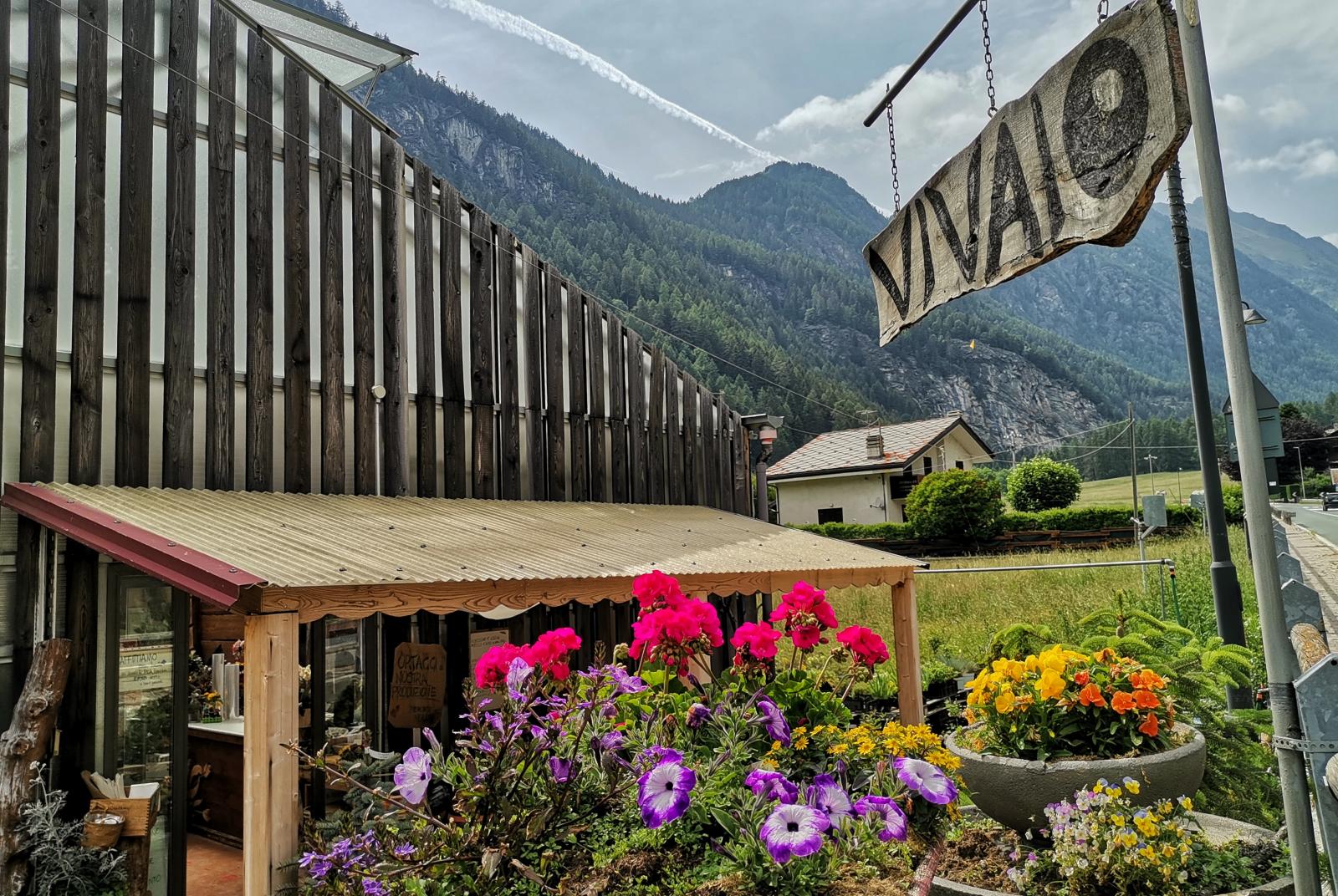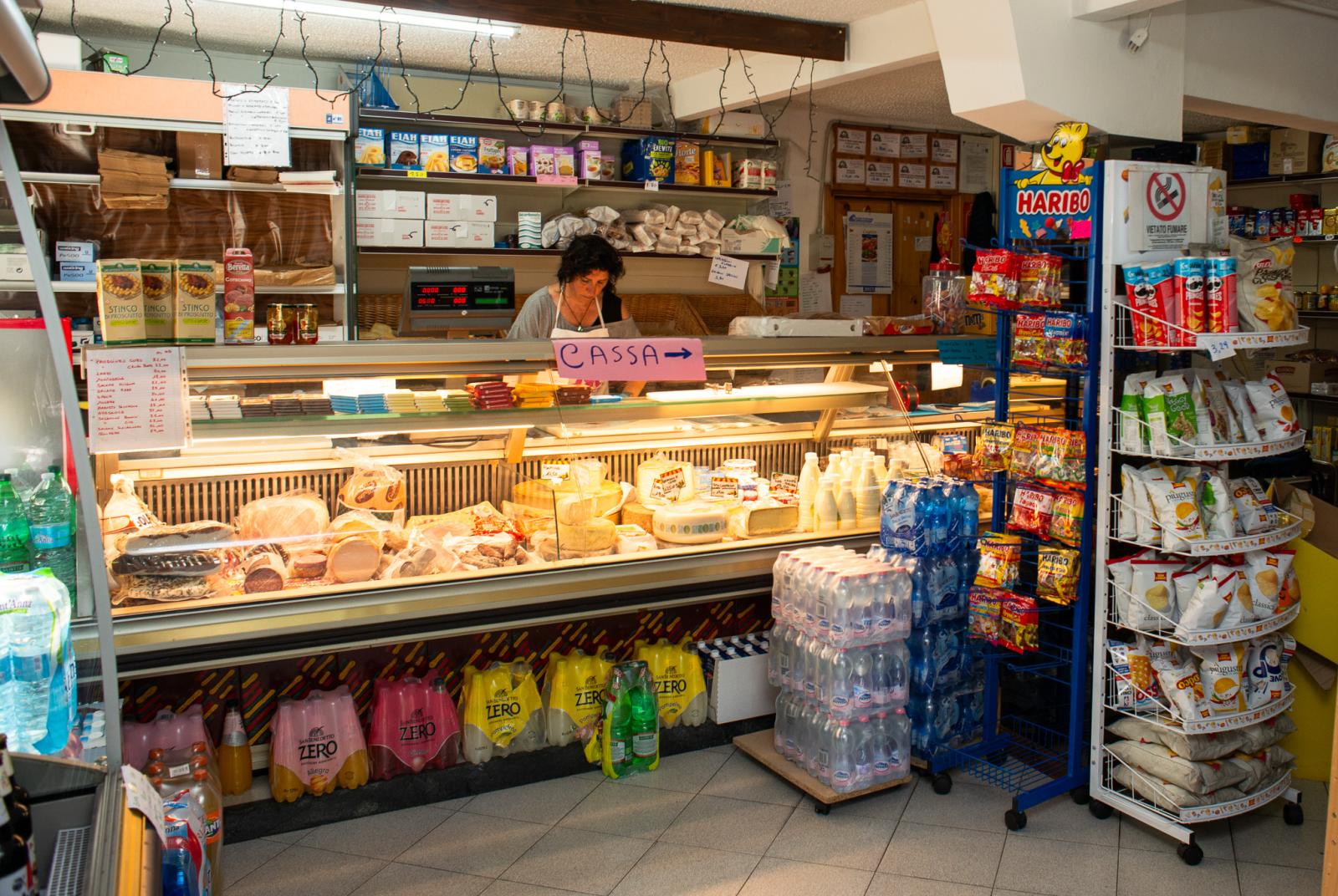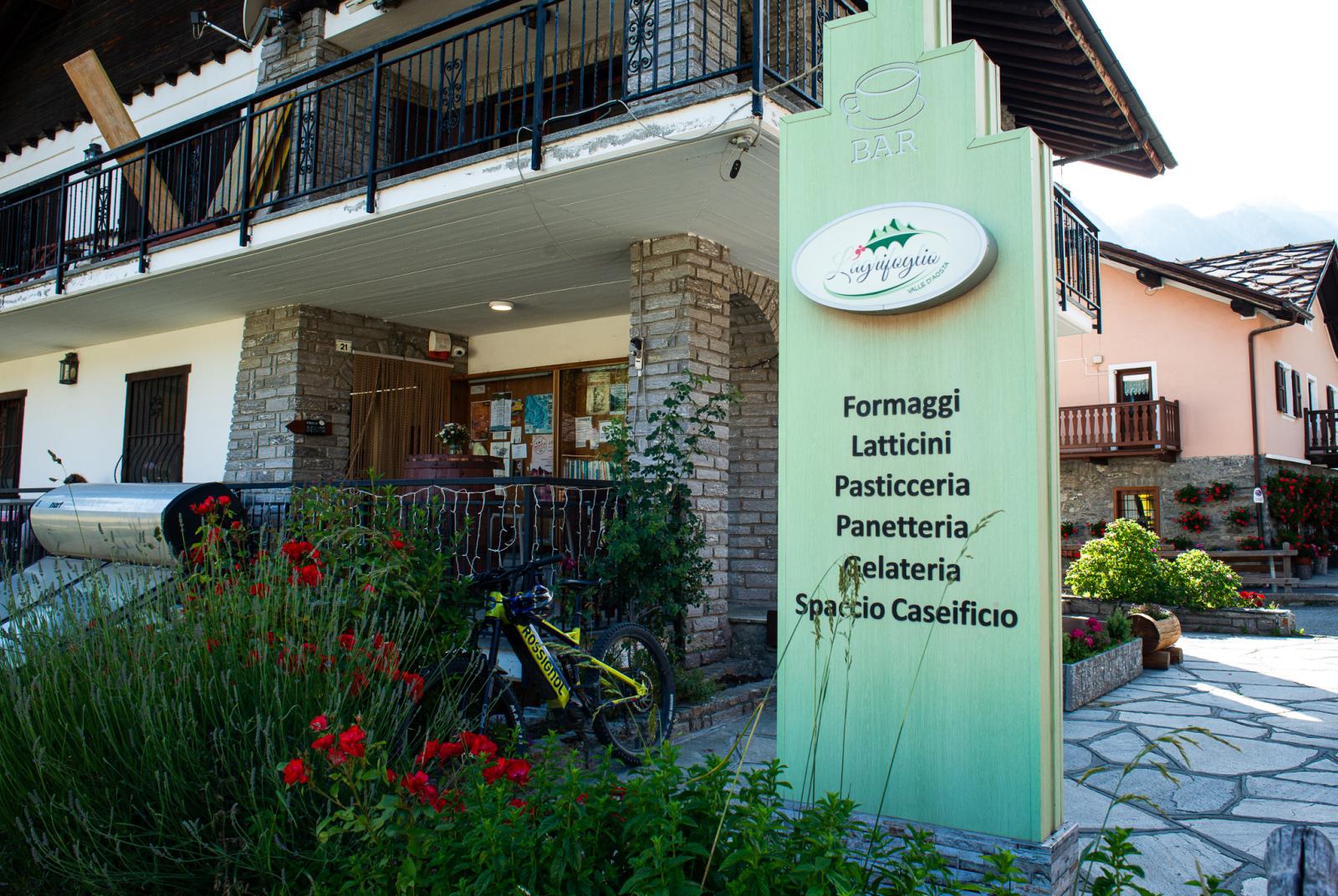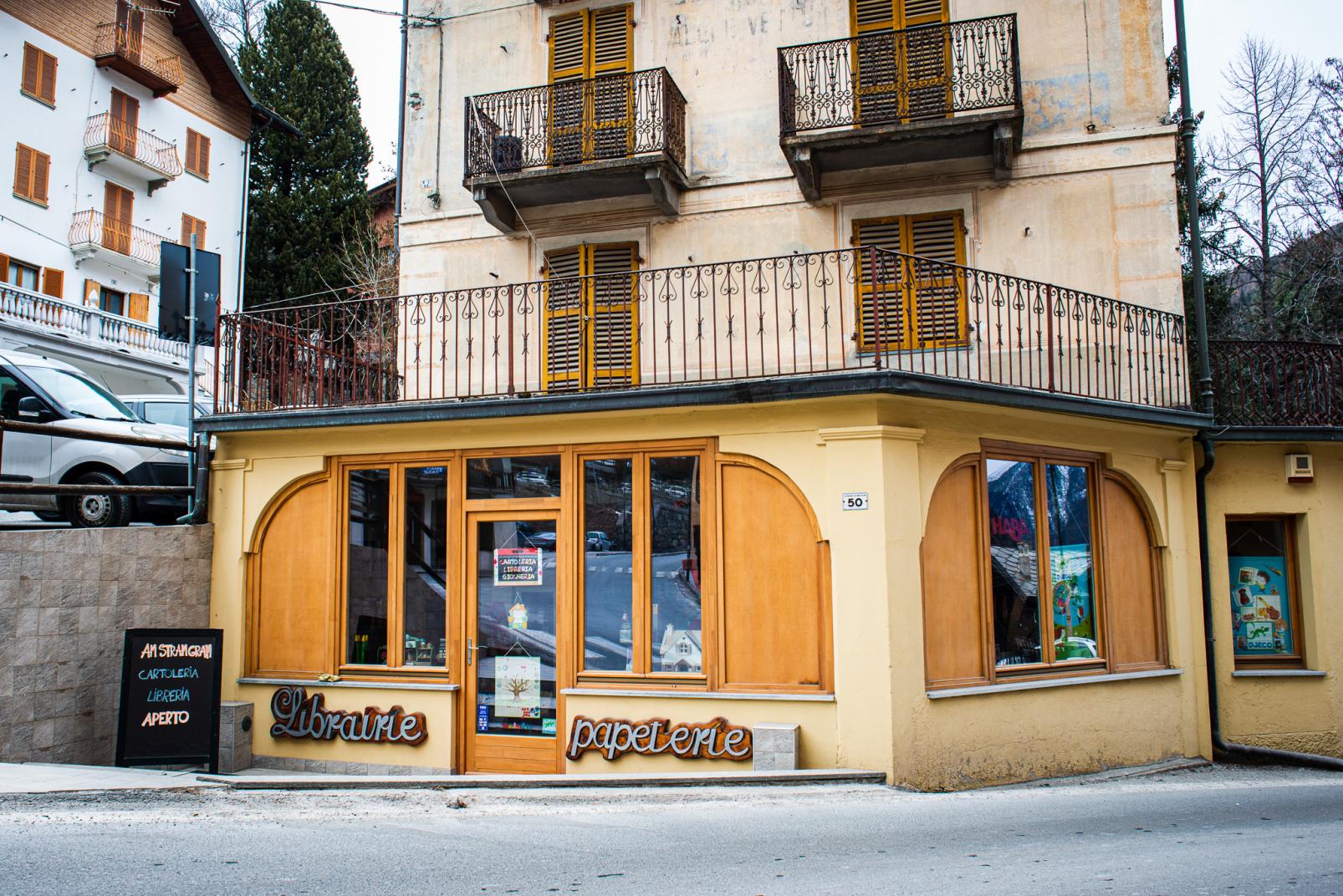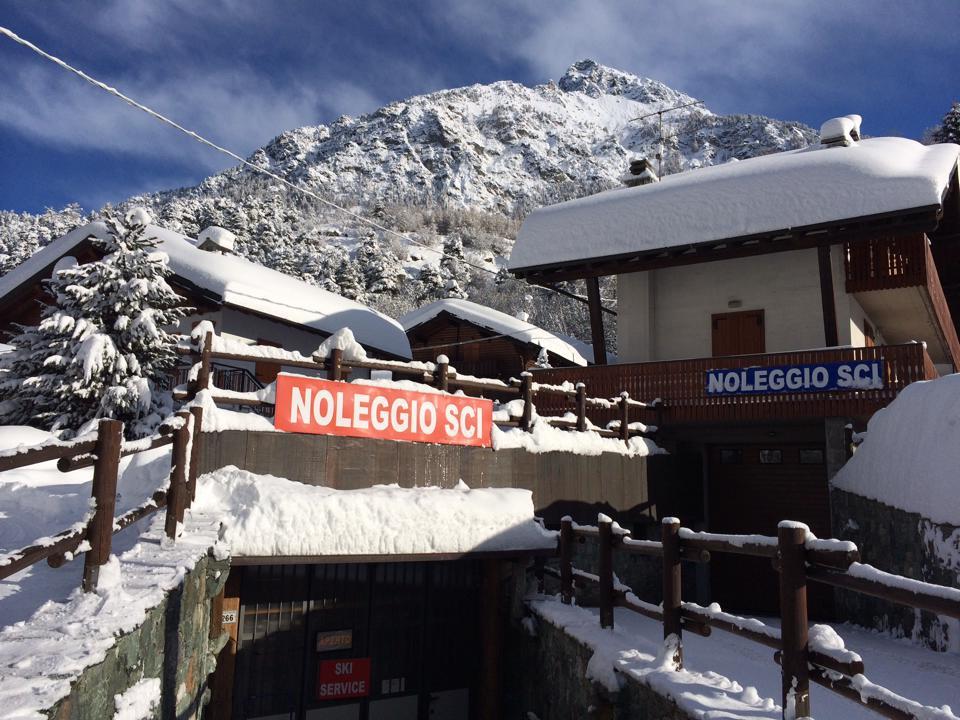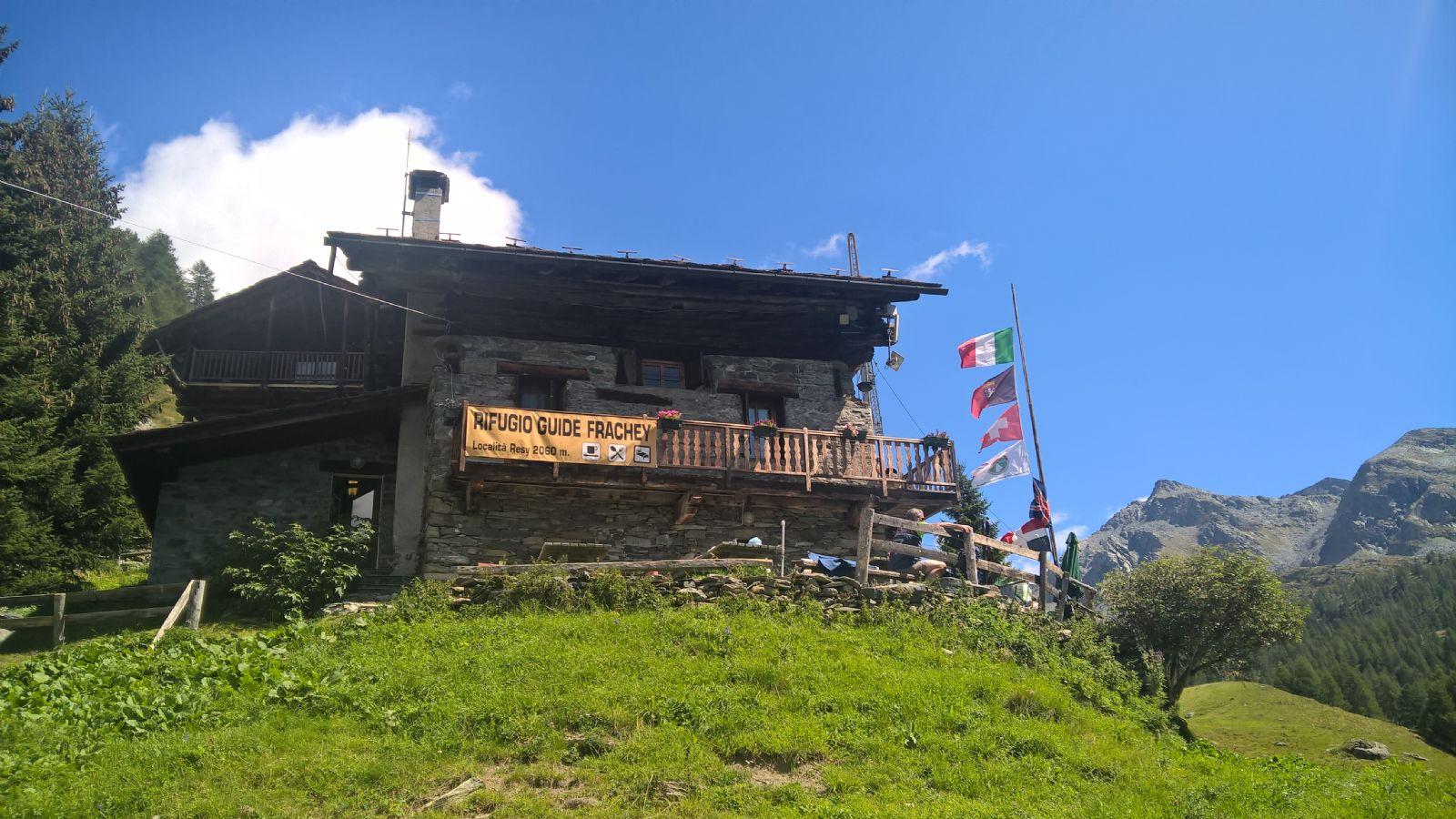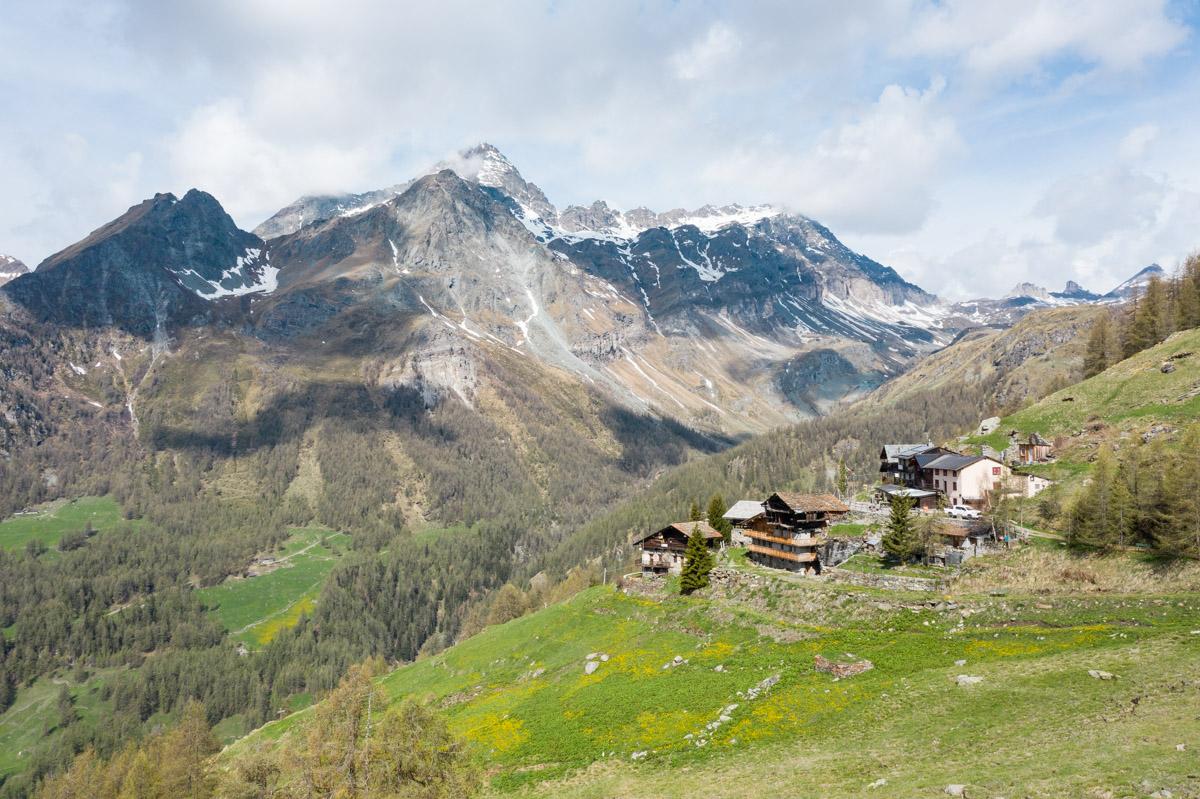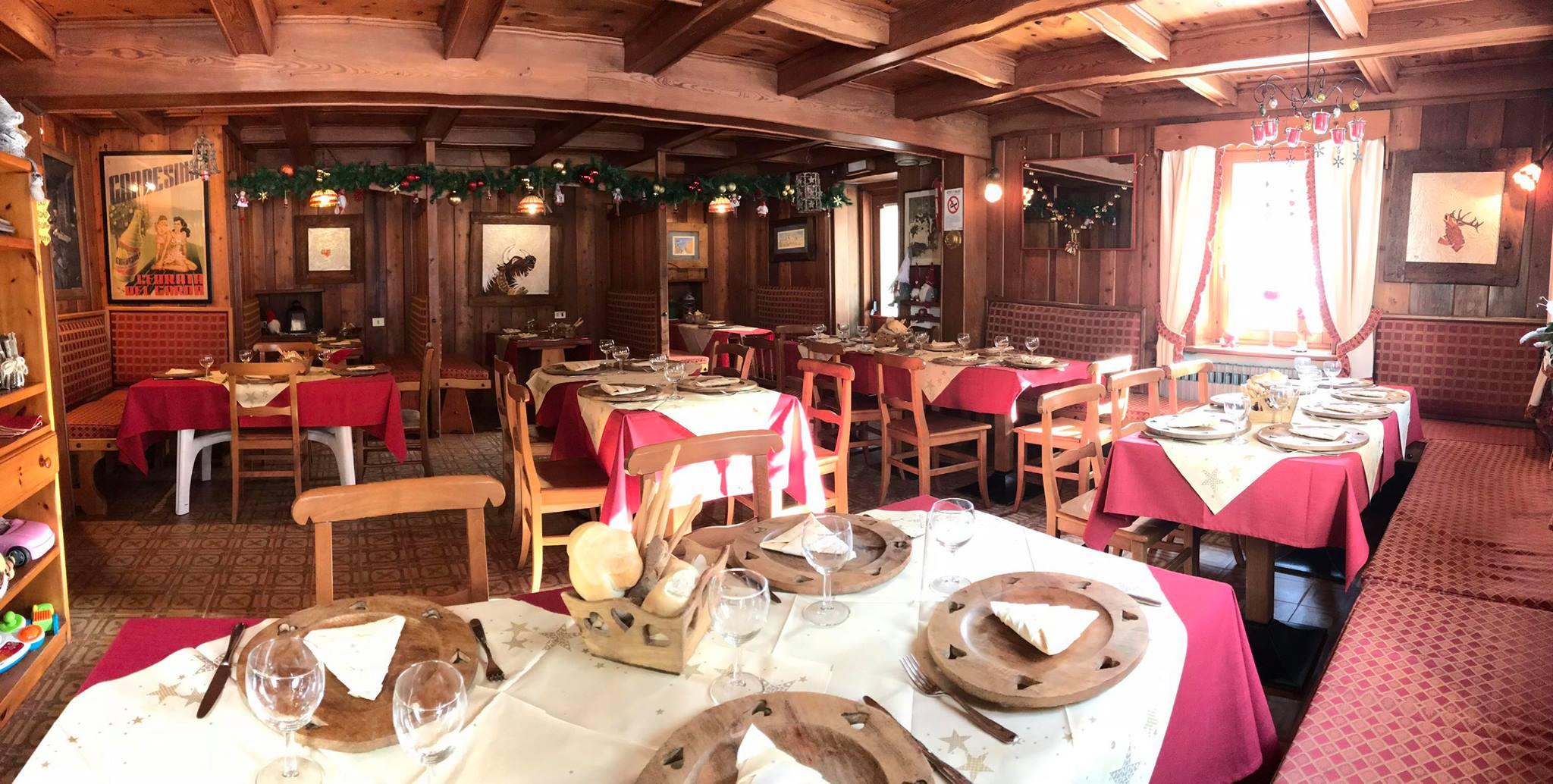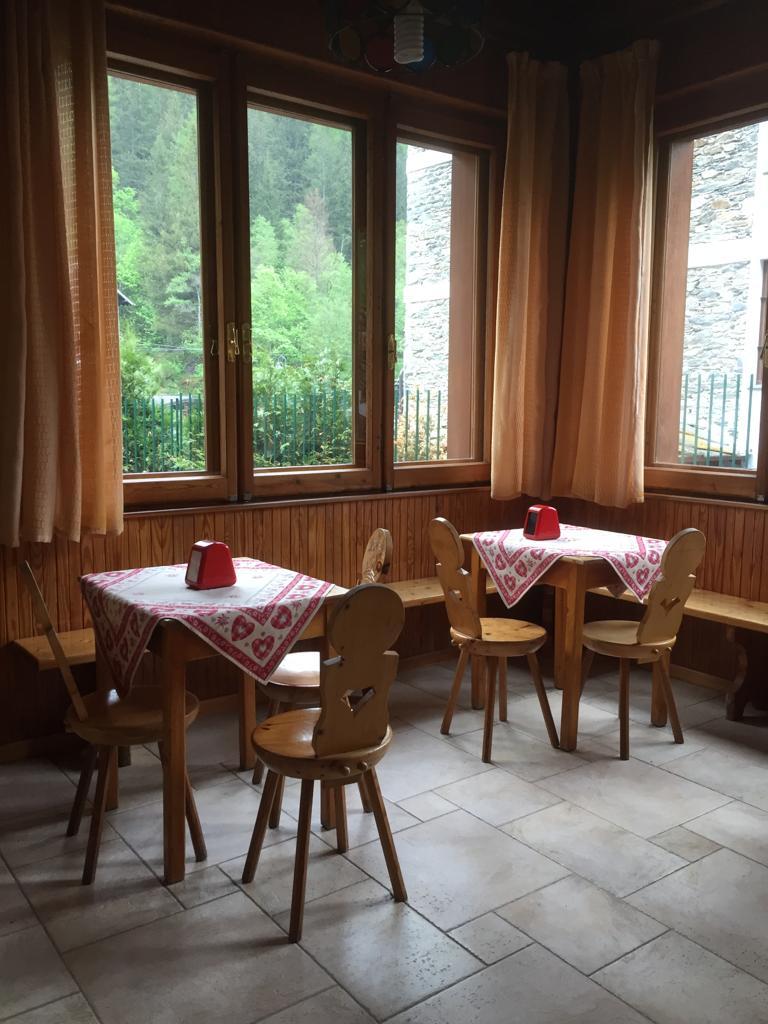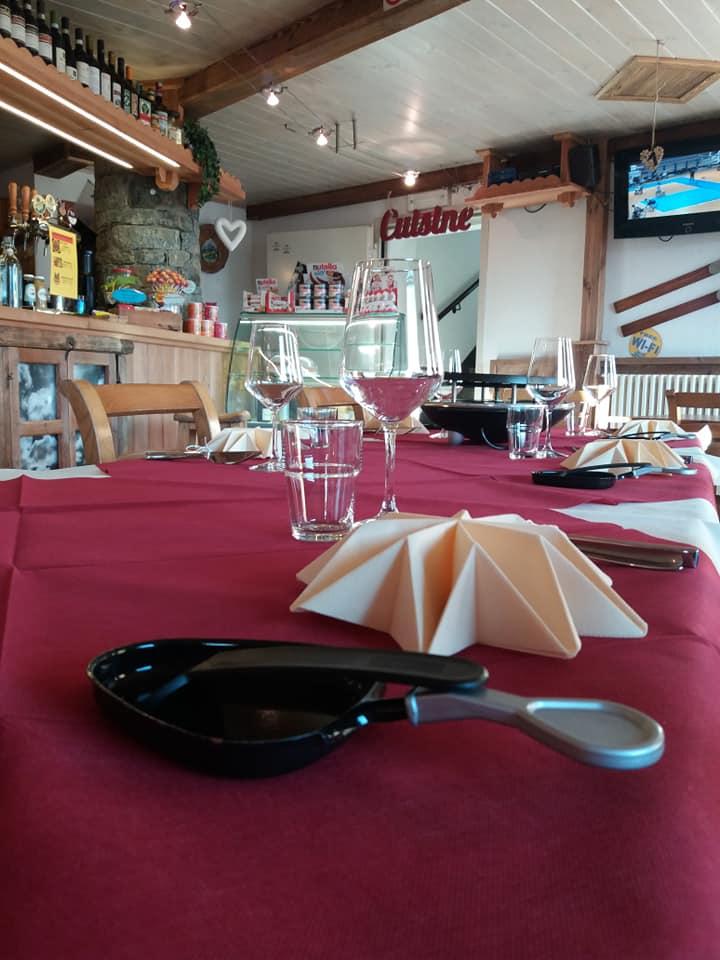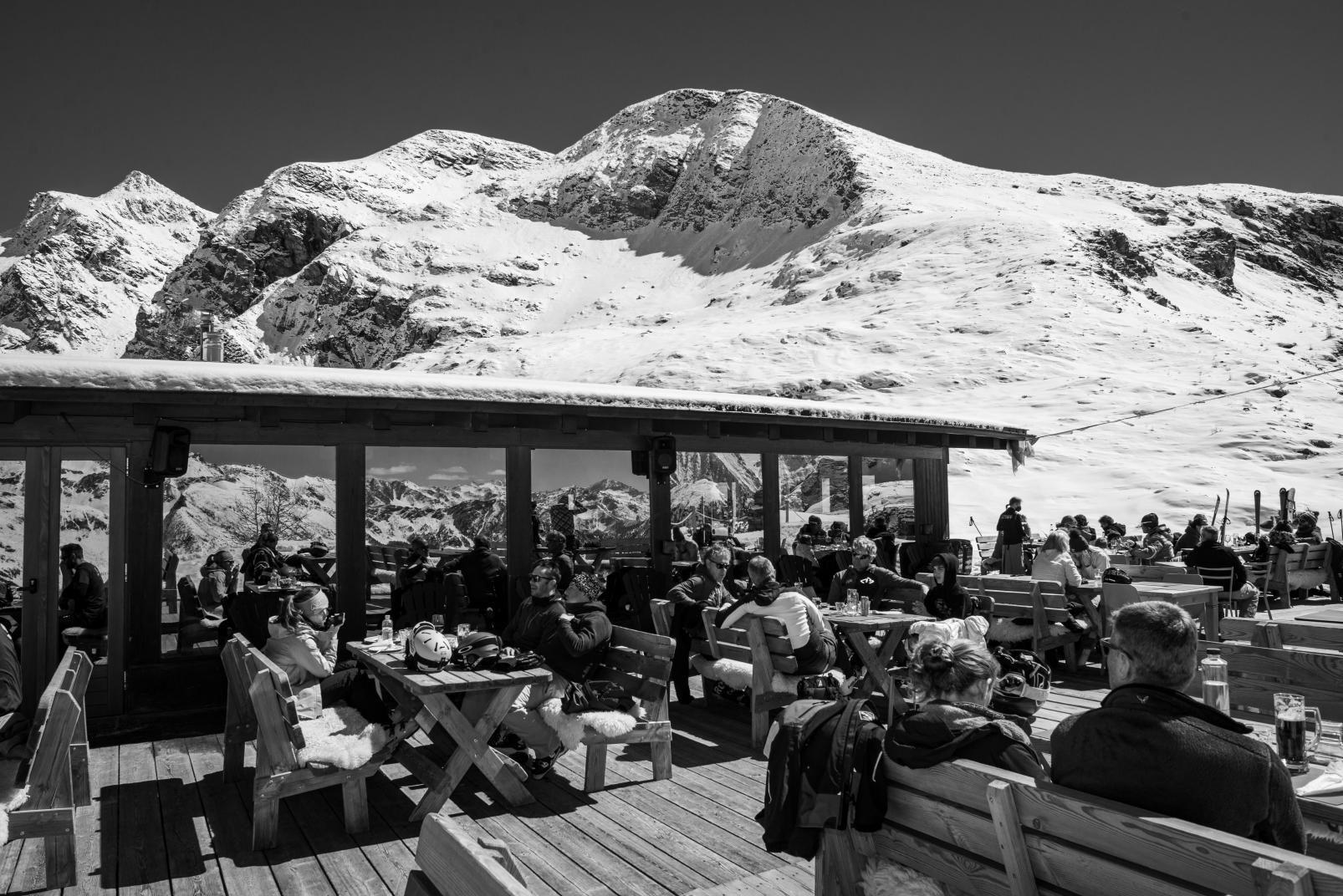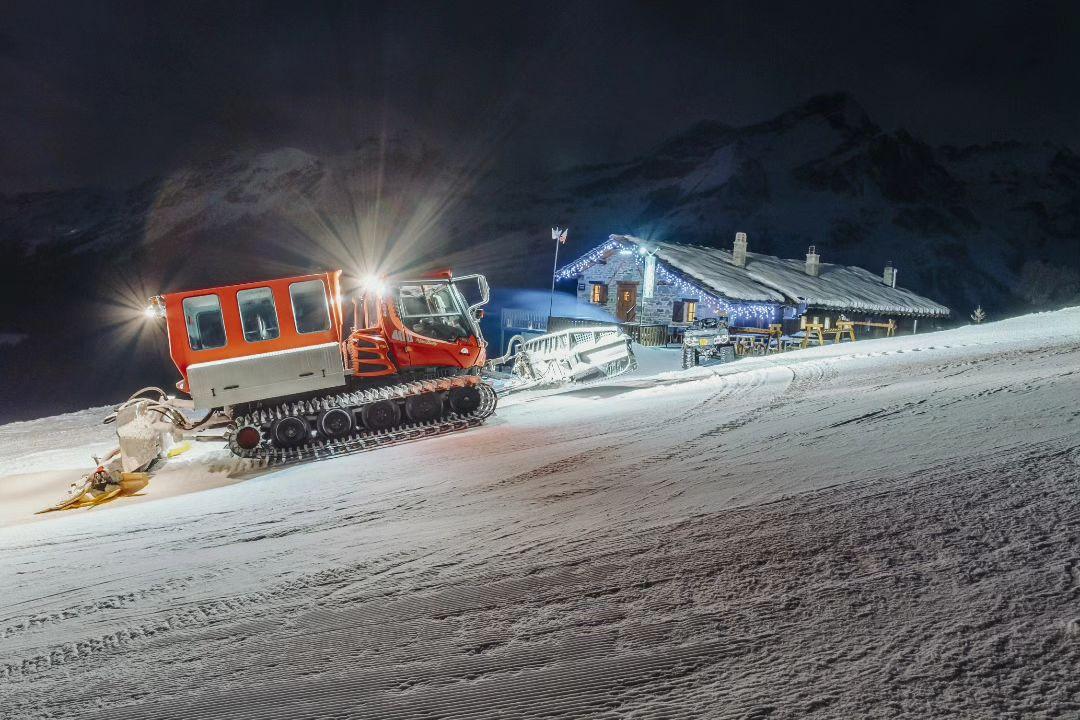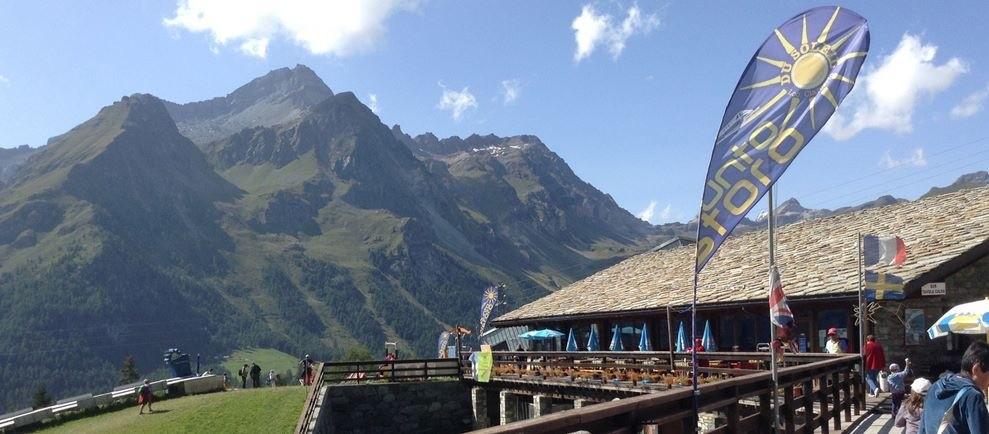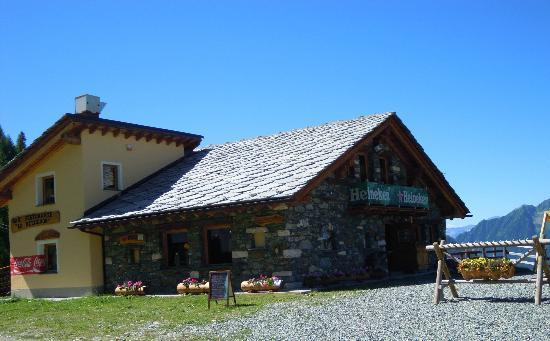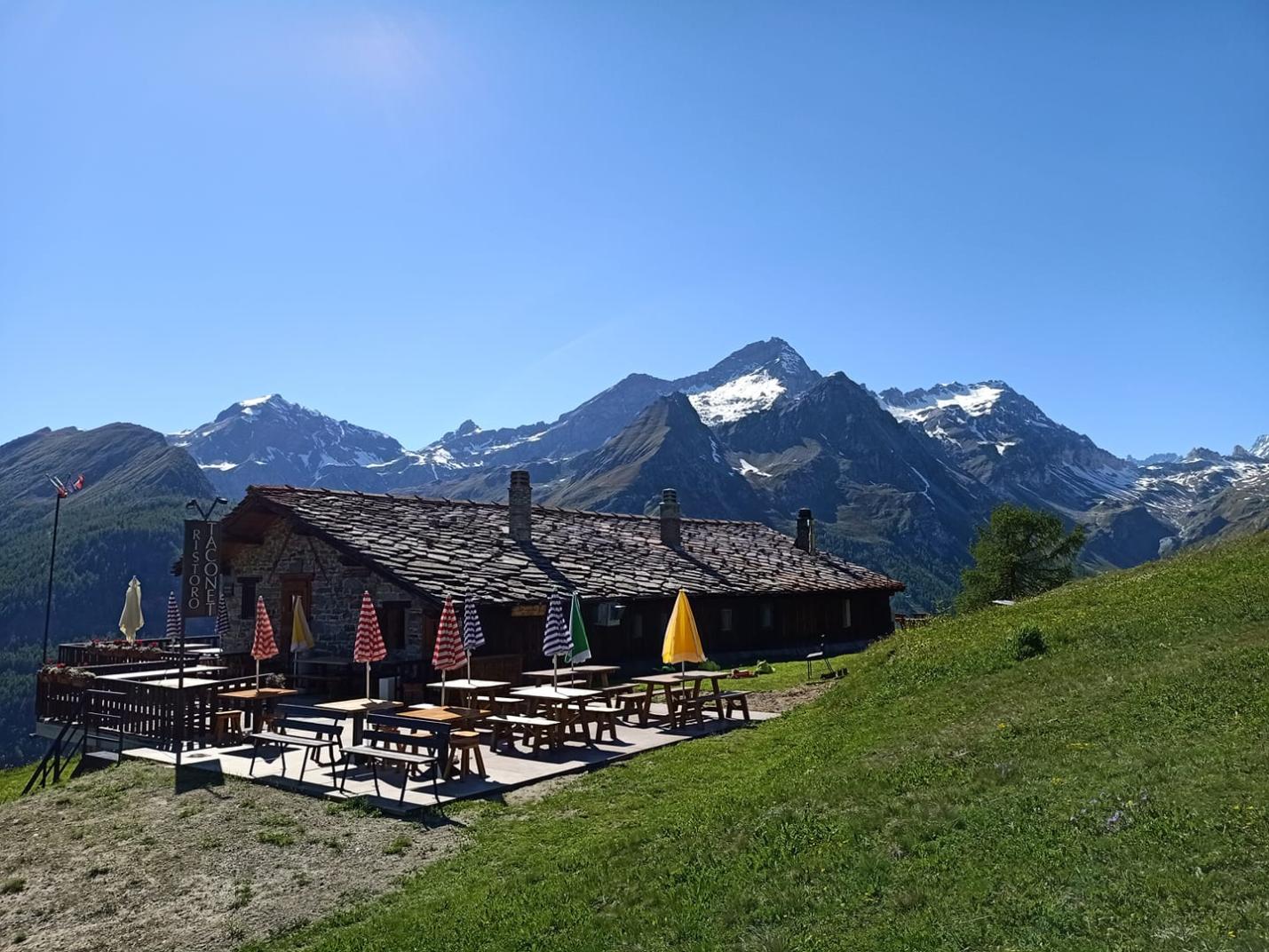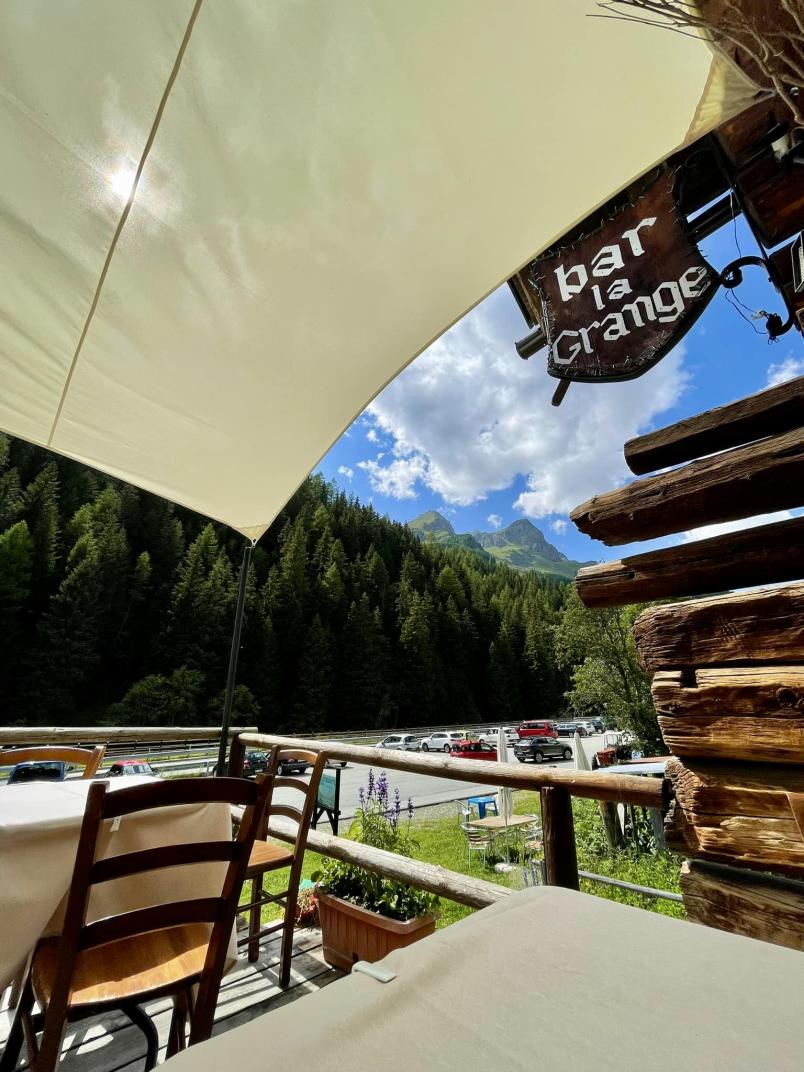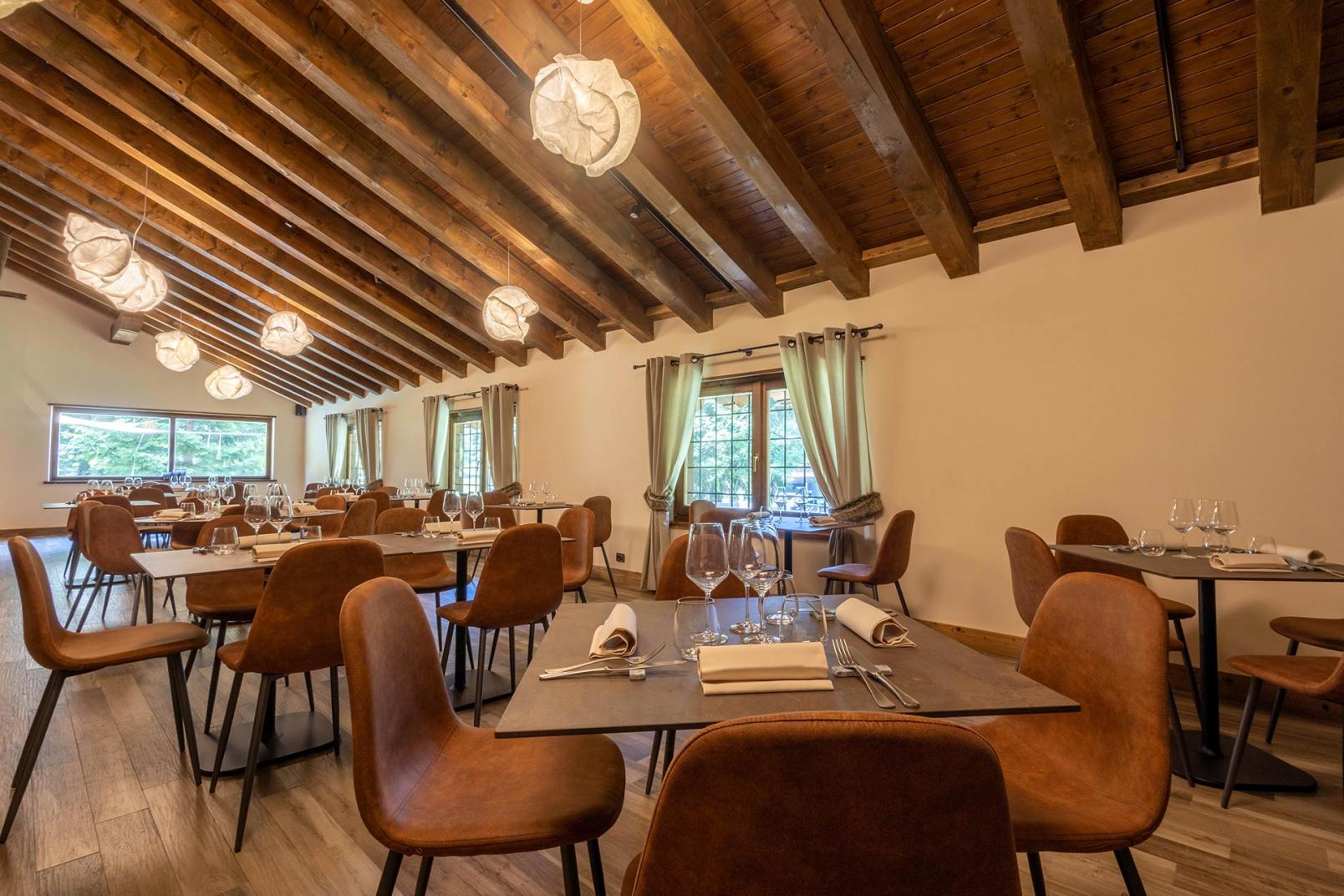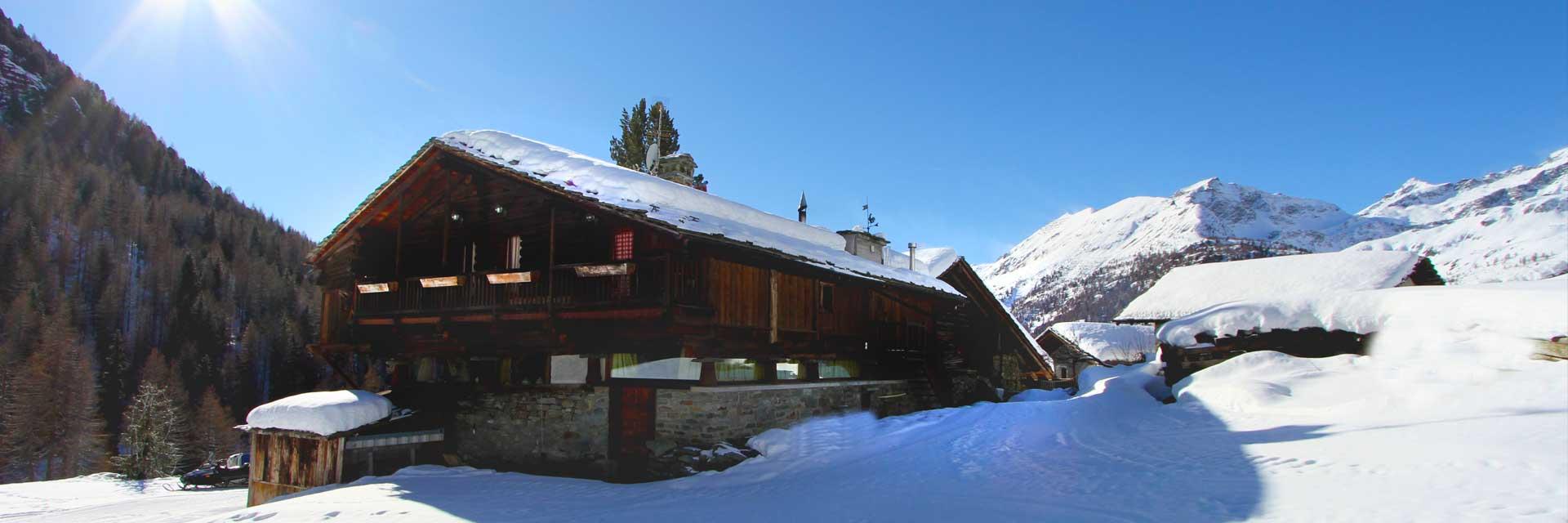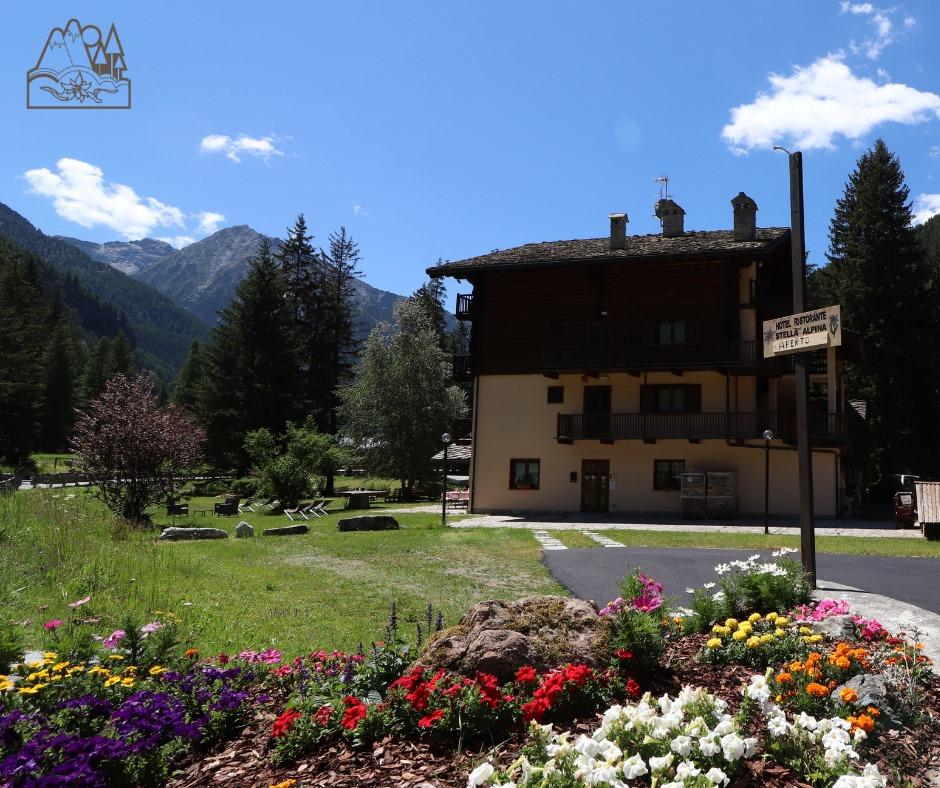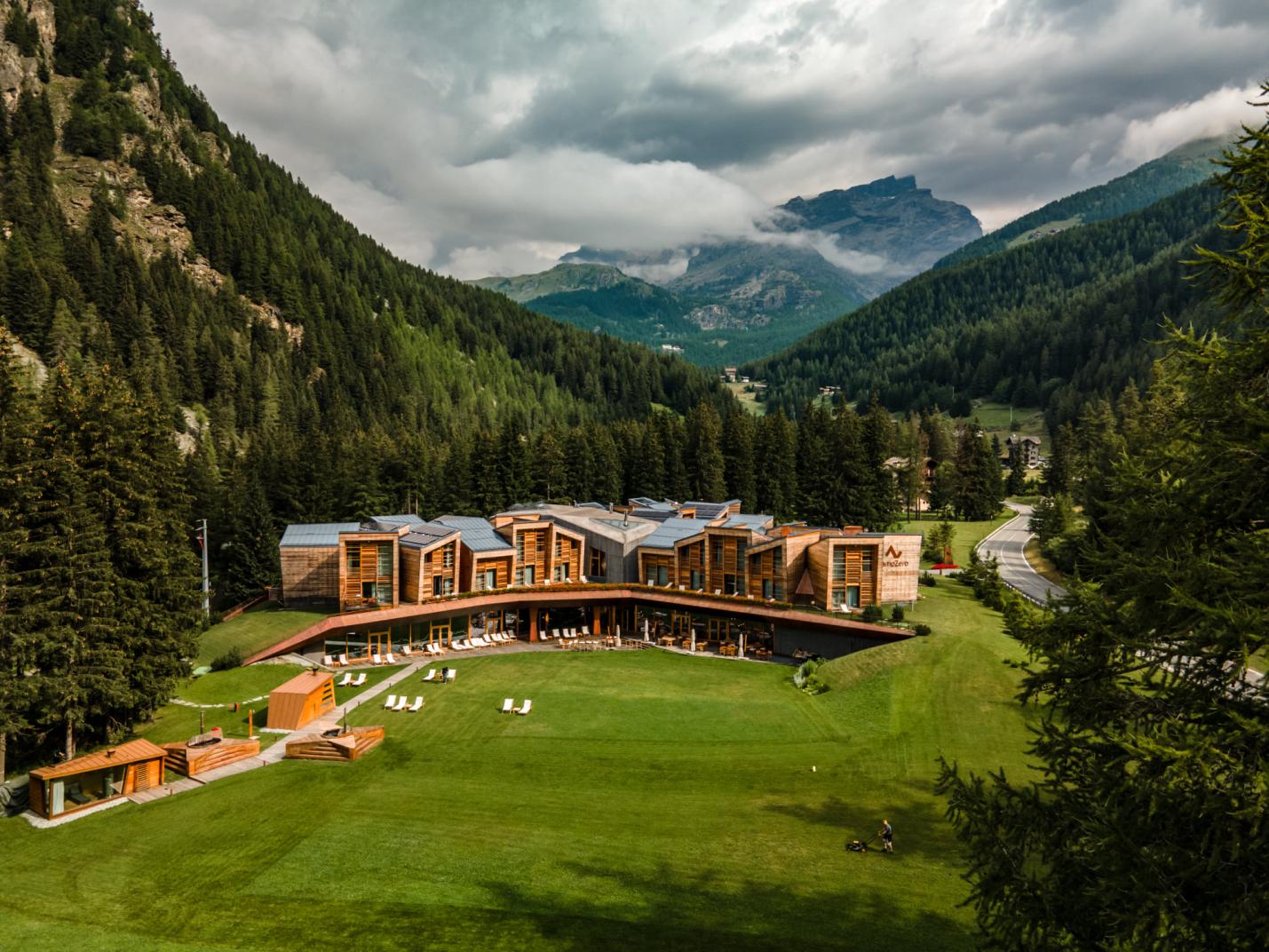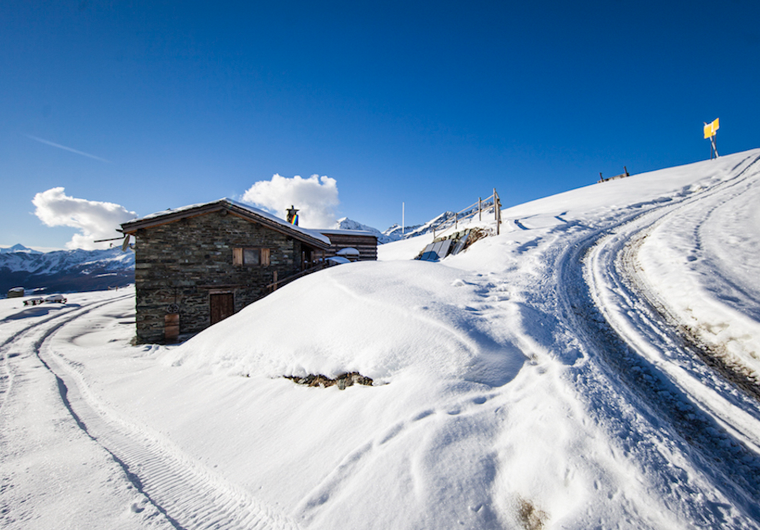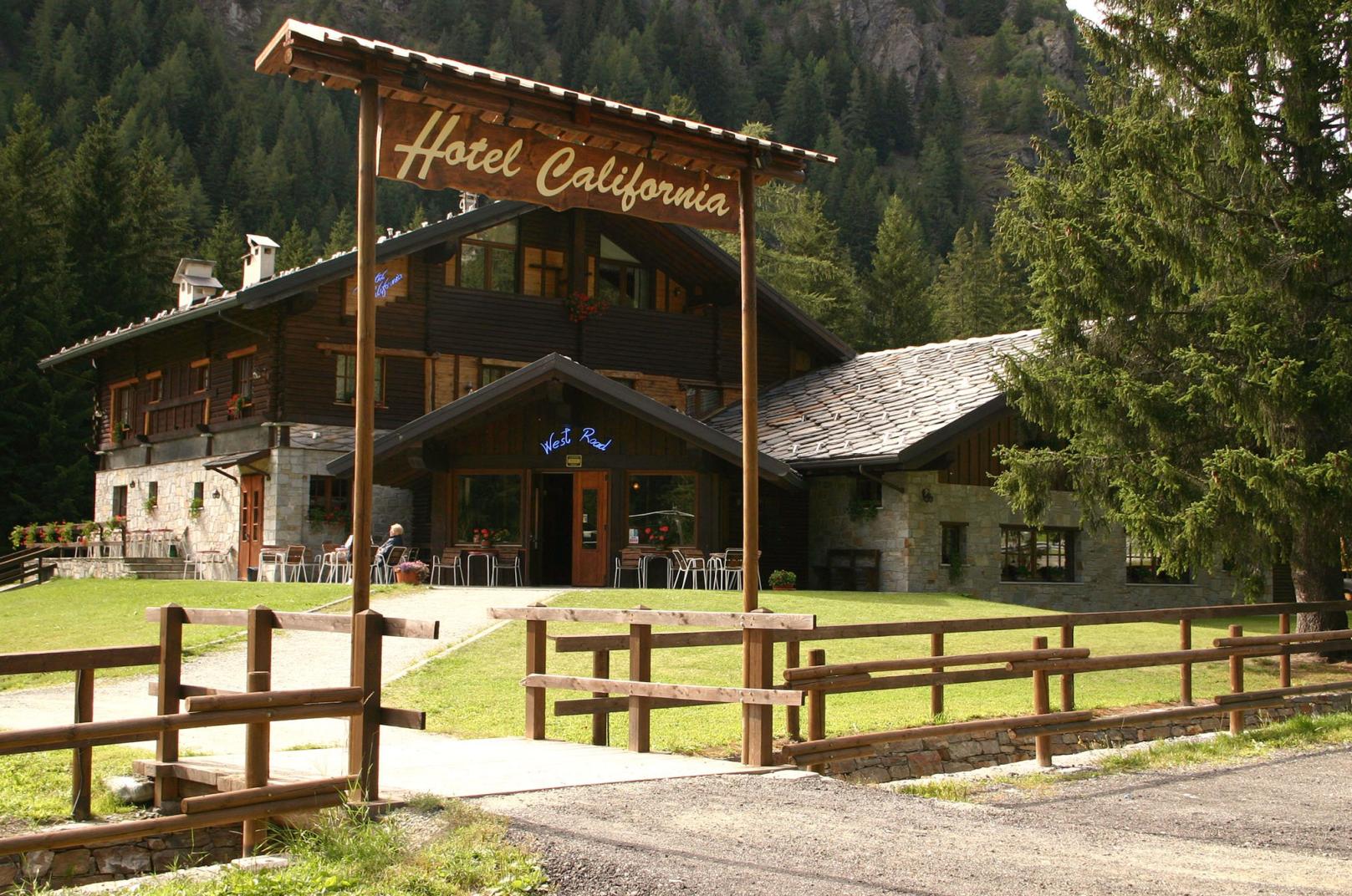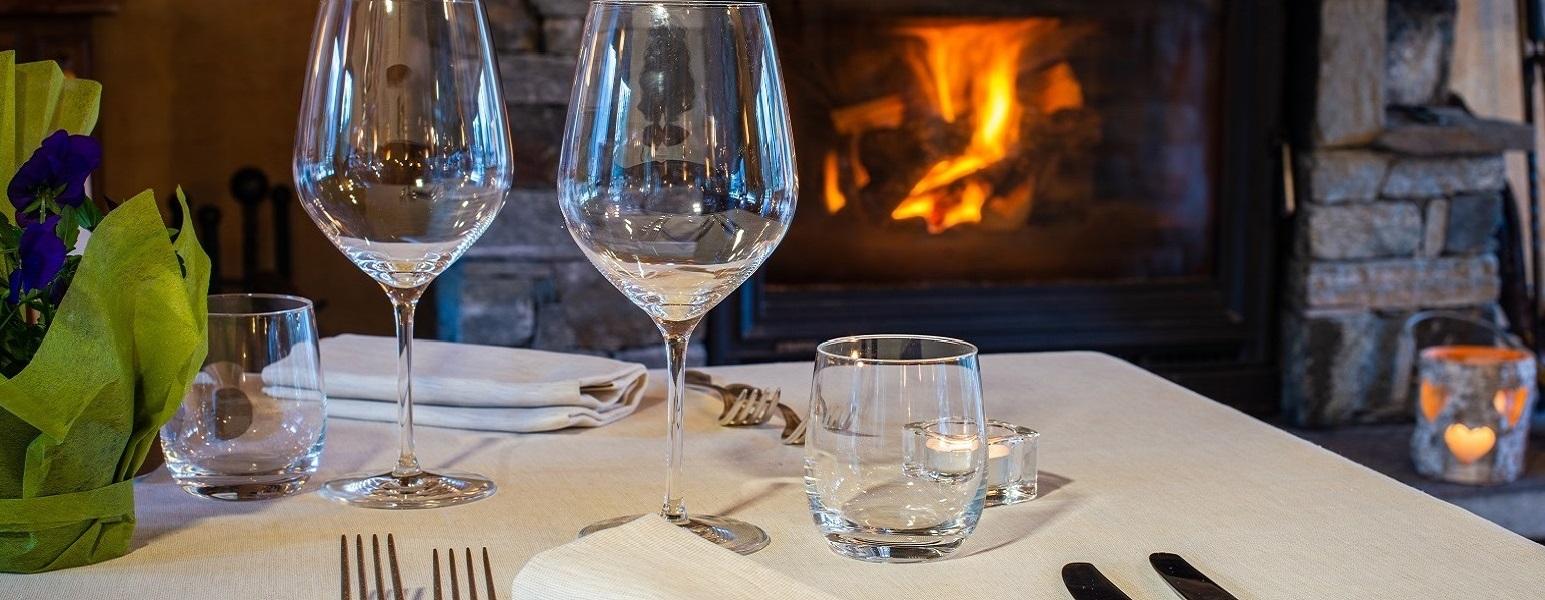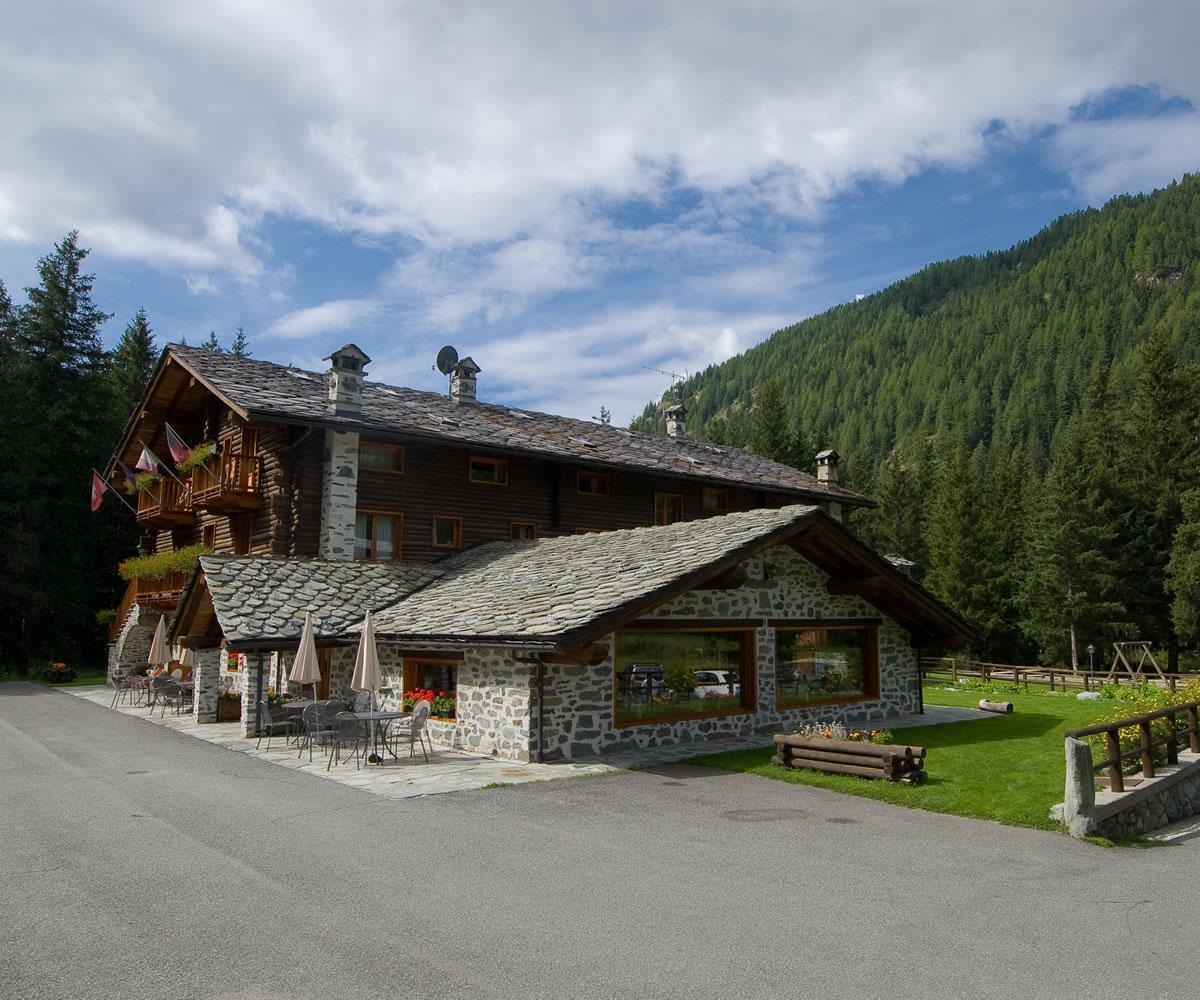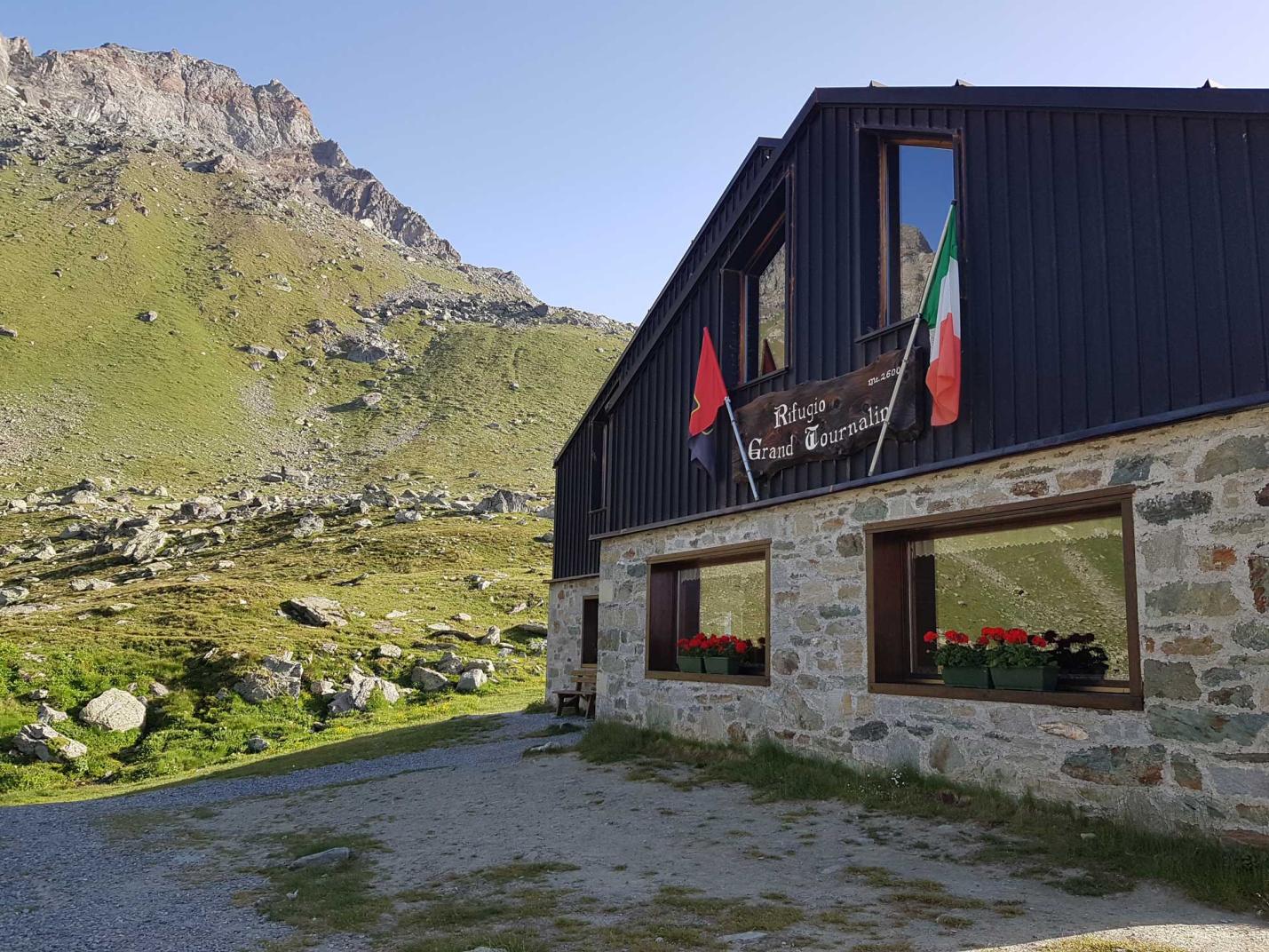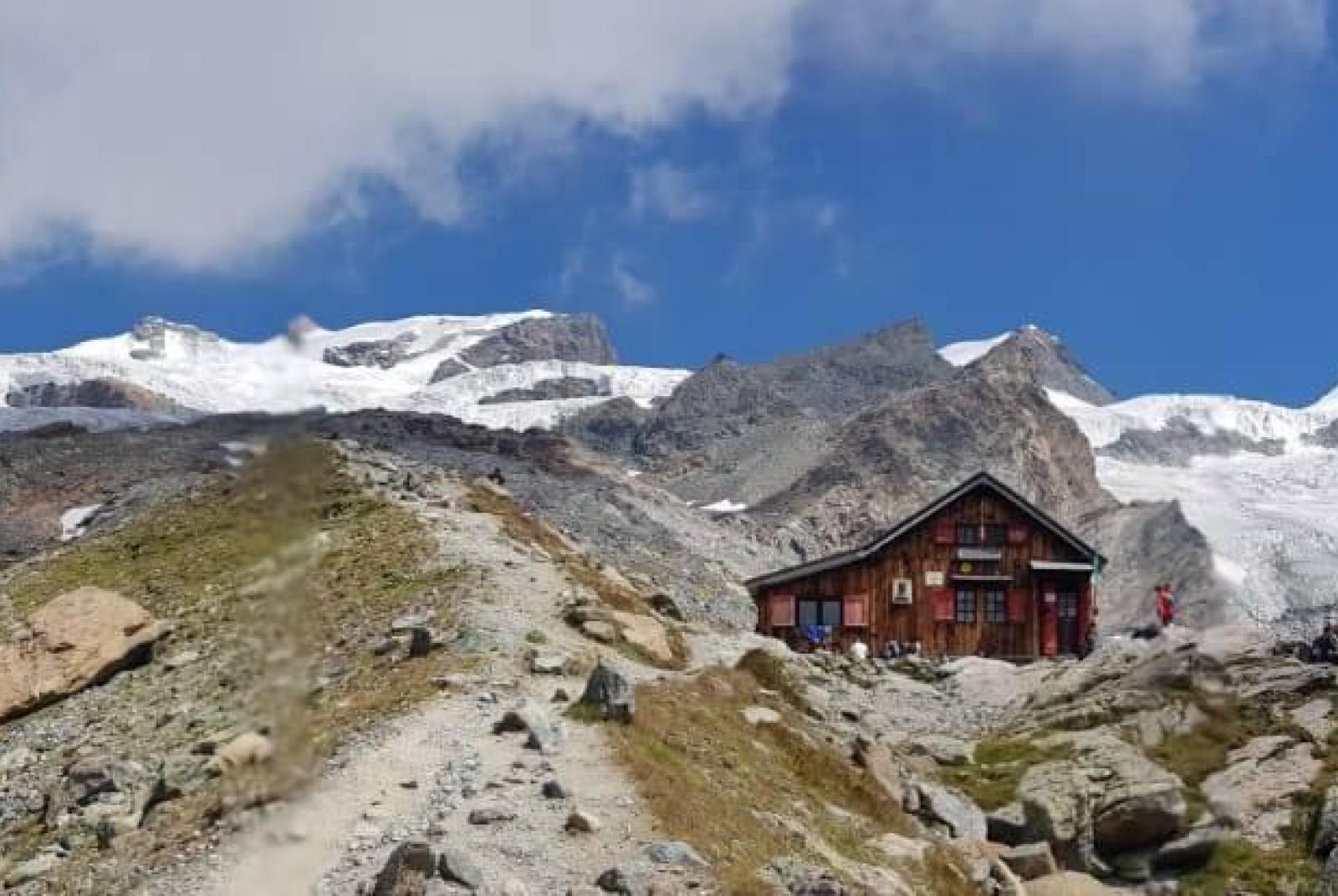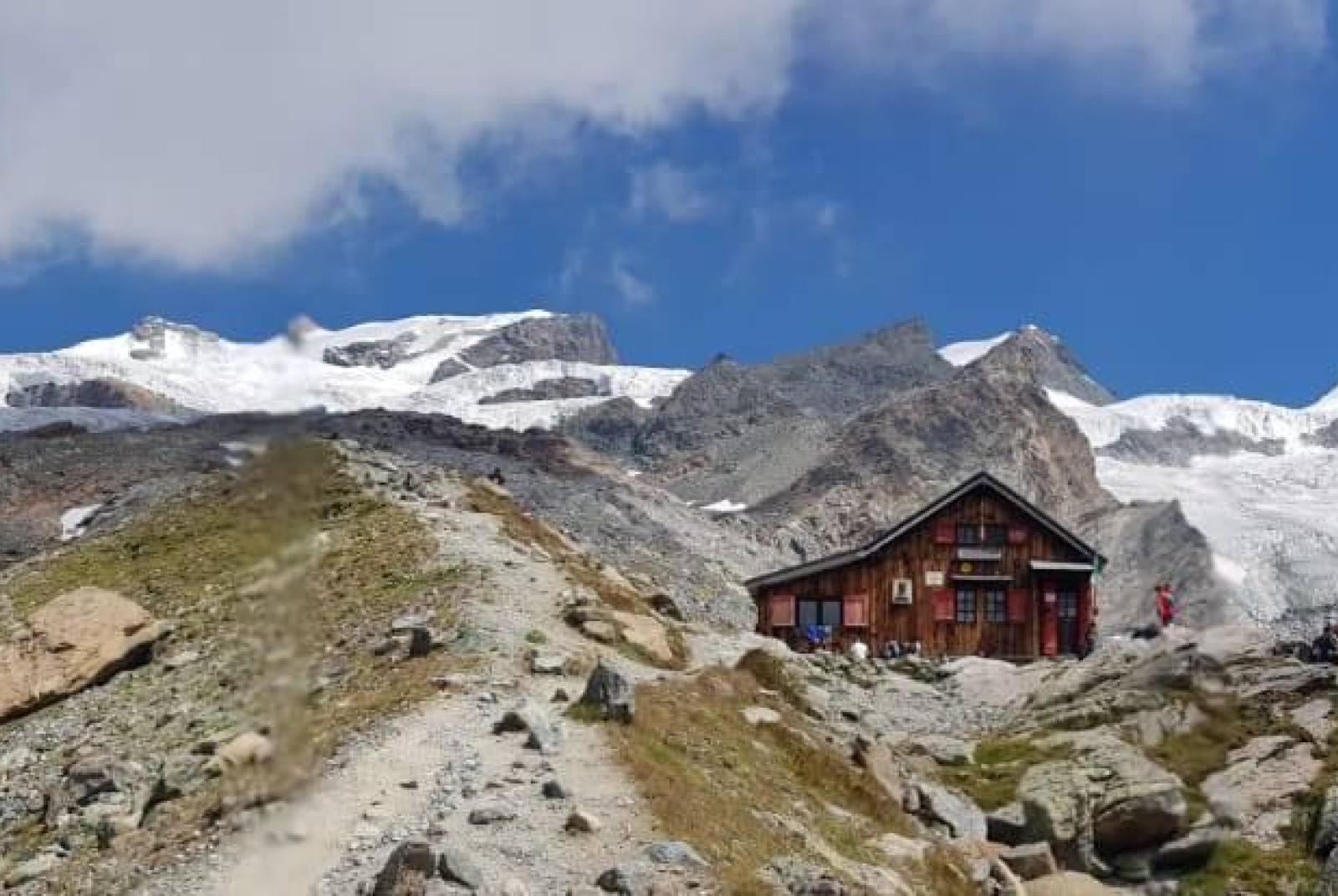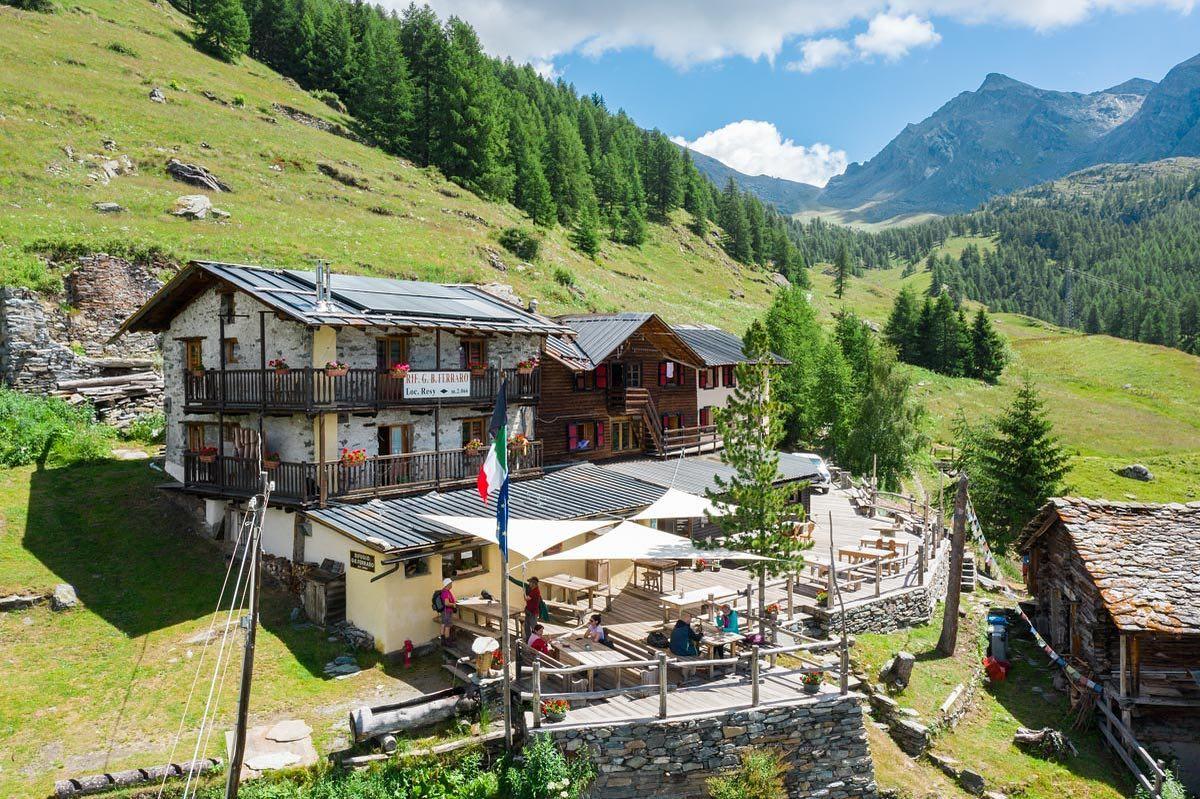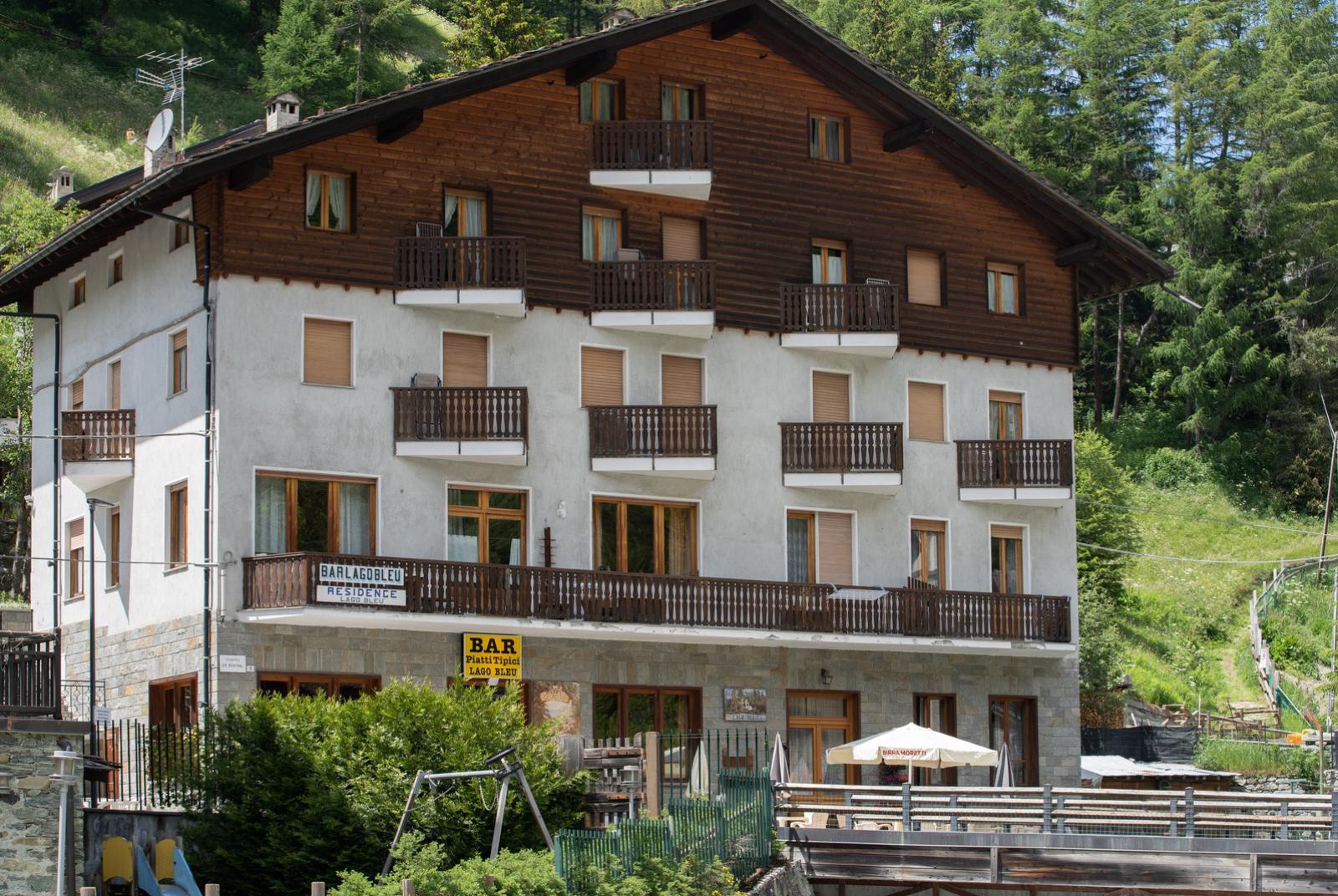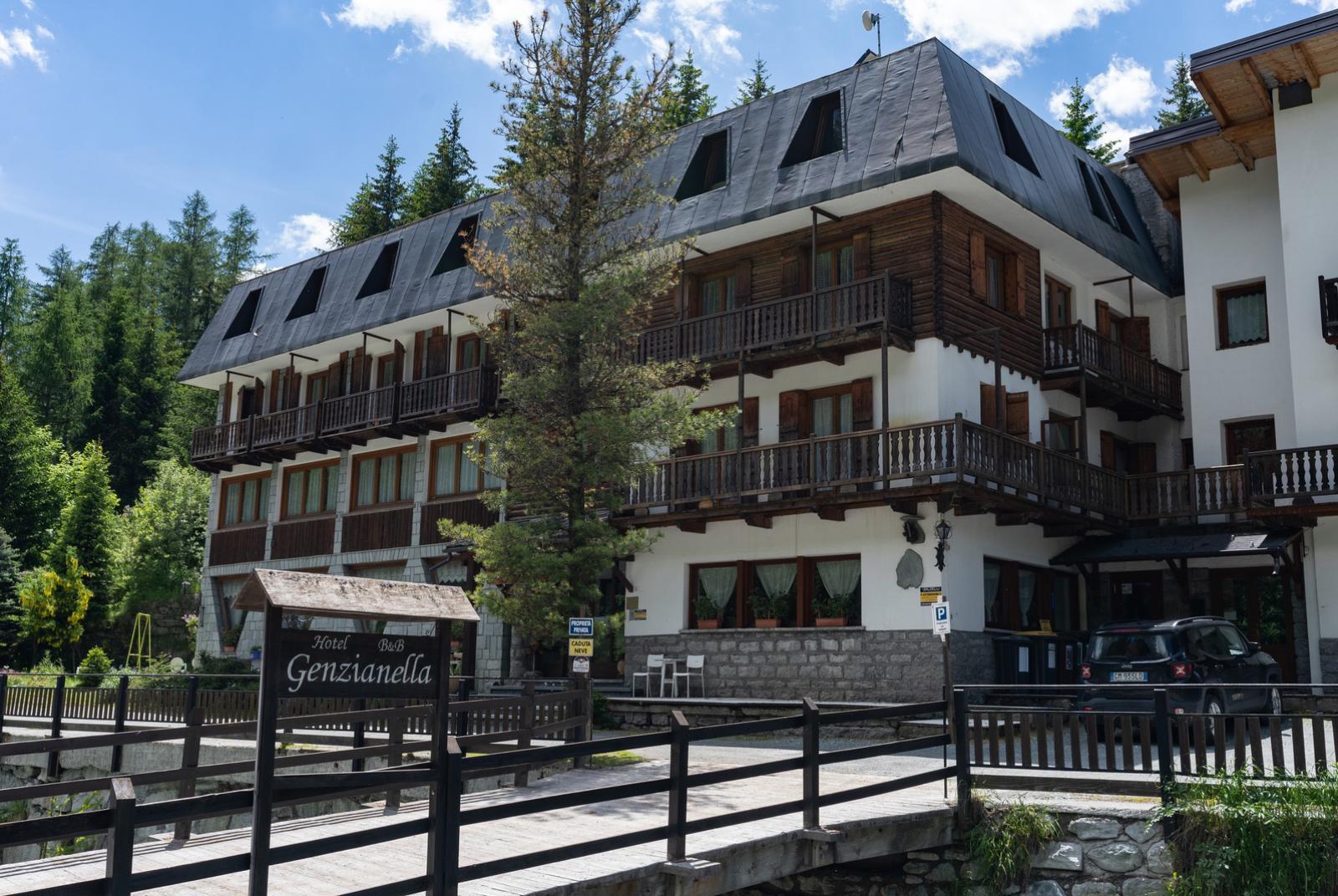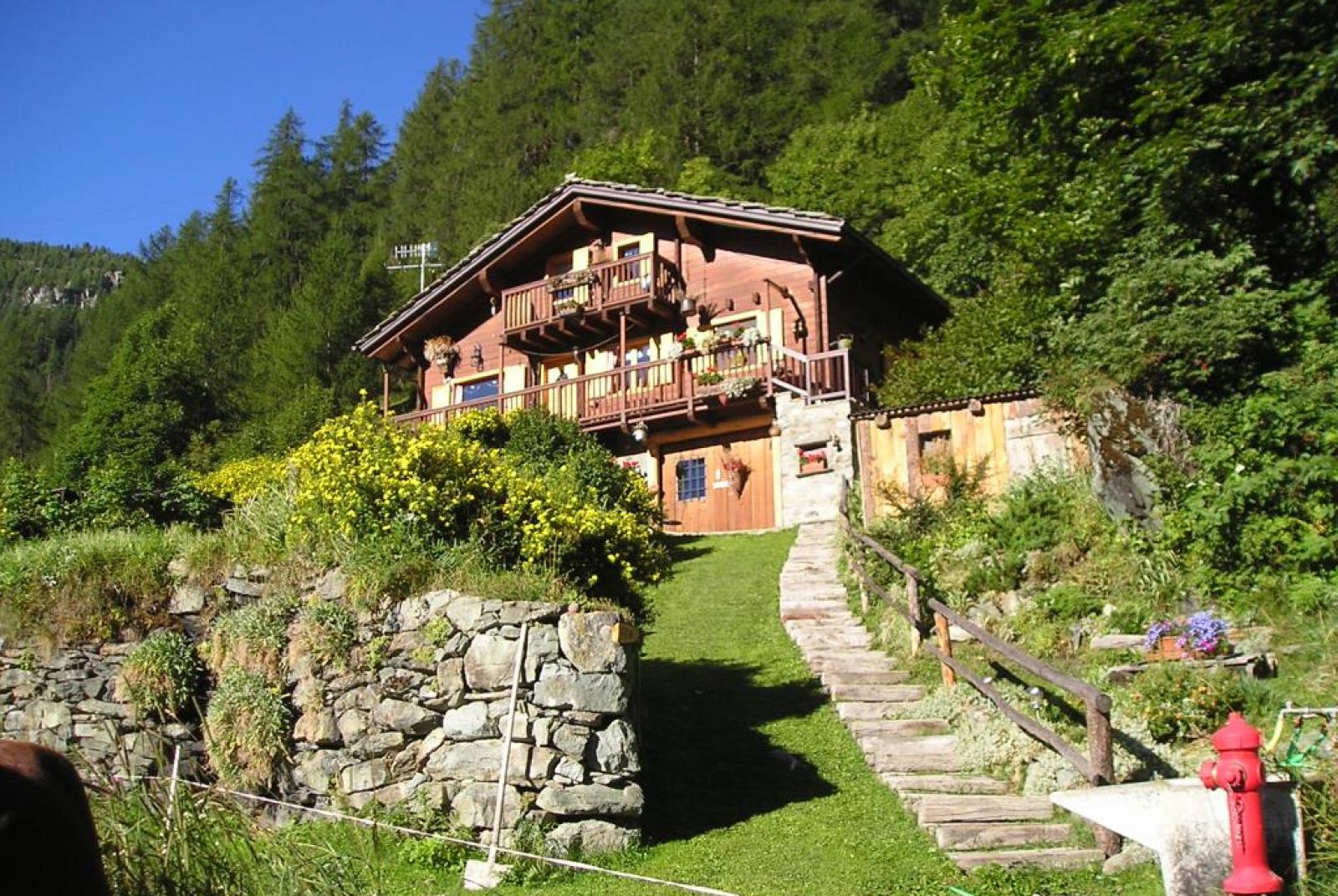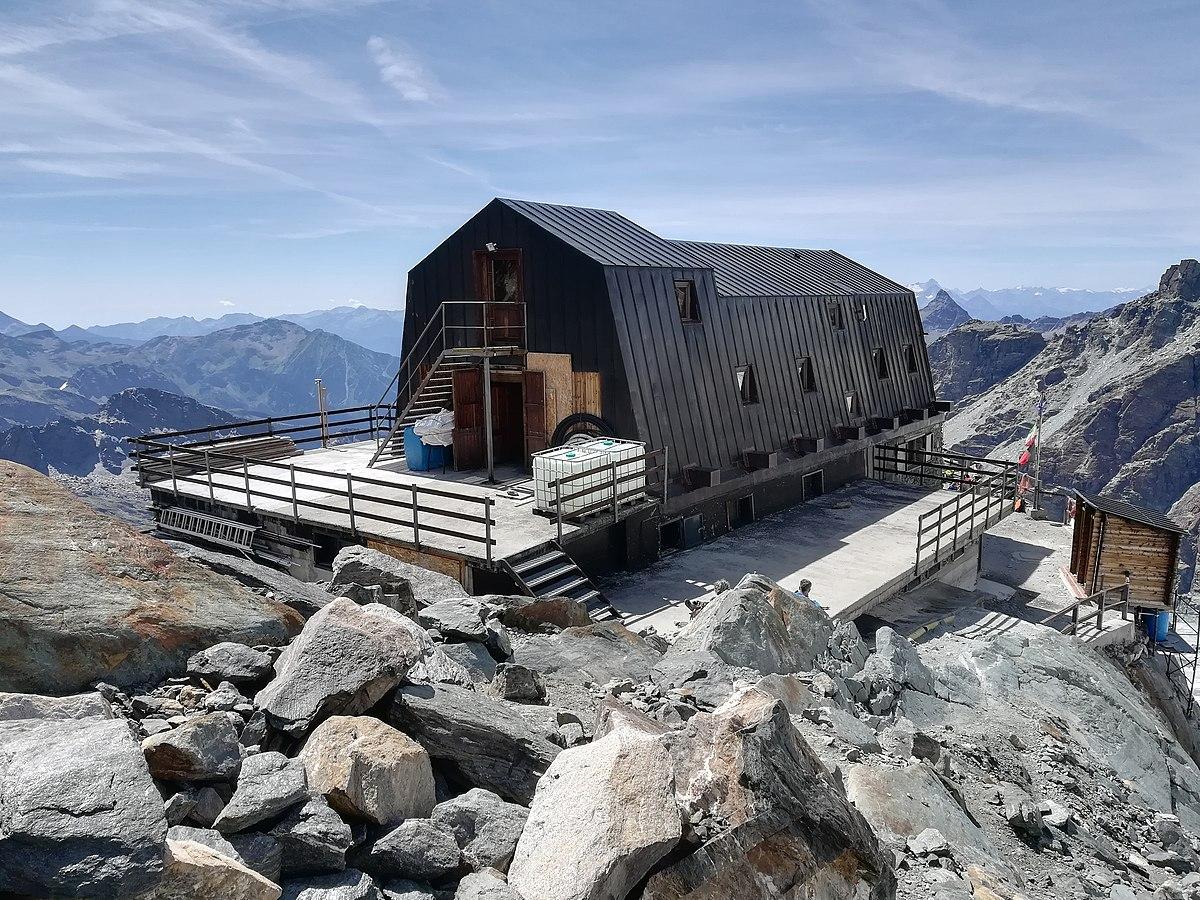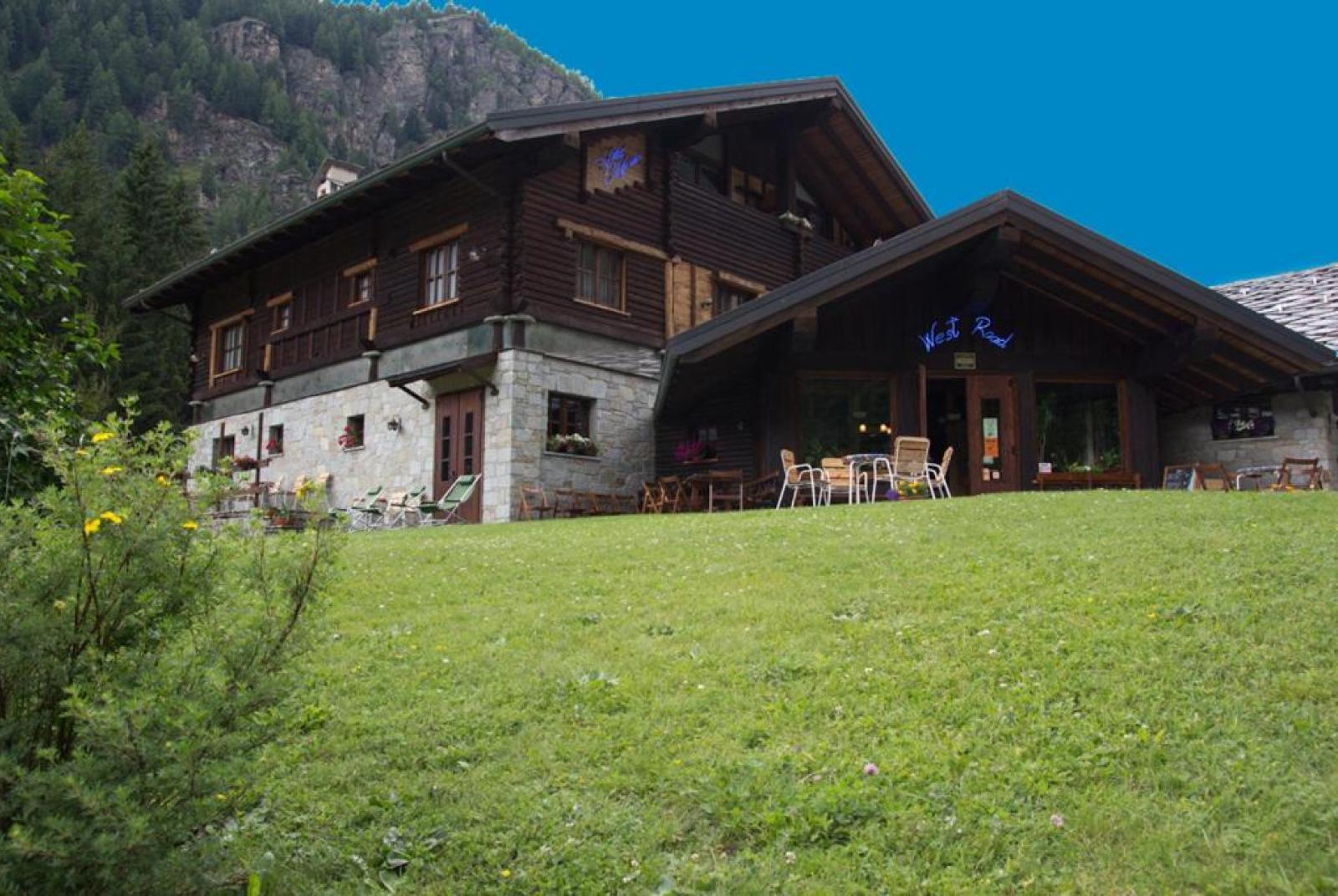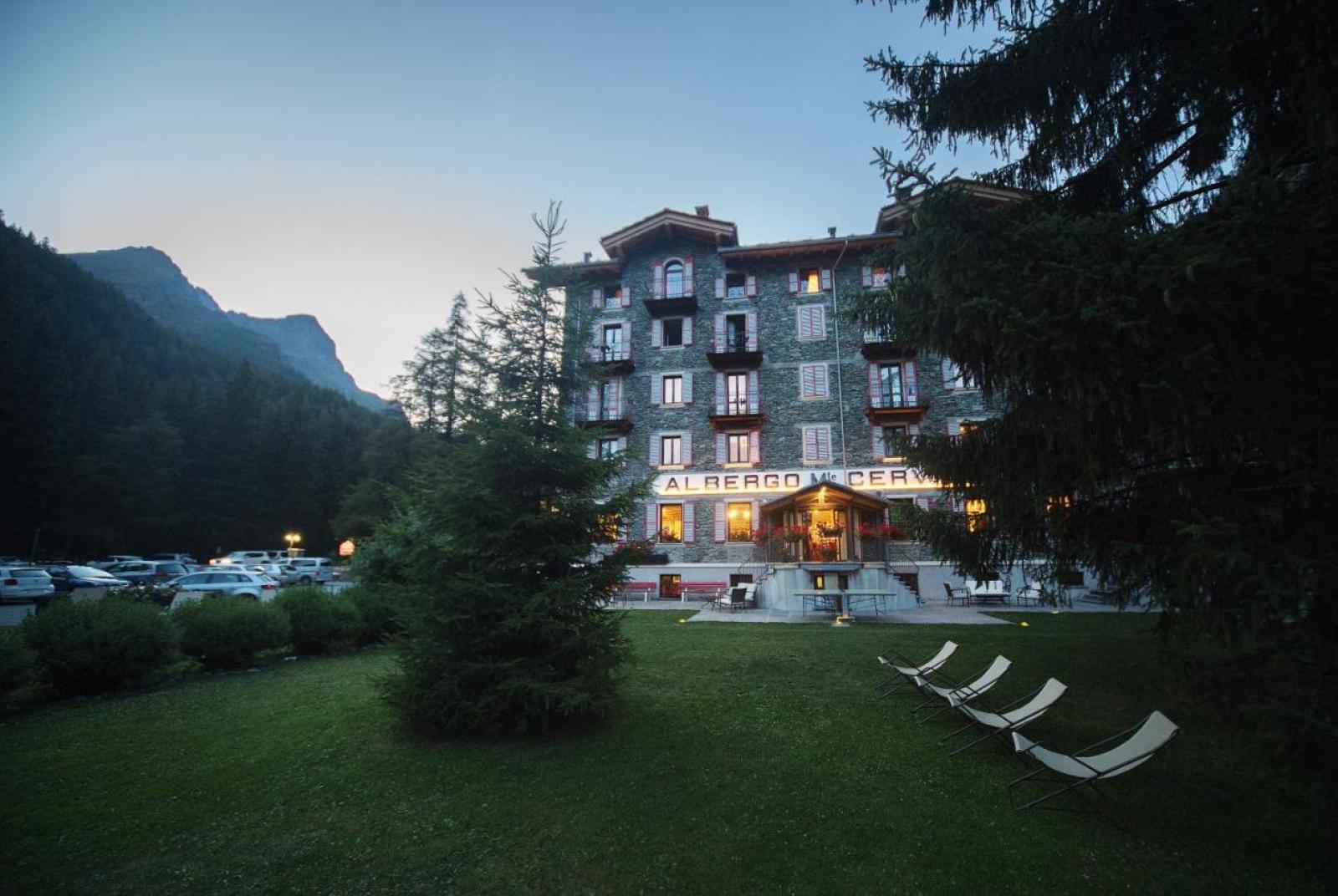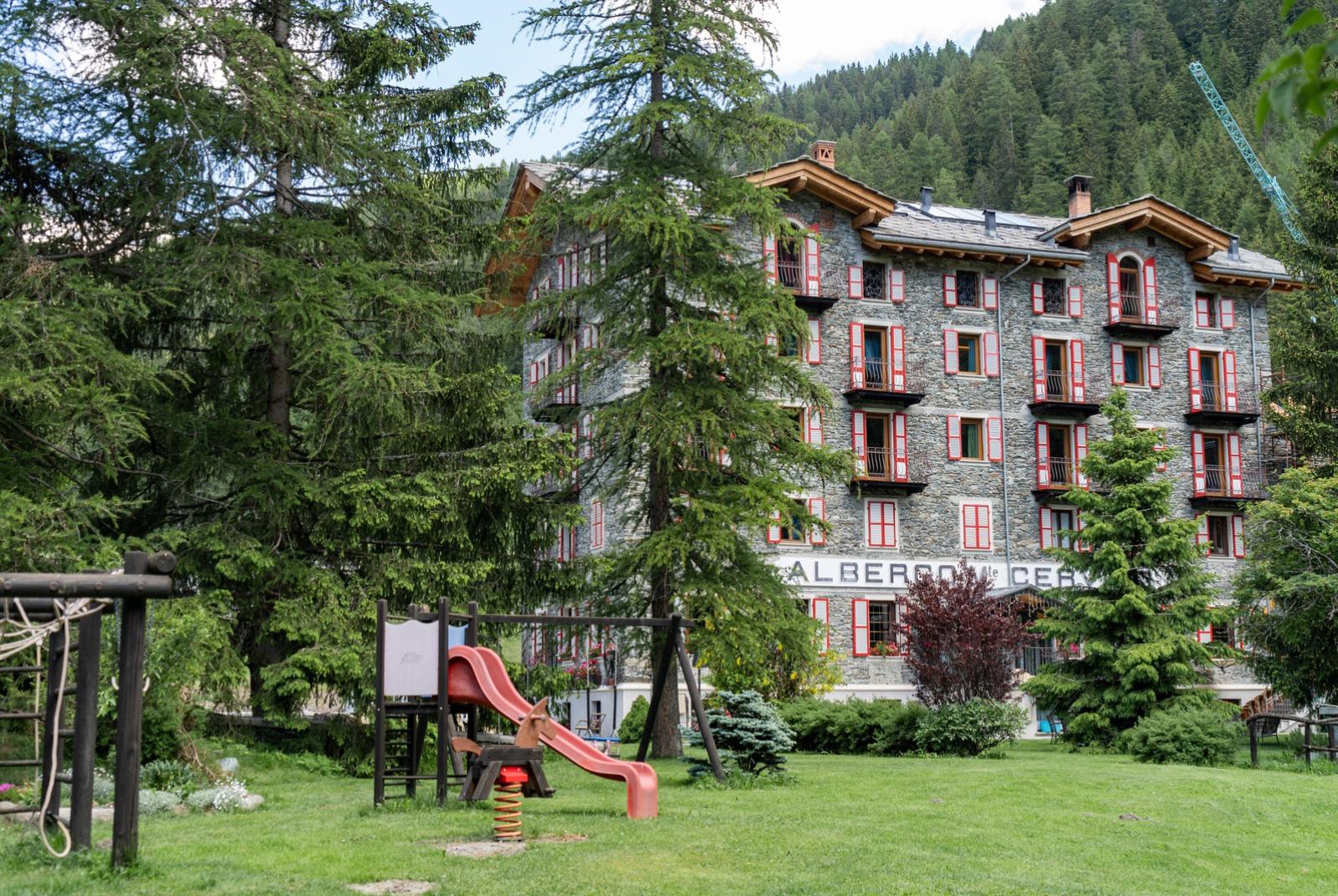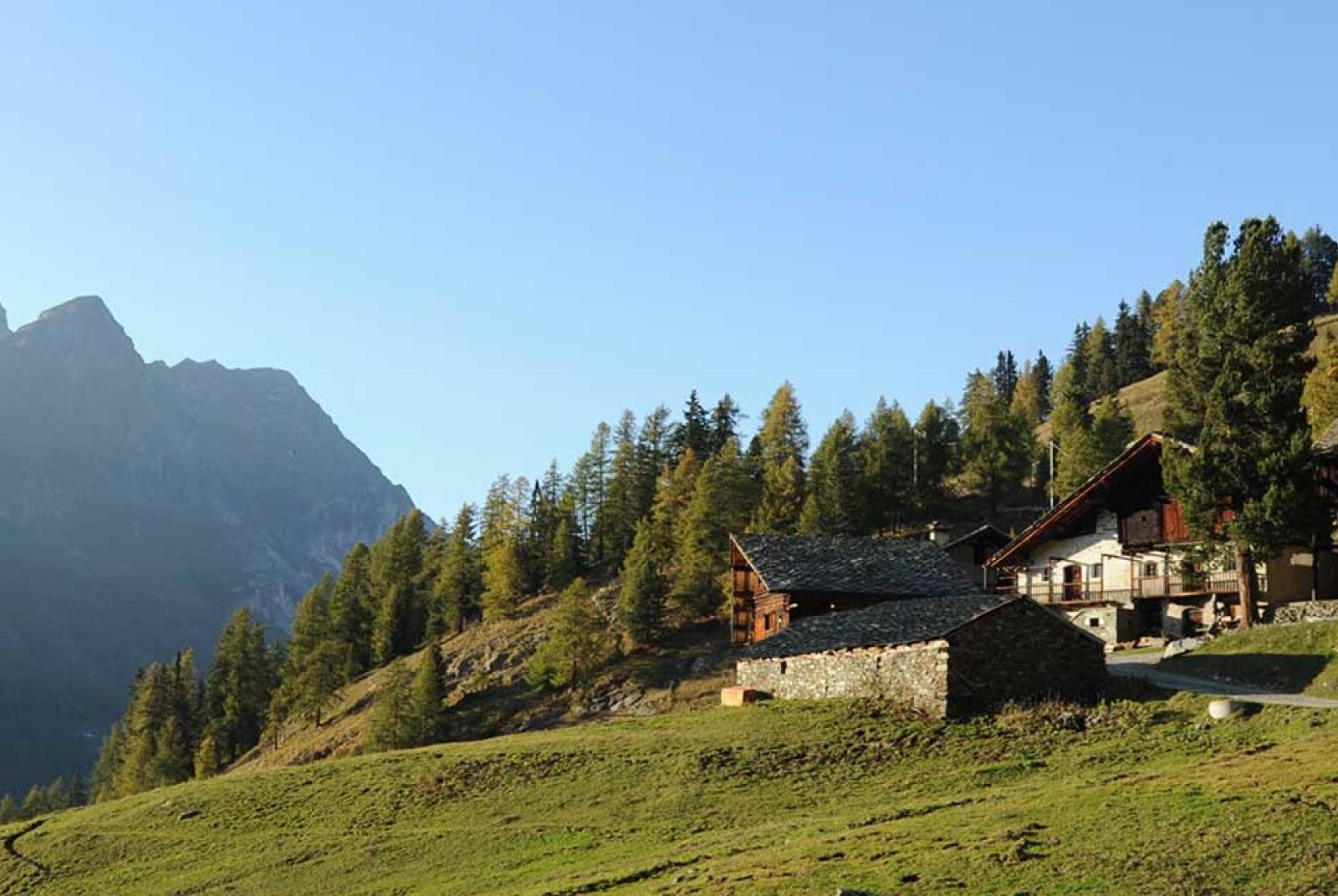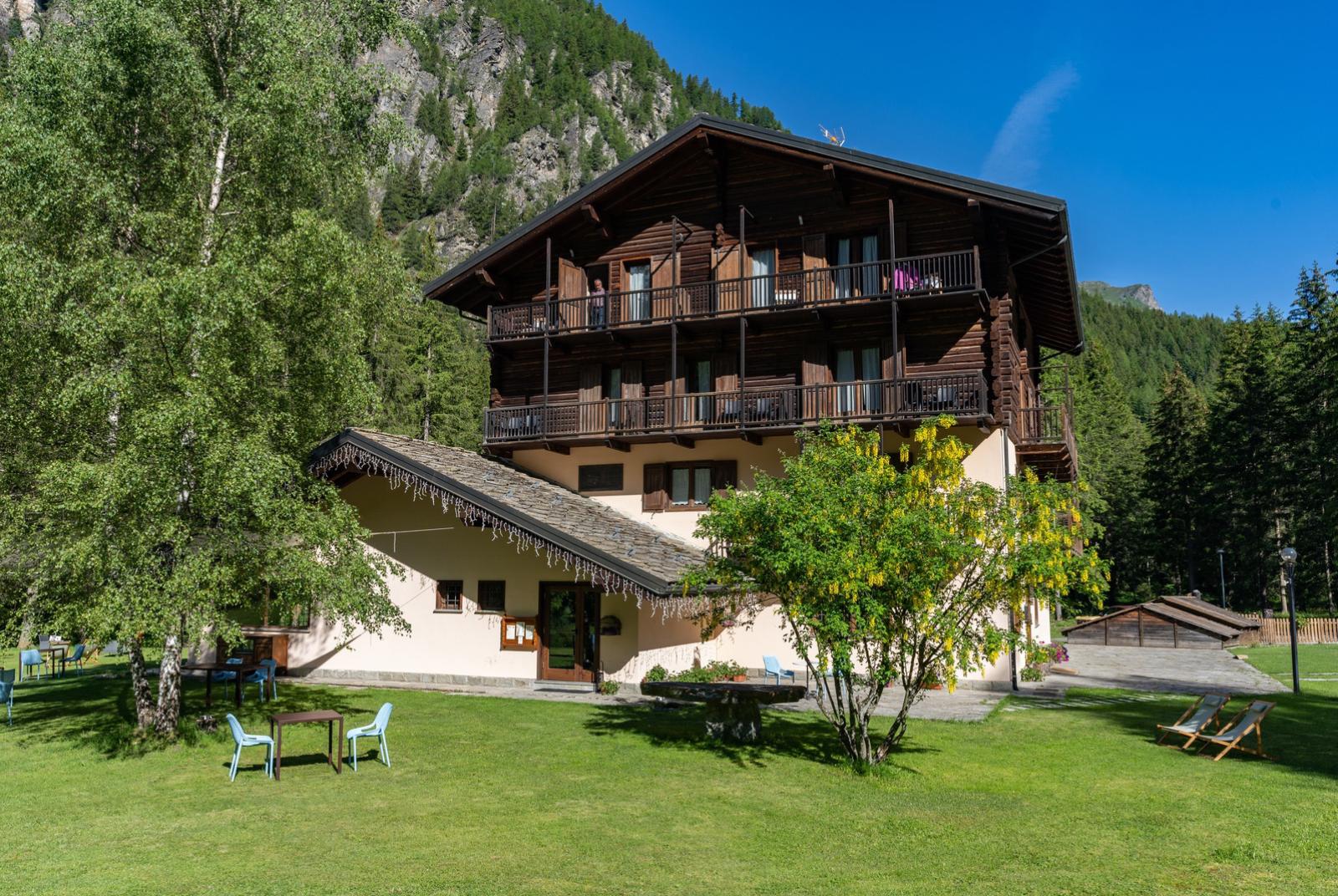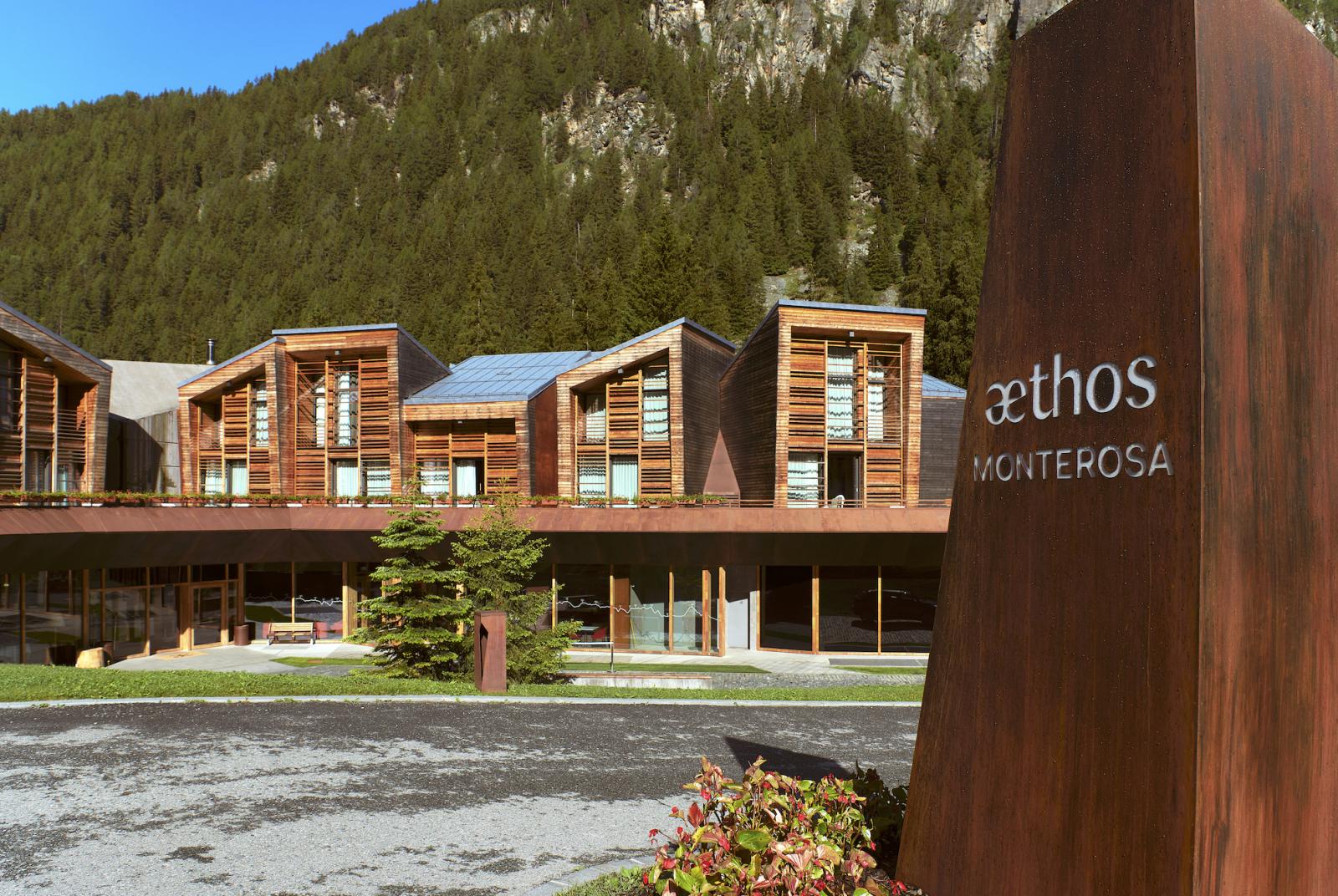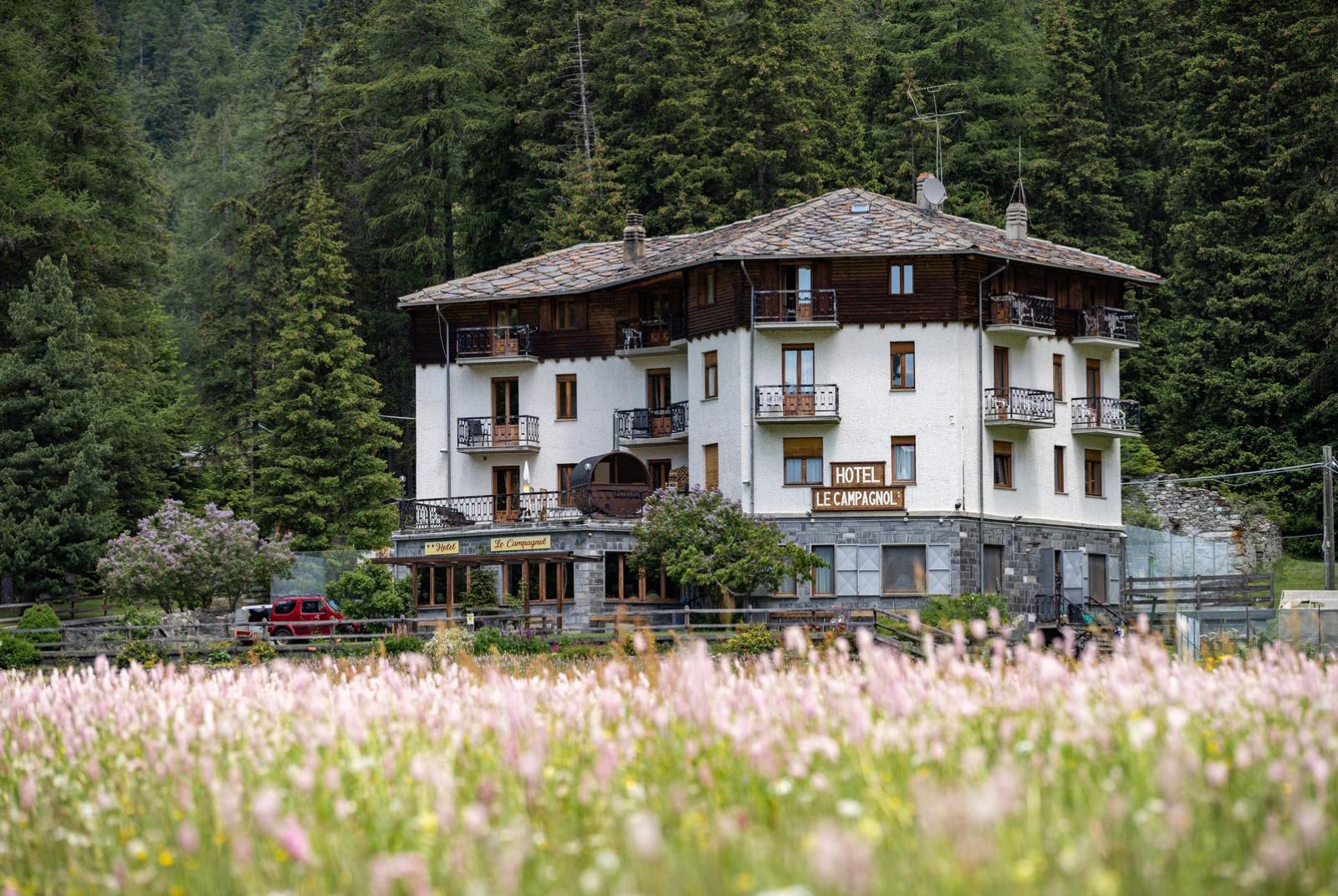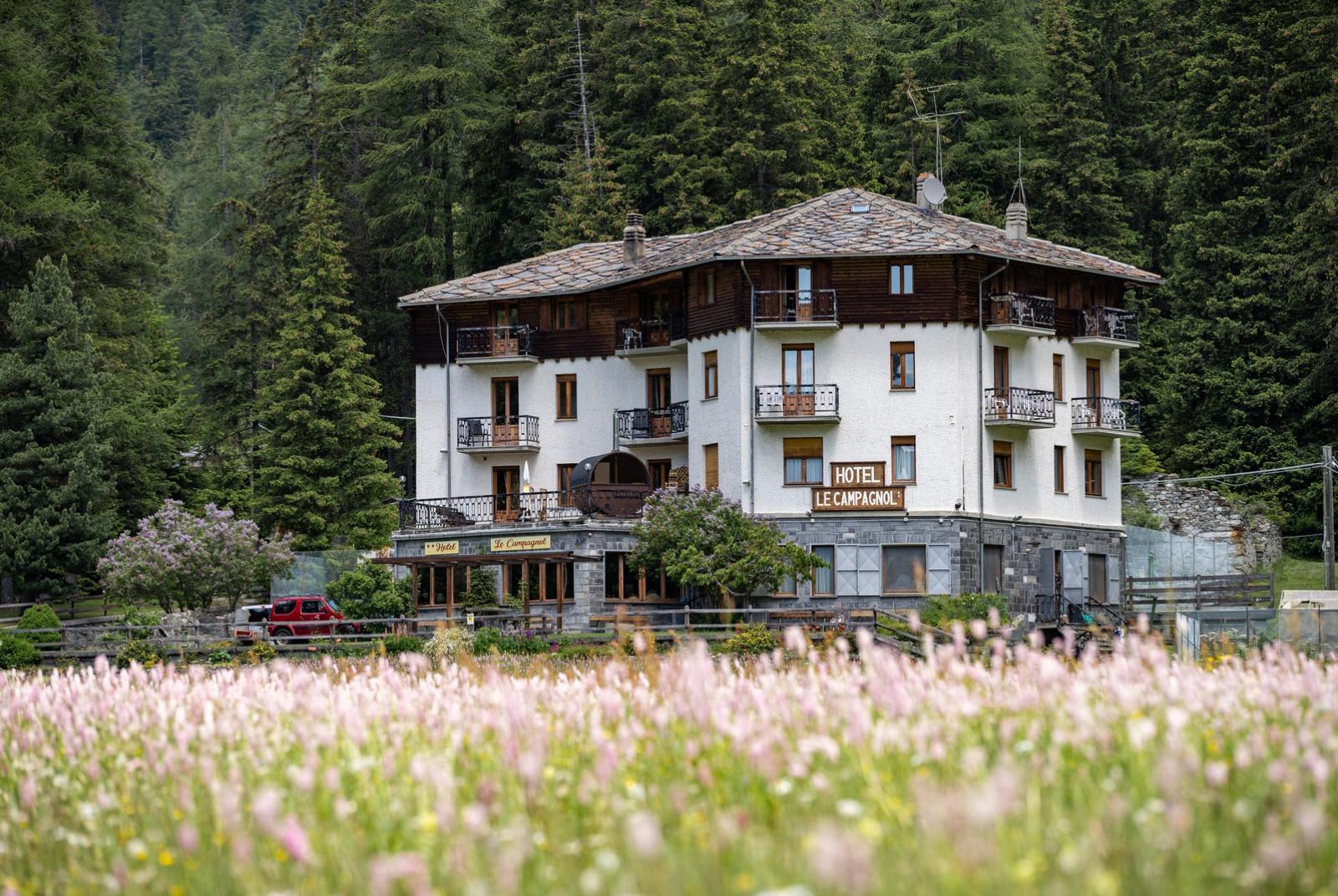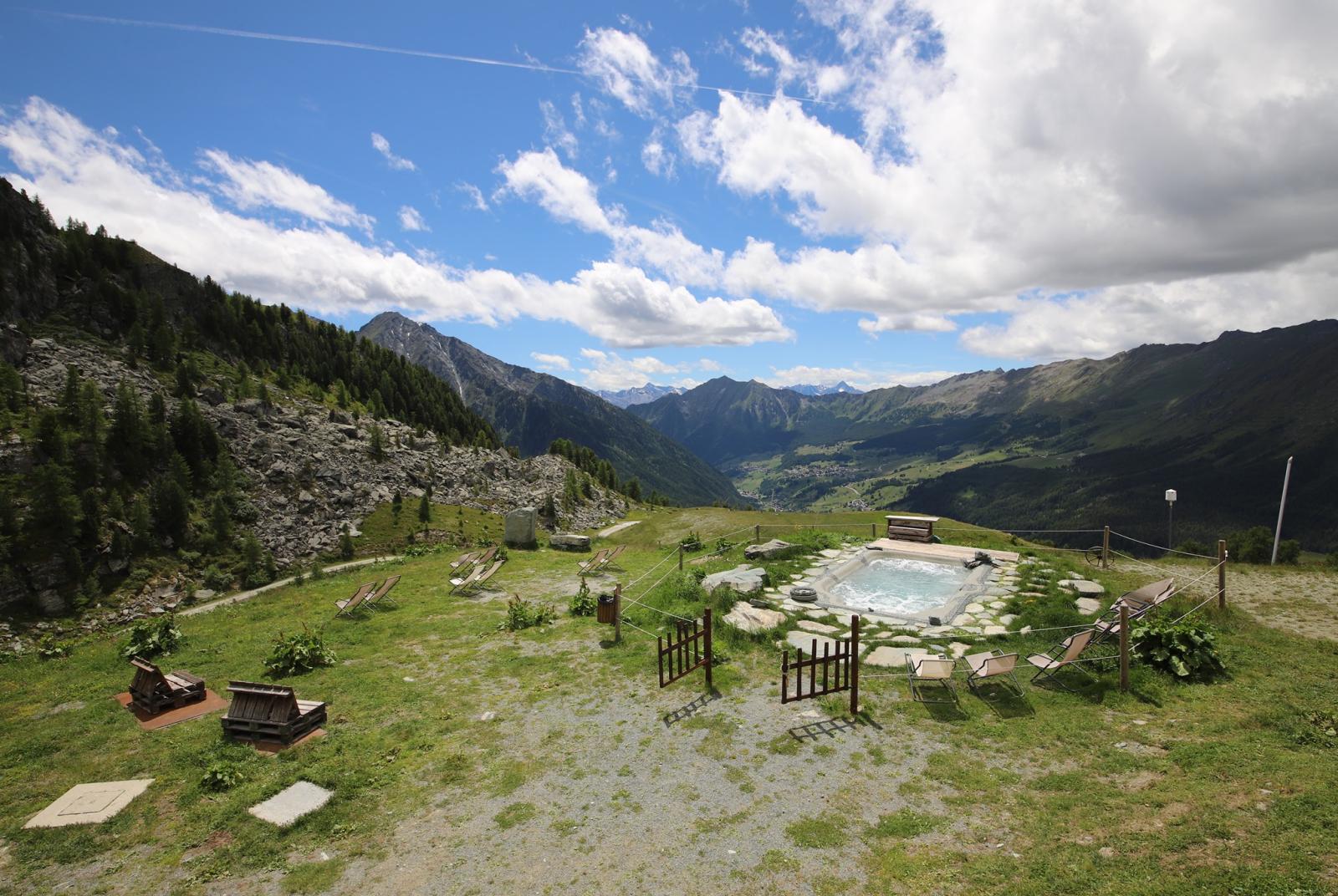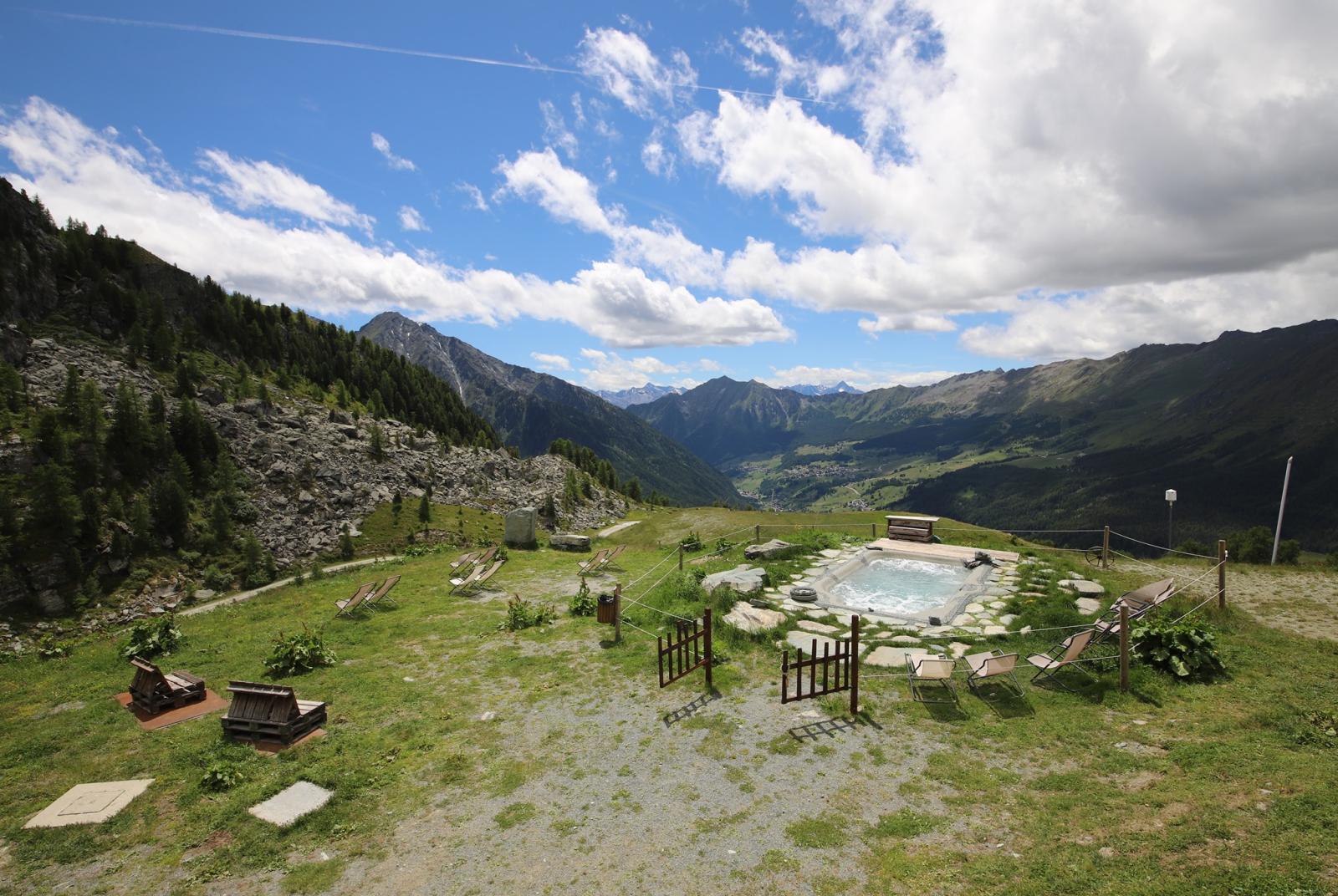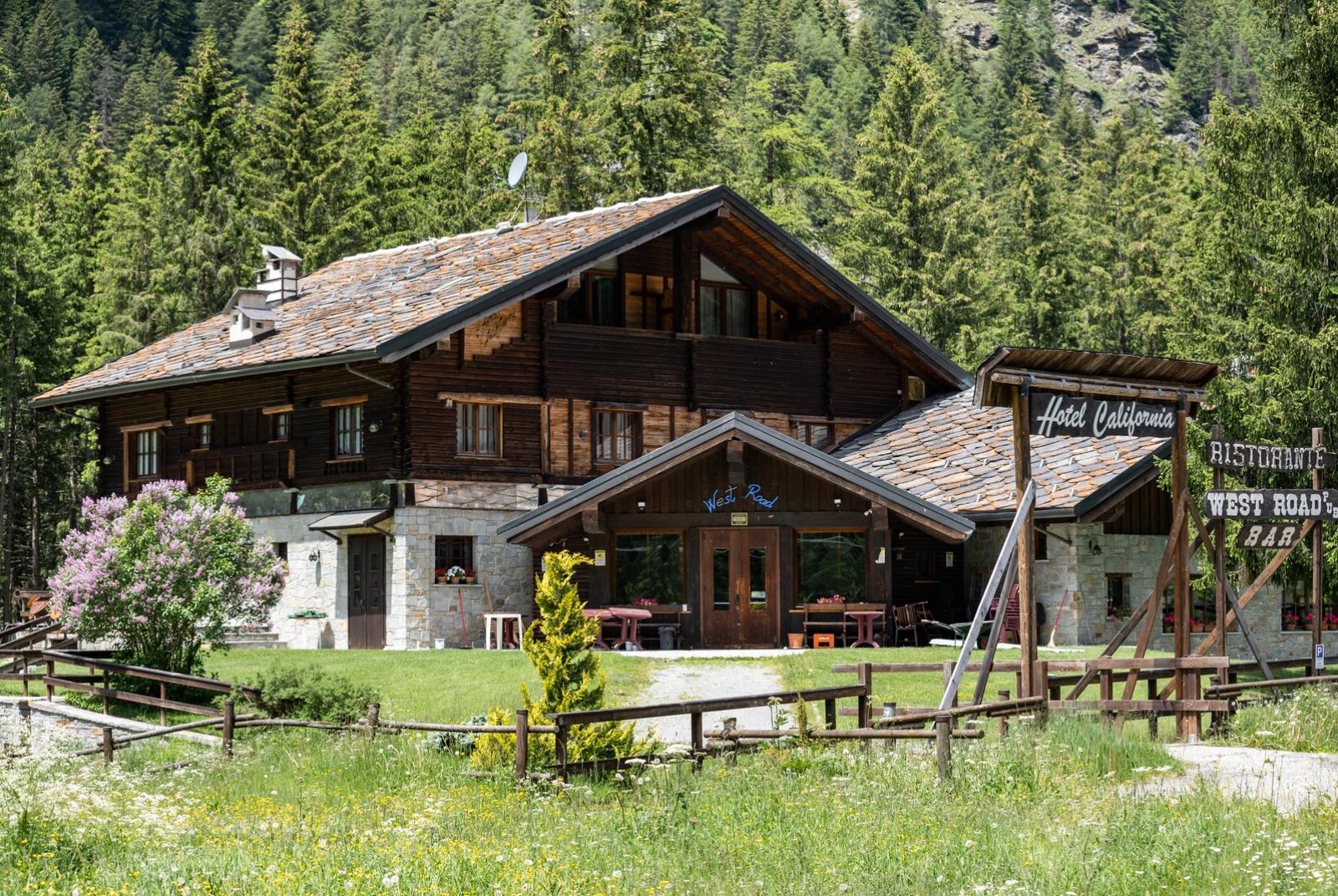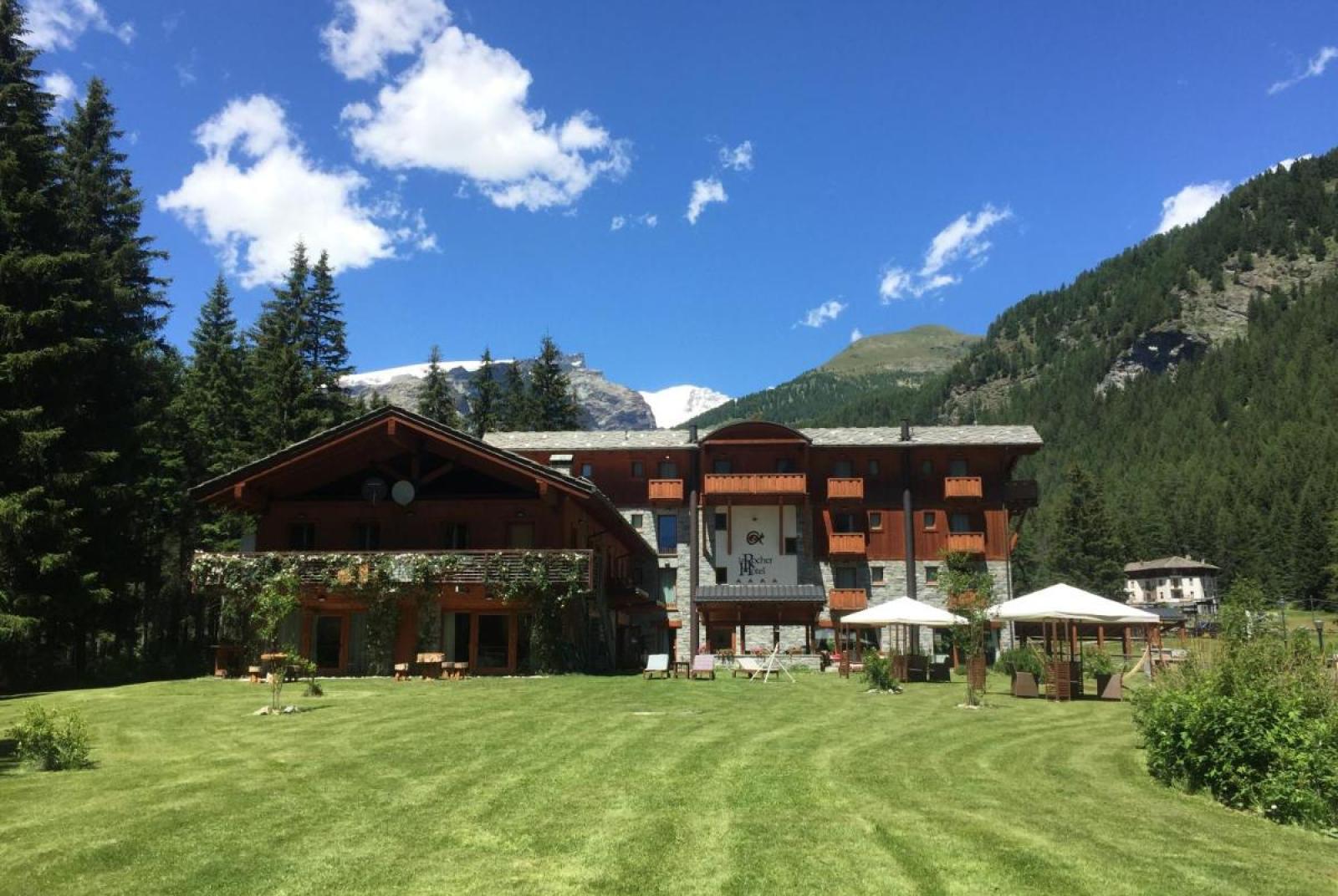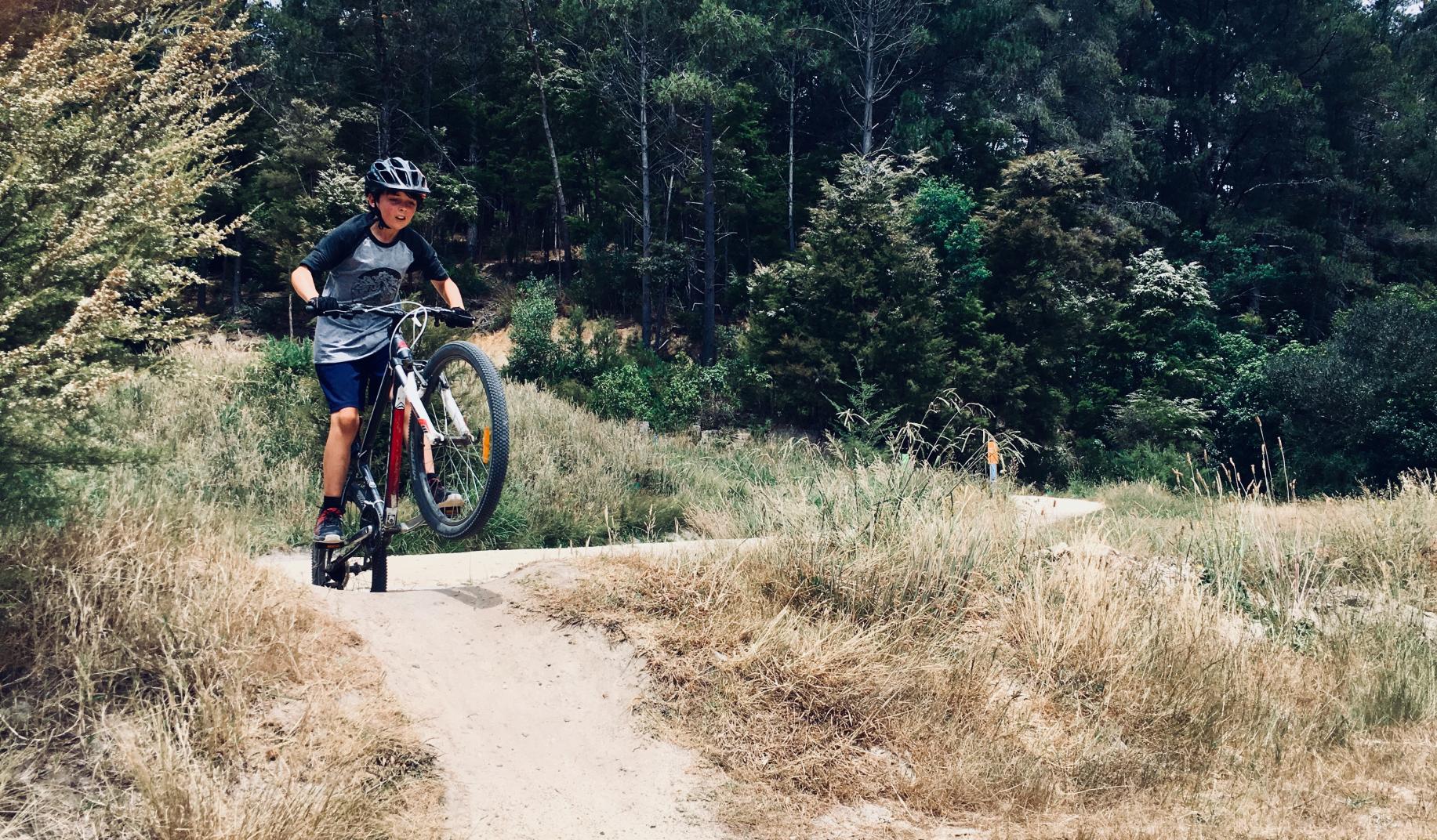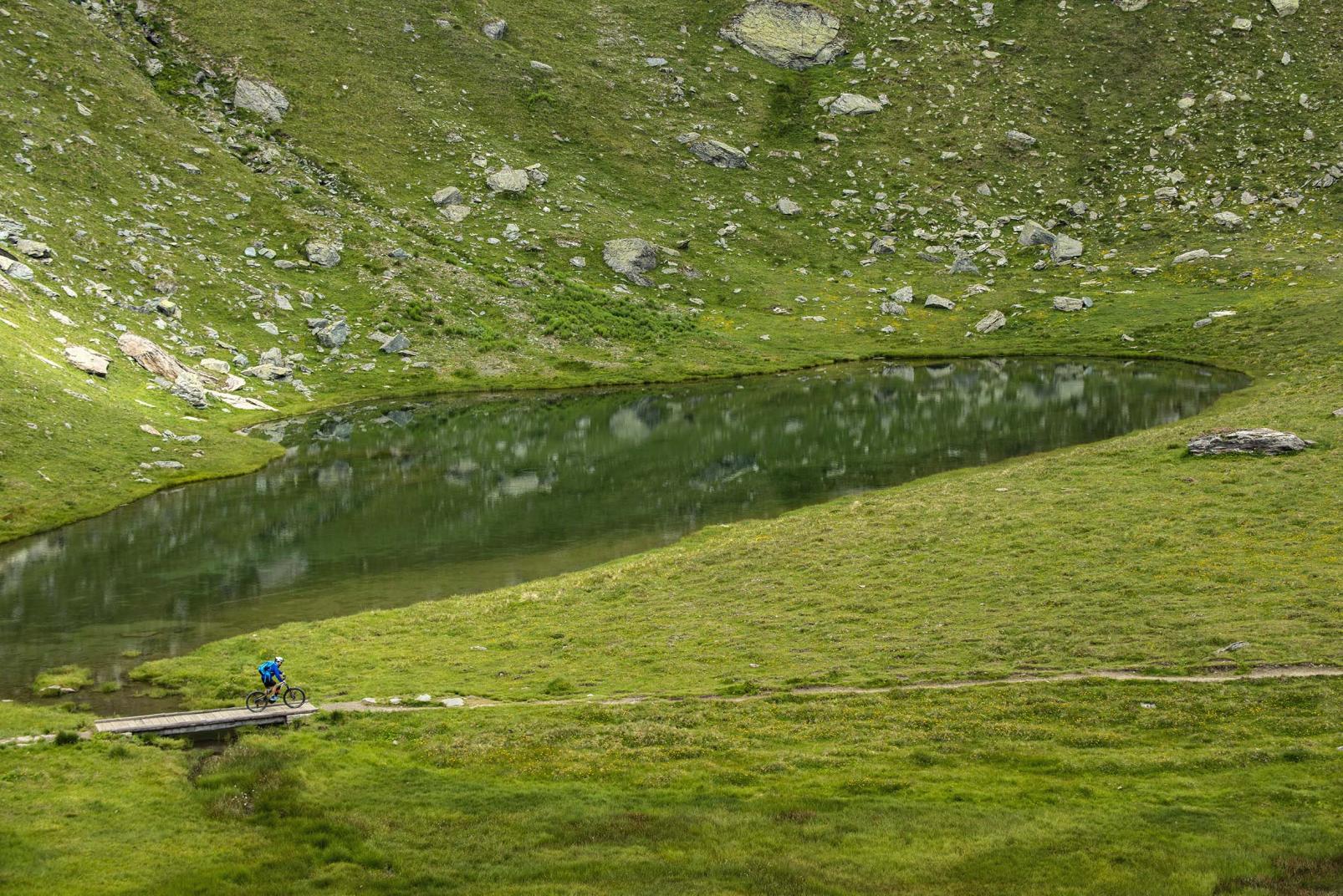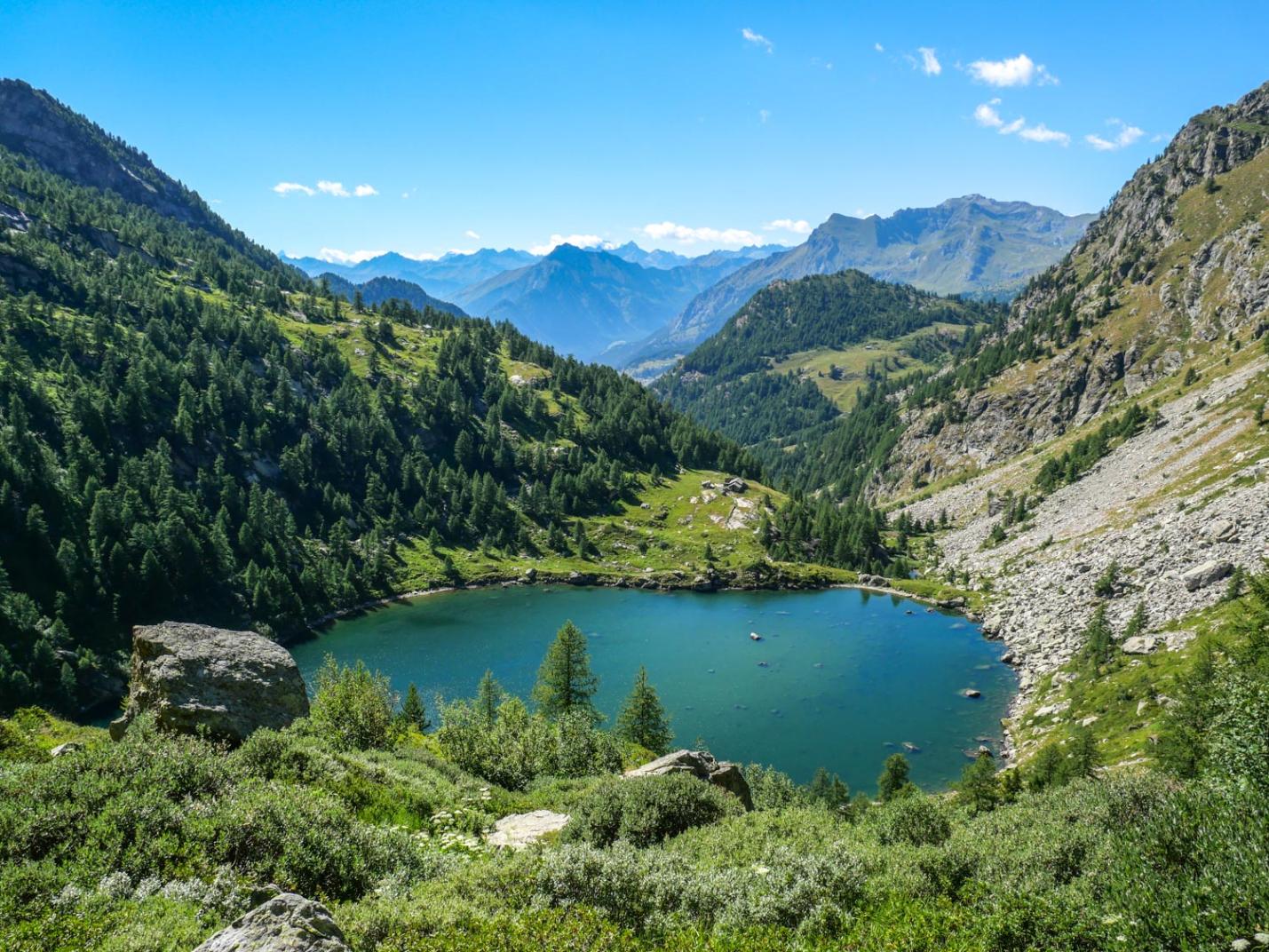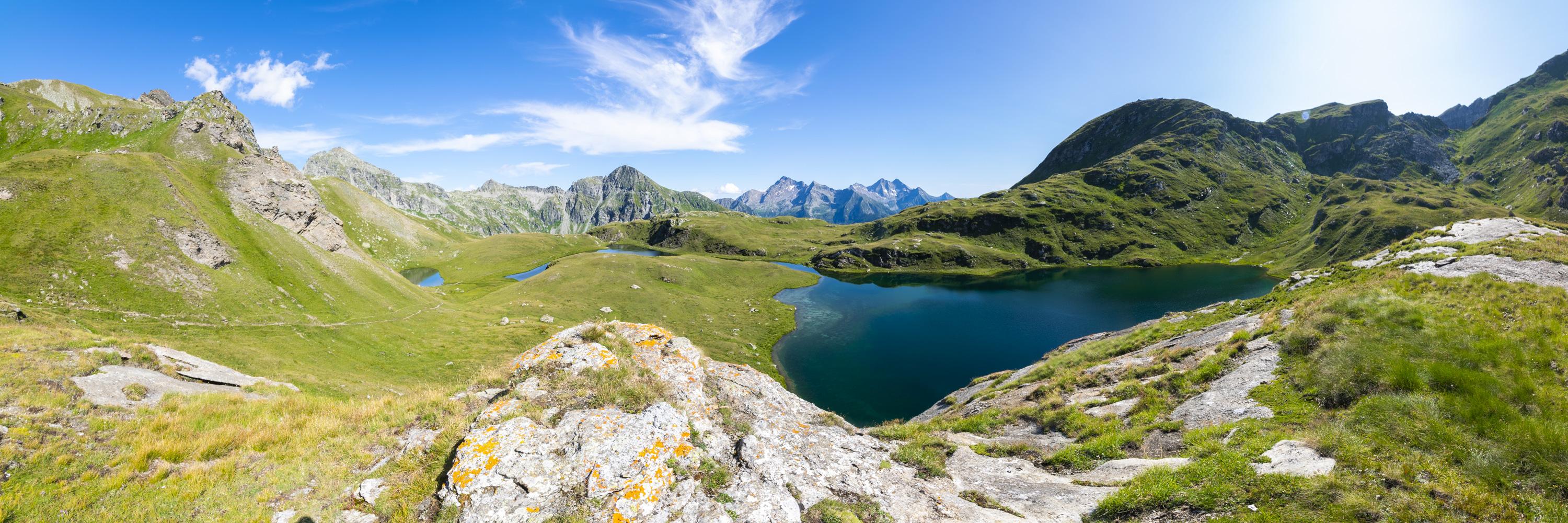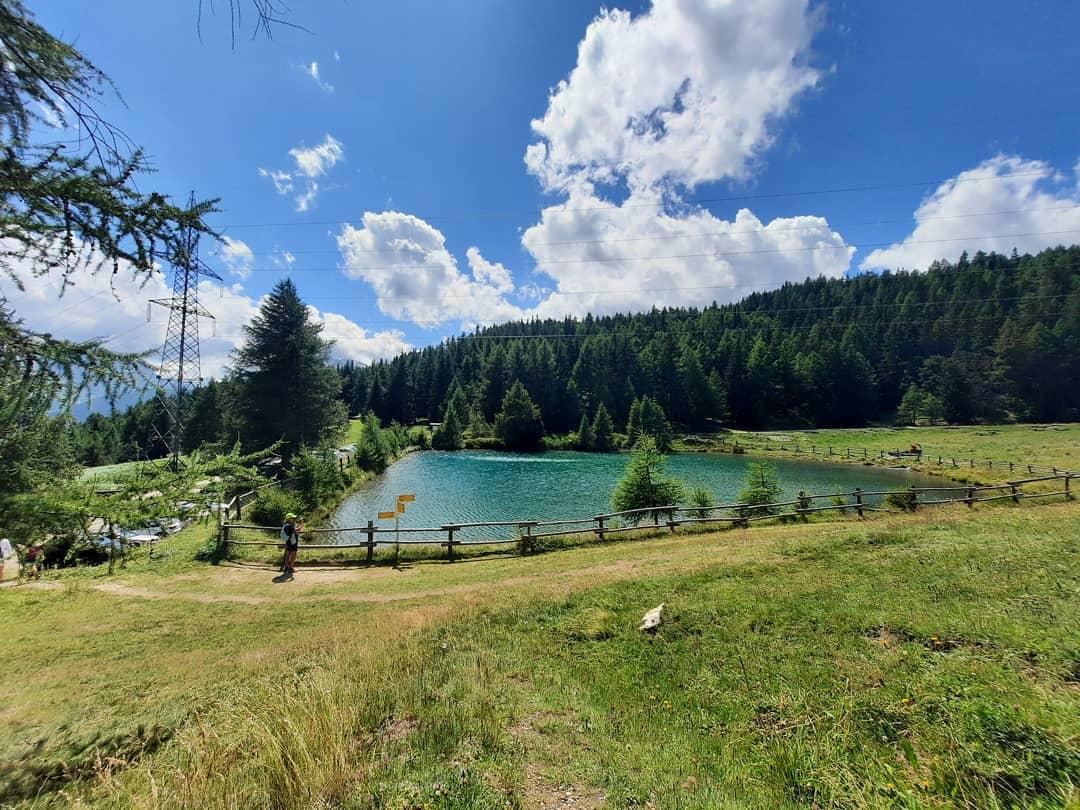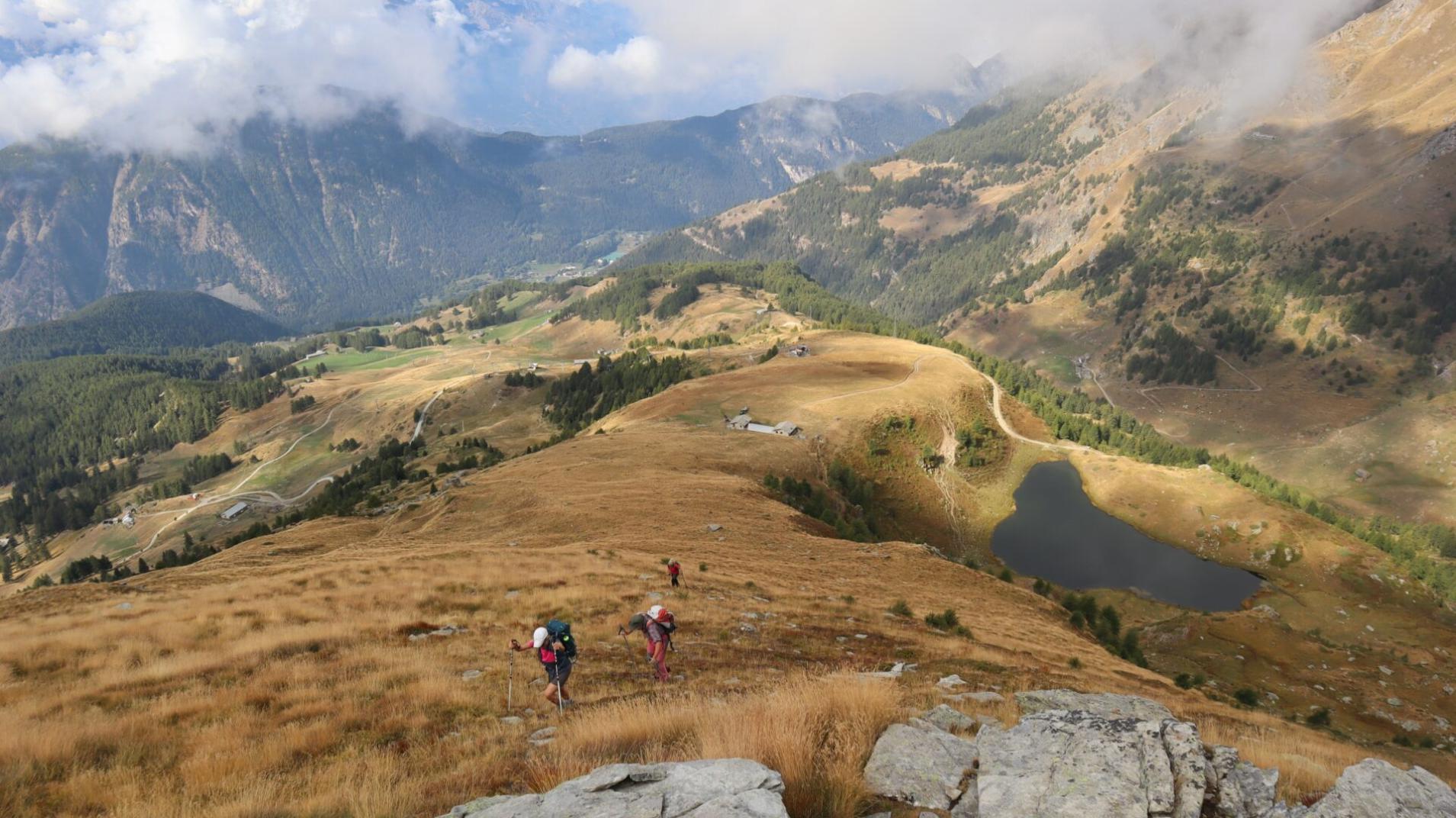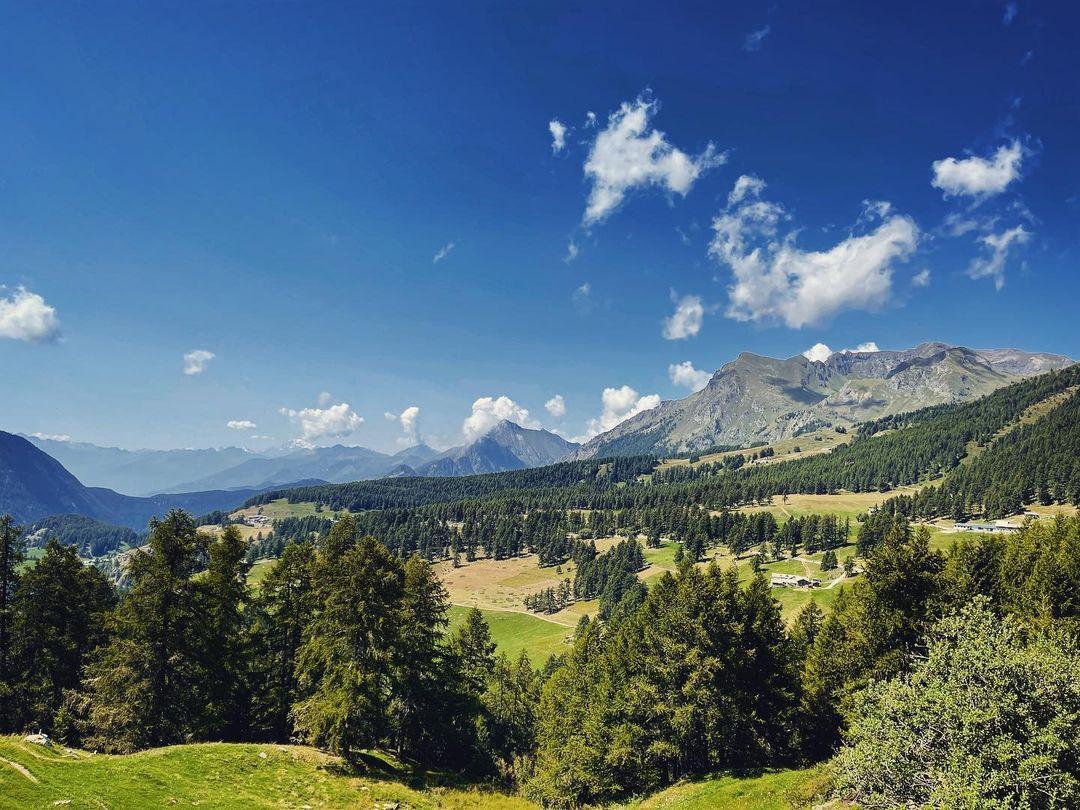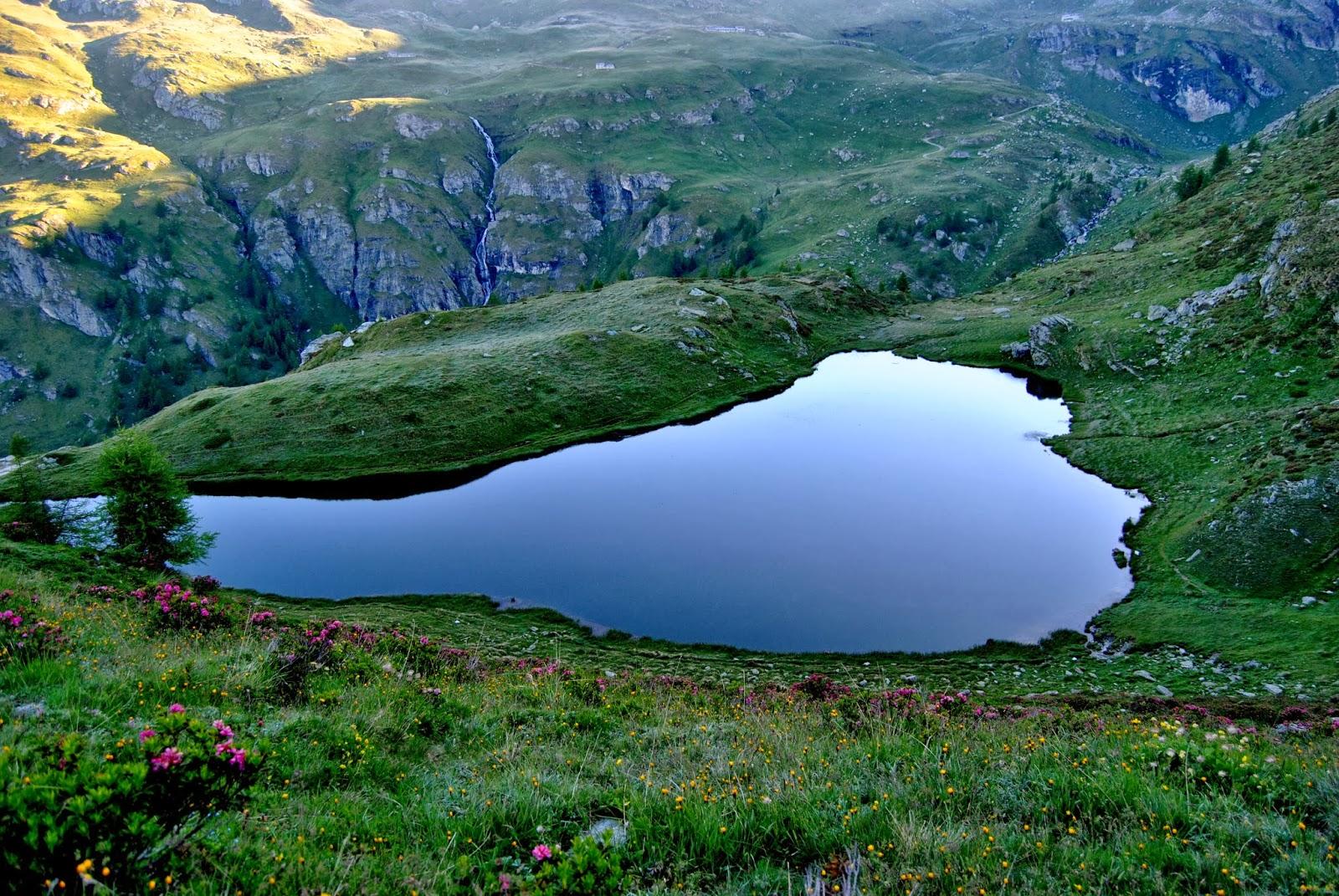This first itinerary represents a moderately long but not strenuous walk (there is also a shorter version starting from St. Jacques des Allemands);
The absence of difficulty, limited elevation gain, and modularity (it can be completed in full or in part, with or without the use of ski lifts and with several ways to return to the valley) make it suitable for all walkers, especially beginners, while more experienced hikers will find it a pleasant and relaxing diversion. The route mostly follows dirt roads, with never steep slopes, and the parts on footpaths are simple, well-marked on the ground, and with few well-signposted branches. The final destination is the well-known Blue Lake, undoubtedly one of the most visited destinations in the entire valley; it is a magnificent body of water that owes its name to its characteristic color (see photo on the left) and is located in the lower part of the moraine of the Grande Ghiacciaio di Verra, at an altitude of 2211 meters. During the walk, you'll encounter two interesting places, Resy and Soussun, where you can see some ancient rascards, typical Walser constructions consisting of a lower part in masonry and an upper part in wood, supported by characteristic stone mushrooms. Crossing the Pian di Verra Inferiore then offers an exciting view of the glaciers on the western side of Monte Rosa, from the Gobba di Rollin to the Castore. Finally, on the shores of the Blue Lake, it is possible to find small beaches where you can rest before descending.
Section 1: Champoluc (1568 m) - Crest (2000 m).
The ascent from Champoluc to Crest can be done by cable car - or more sportingly on foot - following trail 13 (also numbered 11A and 13B). The trail begins at Place Maître Dondeynaz, the central square of Champoluc: between the church and the cinema, there is an uphill road, and right on the corner of the church, there are a series of signposts: so follow this road, which immediately skirts a playground on the left; further up, the road ends and becomes a mule track, immediately indicated by signposts 11A, 13, and 13B. Follow it without encountering any forks. Starting from an altitude of about 1650 meters, the mule track begins to skirt the Crest - Champoluc ski slope, known as the "piston," leaving it on the left, then crossing it. After crossing, it ascends with some switchbacks and encounters a fork with a secondary trail that descends to the left, but stay on the main one. At a left-hand switchback, you encounter and pass a white and pink chapel dating back to 1845 but recently restored; in this part, the trail is occasionally lined with wooden fences, then continues to climb through the forest, emerging at around 1840 meters: from here, the village of Crest is in sight; behind the houses, you cannot fail to notice the cable car rising to the plateau above. You arrive at Frantze, a small cluster of mostly old houses; after passing the first house - inhabited until 2010 by Dina, the last inhabitant - turn left before the fountain, onto the path leading to Crest. Initially, this path is flat, then it ascends, cutting across the slope first to the left and then with two switchbacks until reaching the hamlet of Crest. Upon reaching the level of the first houses, turn immediately right to reach a small fountain just around the corner: here you will find a signpost with several directions. The proposed route passes through the cable car area, which can be useful as a point of reference (or starting point for those who have chosen the mechanical means to avoid this section), therefore, turn right onto trail number 11A, 11B, 13, and 13B; the trail to the left is the 13B to Resy - Soussun, and it can be followed to slightly shorten the walk (section not described), rejoining this route later, passing below the lift area. After the fountain, the ascent continues straight and steady: shortly after, you pass behind the Edelweiss hotel, then circumnavigate it counterclockwise, thus reaching the arrival point of the cable car from Champoluc. Here, there are some children's games and another fountain, useful for replenishing water supplies (the next one is in Soussun anyway).
Section 2: Crest (2000 m) - Soussun - Resy (2066 m).
The elevation gain between Crest and Resy is minimal, but the route, a pleasant walk without any difficulty through the woods around 2000 meters, involves continuous ups and downs. Along the way, you pass through the characteristic Walser hamlet of Soussun. The trail resumes by skirting the large concrete building that houses the arrival of the cable car from Champoluc. At the back, you encounter two roads, one that ascends to the right and one to the left, taking the latter, also following the sign indicating the Belvedere refreshment point 45 minutes away. A few tens of meters later, you pass the path that descends to the left, staying on the uphill path to the right; leaving the cable car behind, you immediately face the Matterhorn. You pass by the Cre-Forné hotel, avoiding the road that leads to the hamlet just after it, staying to the left, and shortly after reaching a point where a trail separates to the right: it is the 10A/11 trail that ascends towards the lake area, but for Soussun, stay on the main road. A few tens of meters later, another road separates to the right: it is still the road to the lakes, and the previously discarded trail simply "cuts" the intersection; so, you remain on the lower road, proceeding straight. The road gains some altitude, then levels off, descends, and rises in a small hollow and meets trail number 1, GSW, and 13B: it is none other than the one coming from the Crest fountain in photo 9. There follows an alternation of small ups and downs; you encounter triangular signposts of the Alta Via No. 1 and yellow arrows. Before reaching Soussun, the road begins to descend to reach the Torrent de Soussun and cross it with a bridge. The main road does not pass through the village, describing a wide semicircle to the right, and you can stay on it (skirting the ruins of the old mill); to remain faithful to the route of both the Alta Via No. 1 and the Grande Sentiero Walser, turn left and head towards the settlement. Once you reach the first buildings, the road bends to the right to reach the restaurant, where it ends; instead of following it, continue straight ahead, facing a signpost with numerous directions near a fountain, as well as painted trail markers on the wall of the ancient rascard immediately behind the signs, dating back to the 15th century. Naturally, follow to the right, as indicated by the usual signposts 1, GSW, and 13B, avoiding the 10 to the left, which descends to Frachey, ascending between the houses. Pass to the right of the group formed by the Chapel of the Madonna del Carmine and the ruined house to its right, passing the latter and thus exiting the settlement. Here the trail ascends towards the road first on slightly inclined plates, which could be slippery if wet, then on terrain.
The last stretch; with some steps, it slightly bends to the right to join the road; here are two stone slabs with trail markers GSW, 13B, 10, and 1. So, turn left and continue the uphill path, with a view of Champoluc. A few minutes later, you encounter another fork; to the right, the road - also numbered as trail 10 - leads to Alpe Taconet, the ski area, and the Vallone della Forca; once again, stay on the lower road, proceeding straight and passing a section bordered on the left by movable nets to protect skiers (in winter, this road becomes a ski slope). Immediately after the netted section, the road descends sharply towards the area below, which houses the departure of a chairlift and, slightly higher, the arrival of the funicular from Frachey, inaugurated at the beginning of the 2009/2010 ski season. You pass in front of the chairlift departure - which doesn't operate in summer - and the bar/restaurant "Lo Retsígnon," then encounter a fork; continue straight, ignoring the road that ascends to the right towards the upper refreshment point and the upper station of the funicular (this road actually descends later and rejoins the main one, but it's unnecessary to include an extra ascent and descent). The road starts to descend, passing under the funicular tracks, and continues to descend as Resy comes into view. About 200 meters later, at a left-hand switchback, the road forks; following the road descends to St.-Jacques/Croisette, but for Resy, turn right, following the signs indicating Resy is a 35-minute walk away. The road starts to ascend again, then the slope reduces, encountering a new fork: here, continue straight again, ignoring the road descending from the right (it's the upper branch coming from the upper station of the funicular). The path begins to undulate; in winter, this is also a ski slope. The road then encounters one last fork: here, leave the track of the slope, following the signs for Resy and trail marker 1 to the left. Shortly after, the road ends, but the trail crosses a bridge, then ascends on the opposite slope with two wide, partially paved switchbacks with steps. After the second switchback, a short stretch is protected on the left by a wooden railing about 8 meters long. The trail ascends again, then bends to the right and encounters a fork: here, the new TMR track branches off to the right towards Lake Contenery, but to reach Resy, keep left on the trail, which maintains the numbering 1, GSW, and 13B. The path turns left, crosses a rusty stream with a bridge, then continues to ascend, pleasantly cutting across the slope to the right with some small ups and downs. Along a wide right-hand curve, the trail comes into view of Resy; the bottom is now paved to better traverse this otherwise muddy area. With one last wooden bridge, the trail joins the road from Resy to Bettaforca near a signpost rich in indications; turning left, you reach the village (of the roads that cross it, the one on the flat will then continue towards Pian di Verra).
Section 3: Resy (2066 m) - Pian di Verra Inferiore (2040 m).
At Resy, you pass in front of Rifugio Ferraro, often crowded with tables; you encounter the beginning of trail 9, which descends towards St.-Jacques, but you continue straight (unless you want to shorten the route), thus taking trail 8B/TMR. The signs indicate Pian di Verra Inferiore is a 45-minute walk away. The trail cuts the slightly uphill slope entering the woods, and then proceeds with a more level path, indicated by yellow arrows. Then, you face a descent; here, the ground is composed of small rocks and stones firmly embedded in the terrain, but made slippery (especially when wet) by the considerable foot traffic. Some ups and downs follow; after a sudden right turn, the noise of the stream below becomes audible, and glimpses of the Rosa glaciers appear through the tree branches. The trail then descends with some steps and meets the road coming up from St.-Jacques. Here, you turn left, following the TMR indications. The road now runs alongside a stretch of stream flowing through a beautiful grassy basin dotted with boulders, a true miniature valley. Approaching Pian di Verra Inferiore, the road curves in an S shape, near which, to the right, there is a building part of the municipal aqueduct; subsequently, about ten meters further, the remains of the ancient village of Verra are visible on the right, one of the oldest Walser hamlets in Ayas, whose rascards were dismantled and reassembled in St.-Jacques with the arrival of the Little Ice Age. You have now arrived at Pian di Verra Inferiore, and if the weather is favorable, the spectacle of the glaciers and the 4000-meter peaks from the Central Breithorn to the Castor unfolds before you; the Mezzalama and Guide di Ayas refuges are already visible, and above all, the basin hosting the Blue Lake, the final destination of this itinerary. The road finally curves left, crosses the bridge over the Evançon, and in the next, nearby right-hand curve, near a large and characteristic pyramid-shaped erratic boulder and especially a signpost with several directions, it joins trail GSW/TMR/7 coming from St.-Jacques via Fiery/Beaubois at an altitude of about 2040 meters. The road, now numbered 7 and 8, continues straight towards the northern end of Pian di Verra Inferiore, where the final stretch of trail before the Blue Lake begins.
Section 4: Pian di Verra Inferiore (2040 m) - Lago Blu (2211 m).
Pian di Verra Inferiore isn't deserted or uninhabited; it hosts several buildings (pastures and dwellings), near which, indicated by a signpost, trail 8 branches off from the road towards Colle Bettolina, but for Blue Lake, you remain on the main road. Arriving at the northern end of Pian di Verra Inferiore, the road bends to the right and crosses the Verra Stream with a bridge; before the bridge and at the bend, the beginning of the final stretch of trail to the lake is very evident, numbered 7 and still highlighted by vertical signage.
Note: shortly after the bridge, there is a drinking water fountain.
Staying on trail 7, you begin to ascend along the stream; the ground is composed of earth and rocks but poses no particular problems for progress. The arrival at the moraine basin hosting the lake is signaled by the appearance of a stone bridge, recently built, which crosses the lake's outflow: a few meters from the bridge is the southern shore of Blue Lake. The lake can be comfortably circumvented, preferably counterclockwise; on the northern shore, there is a convenient small beach.
Section 5: Blue Lake (2211 m) - St.-Jacques (1686 m).
The descent from Blue Lake to Pian di Verra Inferiore follows the most commonly used ascent route to Blue Lake, namely the direct route to St.-Jacques via Pian di Verra Inferiore - Beaubois - Fiery - Blanchard. From the southwest shore of the lake, after crossing the bridge, take trail 7, which after about 400 meters rejoins the dirt road of Pian di Verra Inferiore where it begins to climb towards Pian di Verra Superiore. Once on the plateau, cross it southwards until the road gently curves to the left, near a large pyramid-shaped erratic boulder; here, leave the road (unless you want to use it all the way down instead of the trail) and turn onto the trail - indicated by a signpost - passing to the right of the mentioned erratic boulder. Shortly after leaving Pian di Verra Inferiore, ignore the unnumbered right deviation and continue on the trail, initially descending gently; further ahead, you encounter the junction where trail 8E/TMR for Valletta di Tzère begins, but stay on the left branch, thus reaching Beaubois; without leaving the well-marked wide trail, descend to Fiery, turning left at the junction just before the village (clear signs are present). The trail, now steeper, quickly regains the Blanchard area, becoming paved; after crossing the small wooden bridge, turn left and descend on a stepped mule track until you reach the houses. After crossing the stream again (now the Evançon), you finally encounter the asphalt road and follow it downhill until the end of the itinerary, the square of St.-Jacques.

